The former Nazi concentration camp, KL Płaszów, Kraków, Poland, 2010-2022

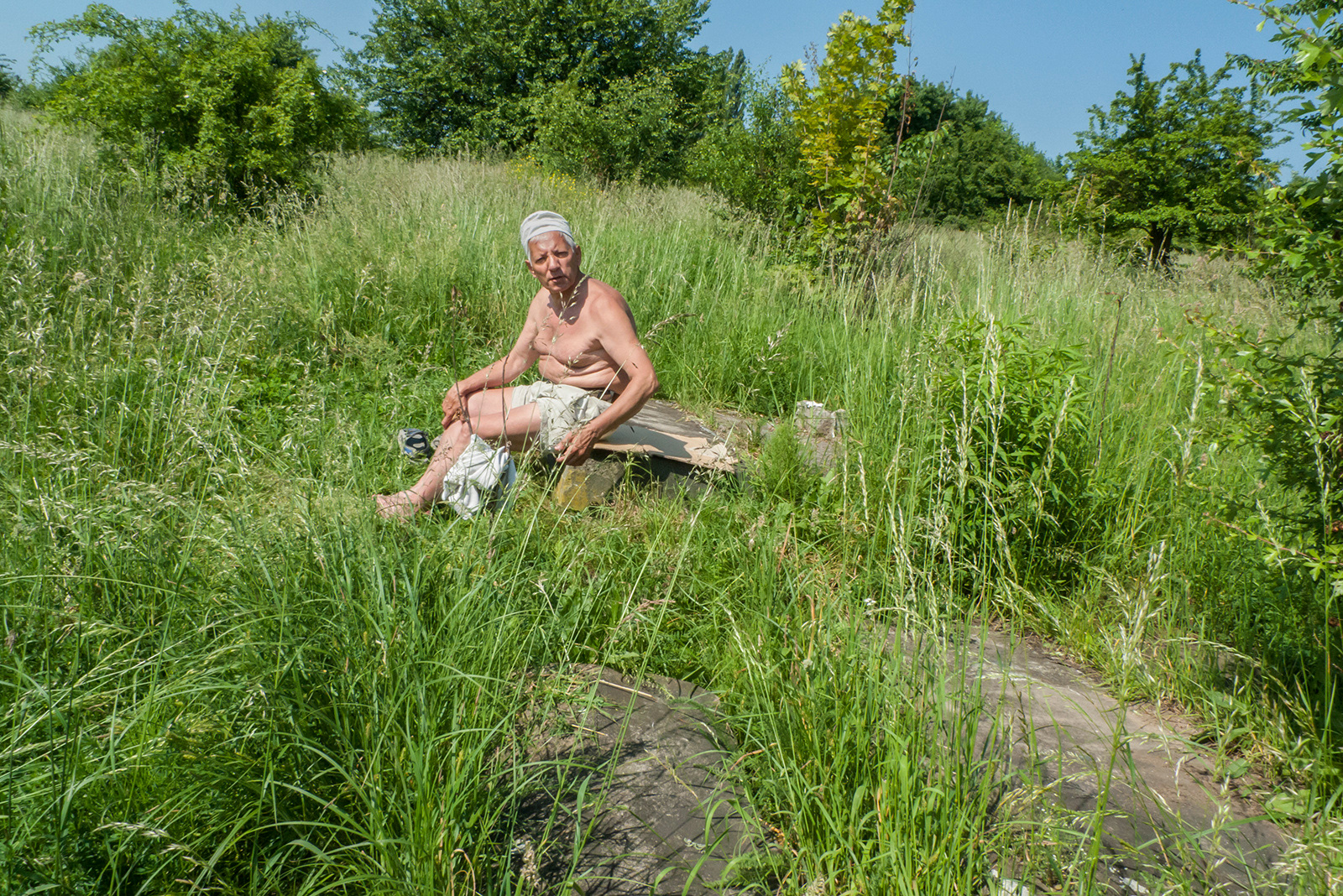


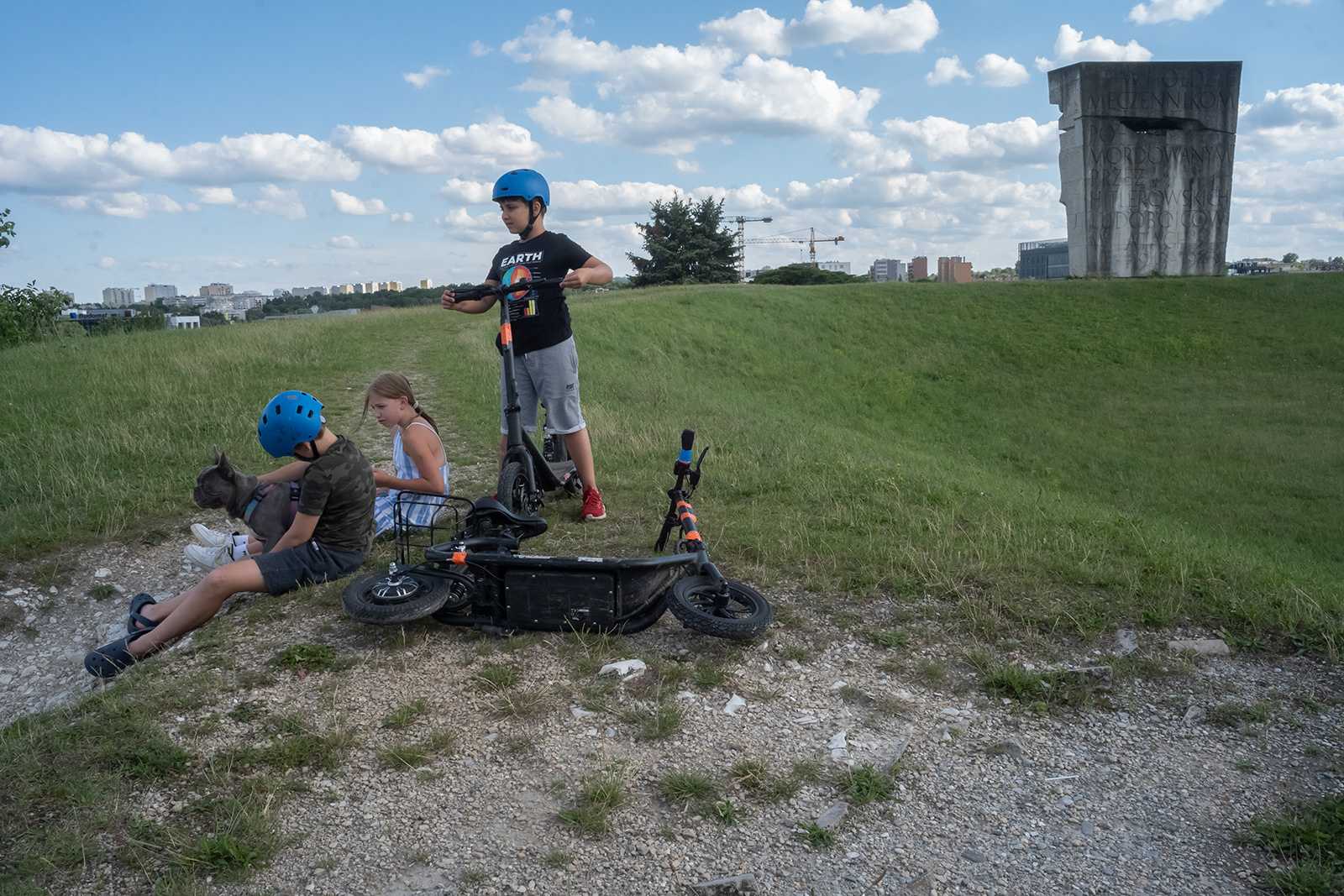
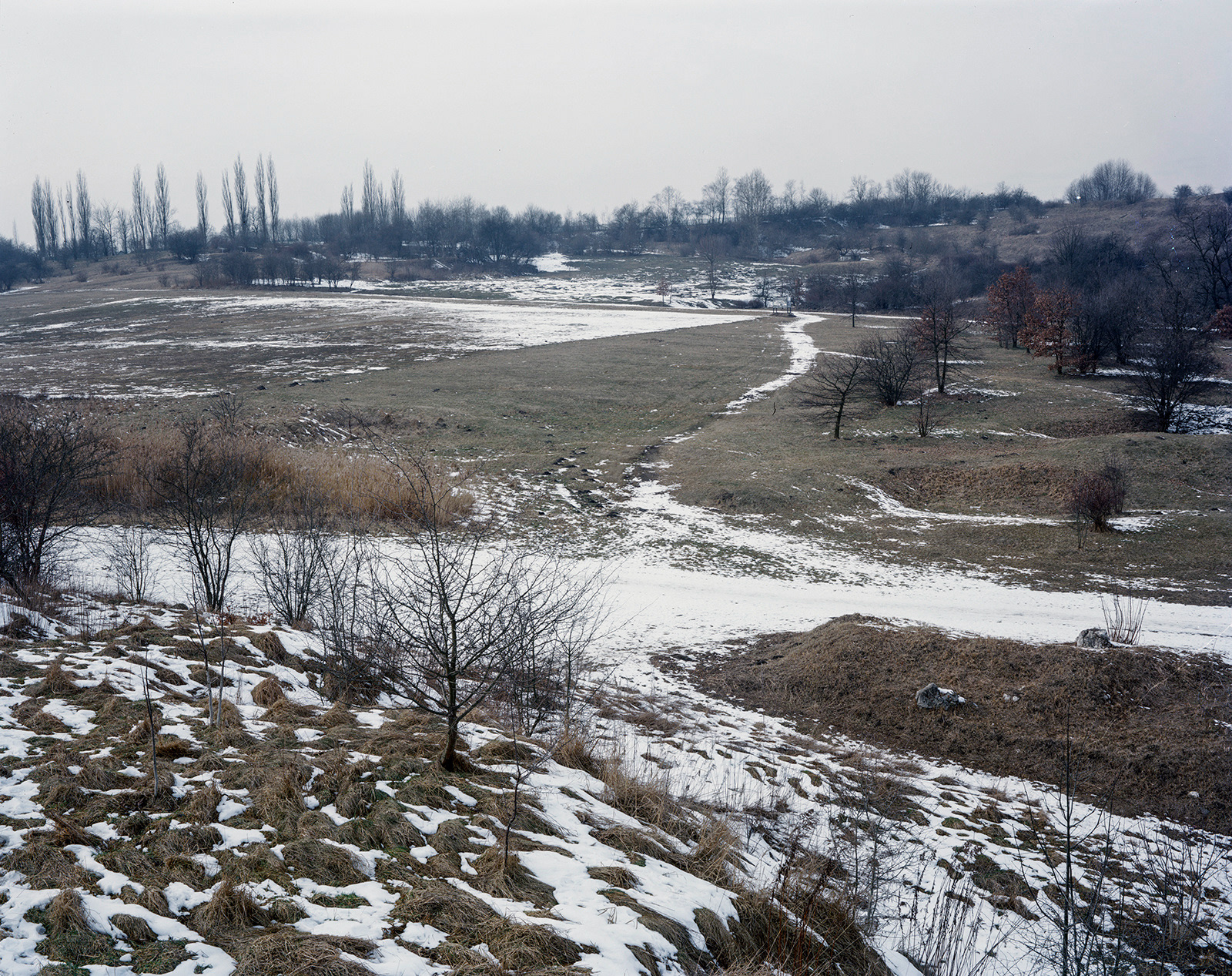

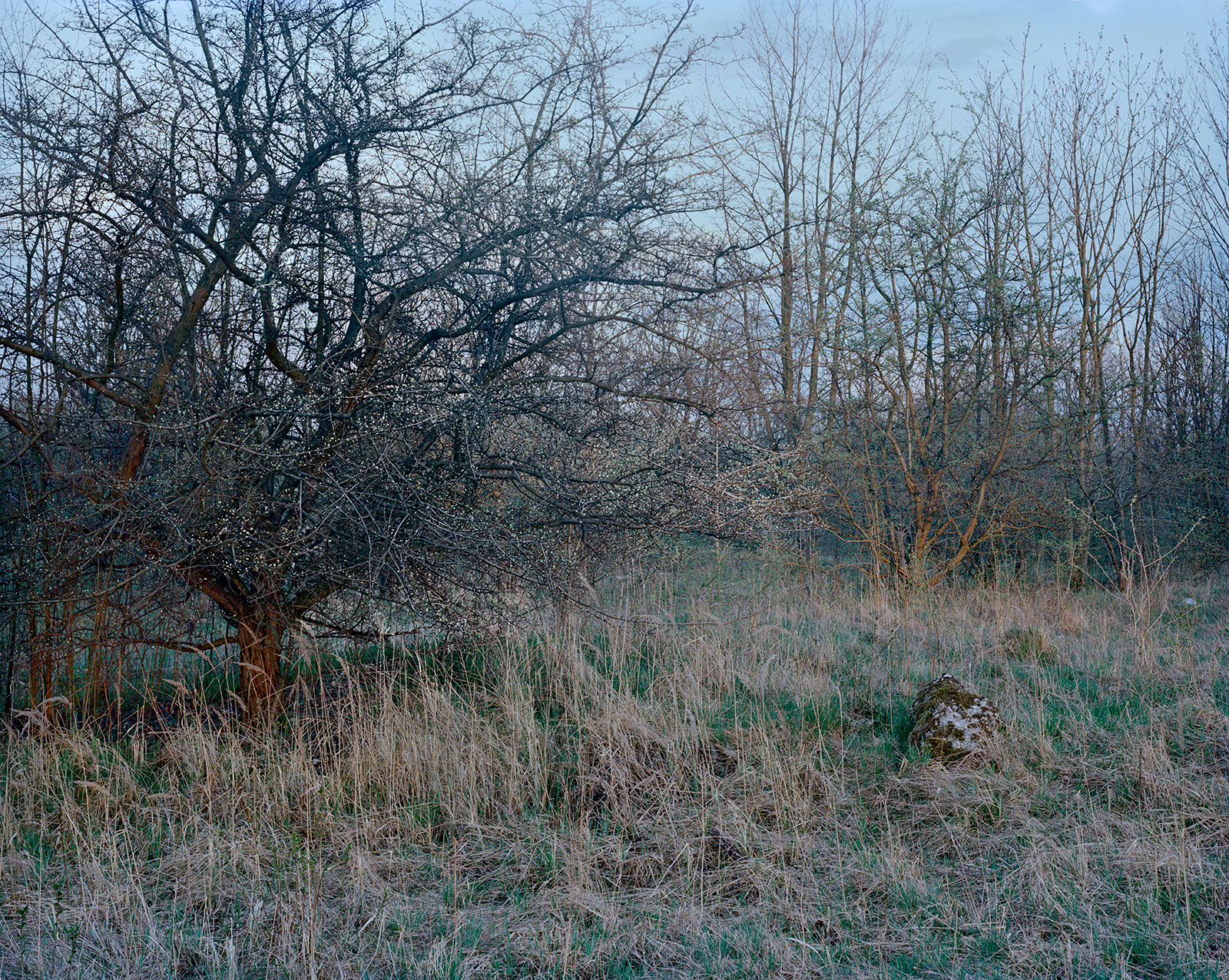
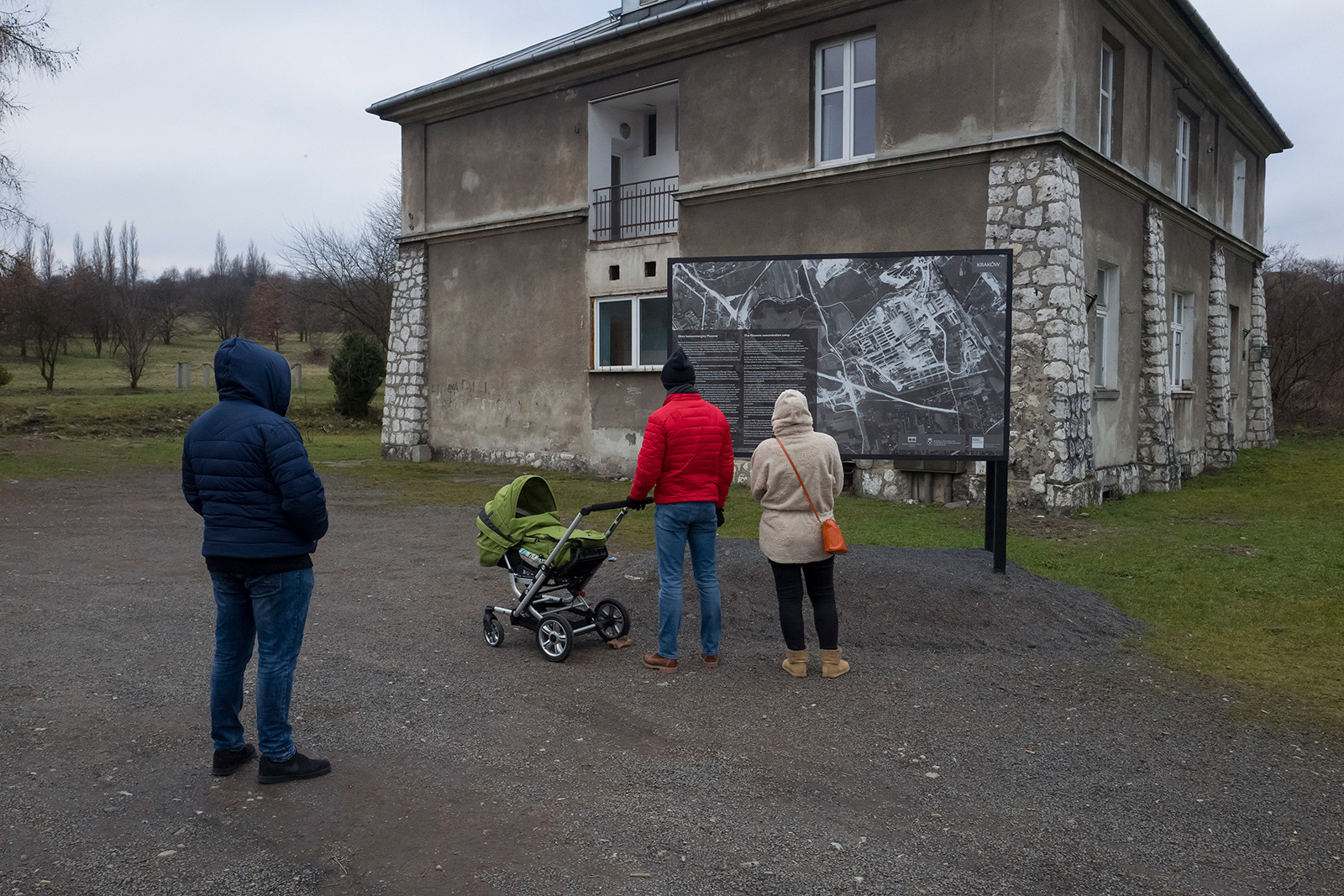

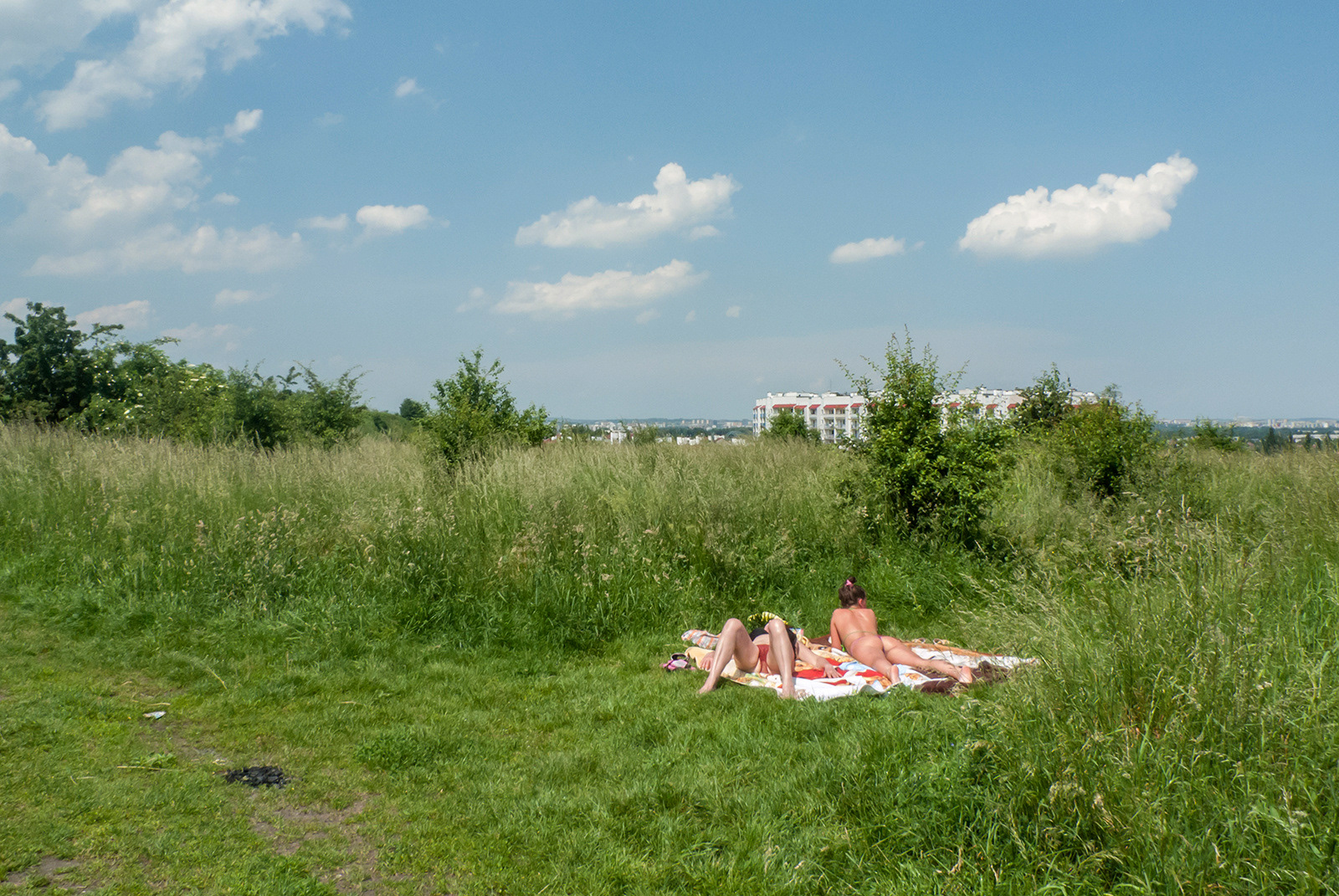
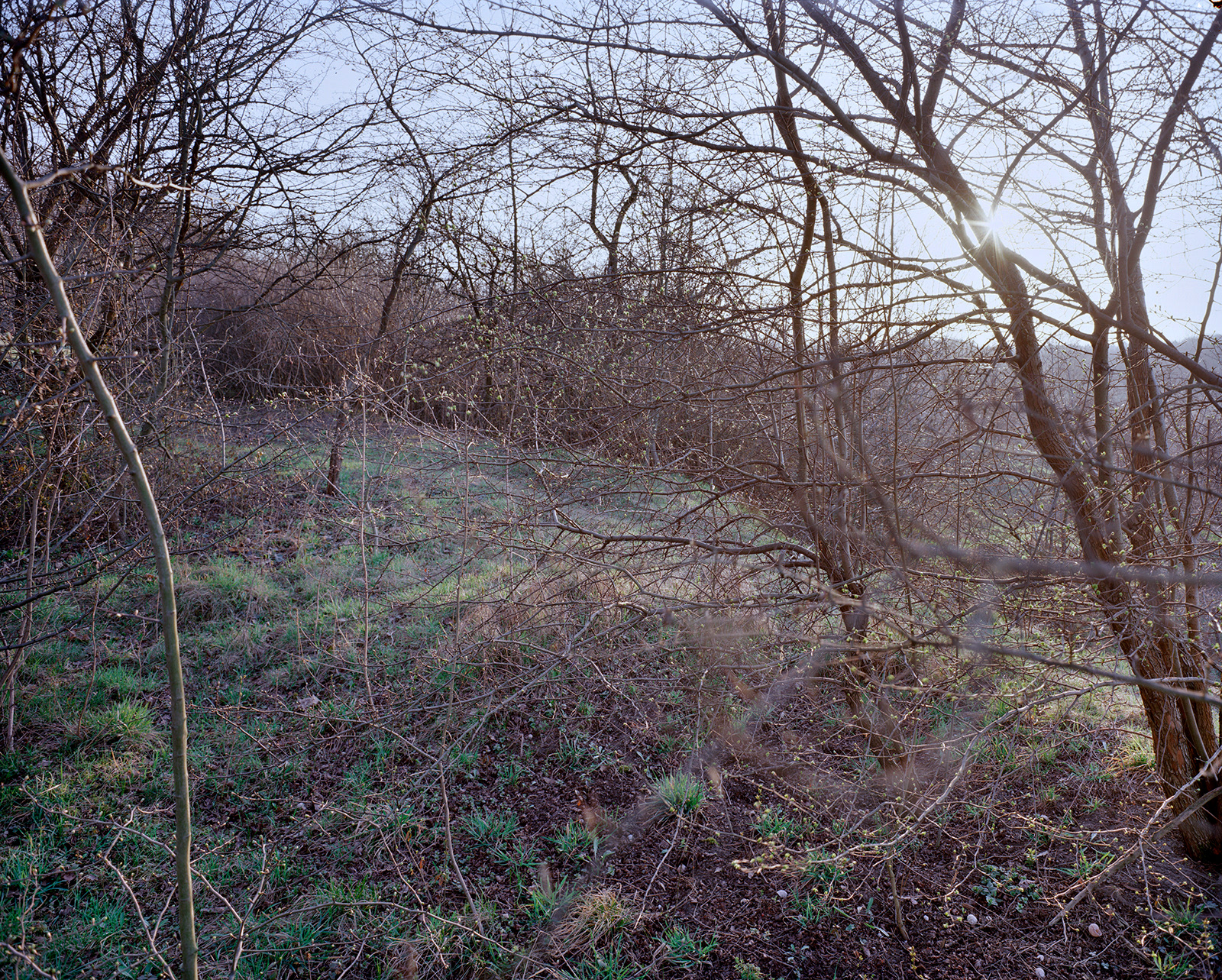

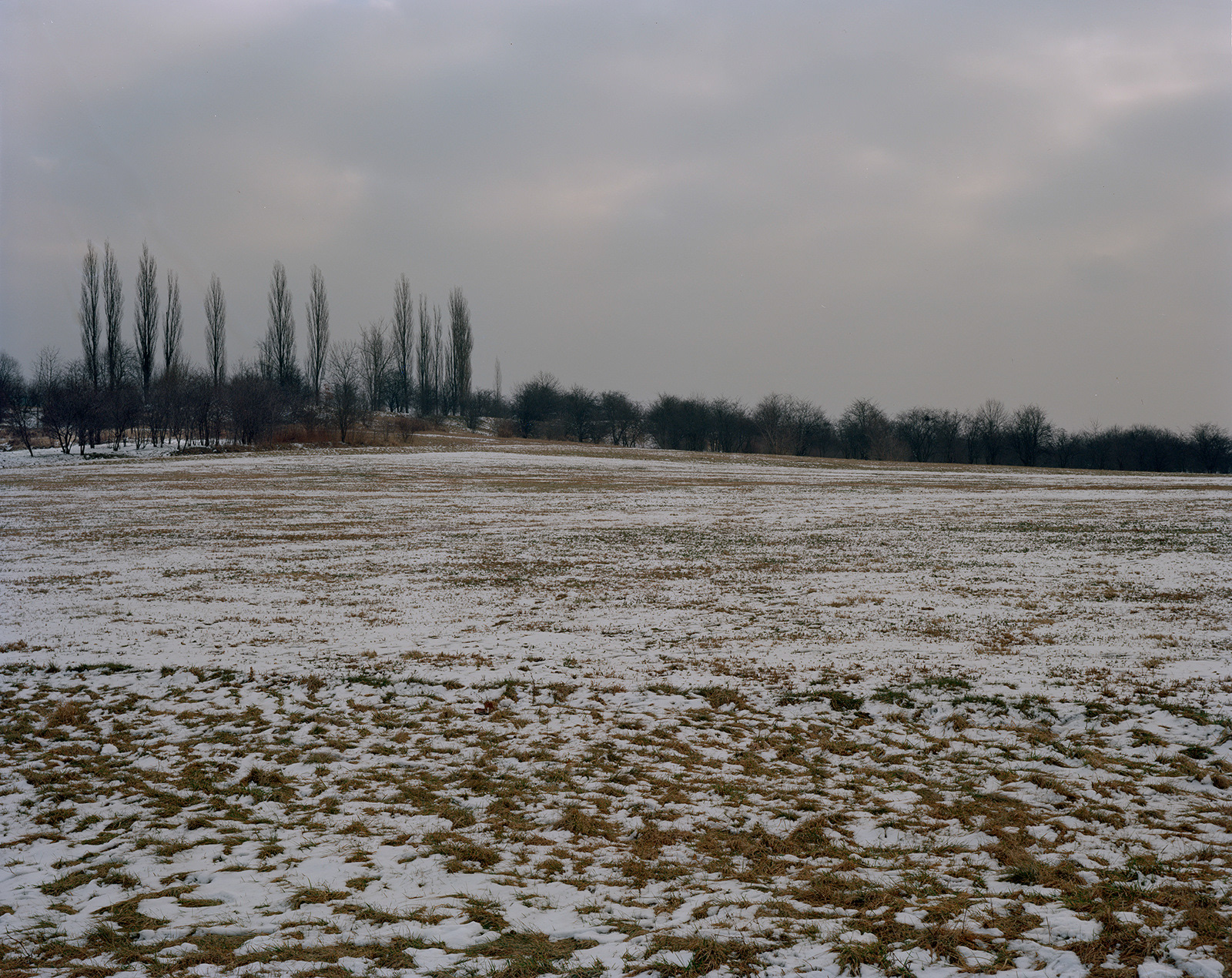
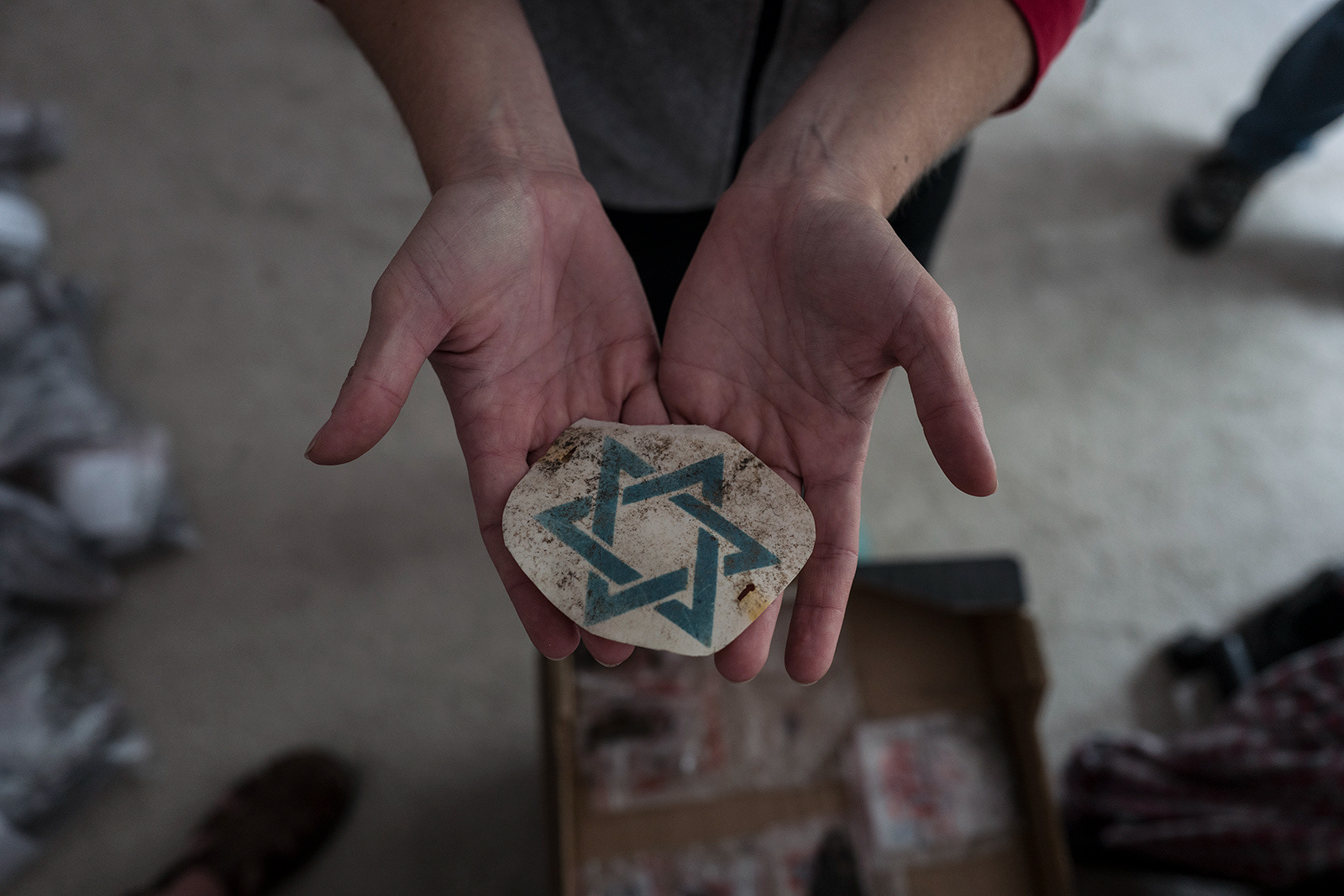


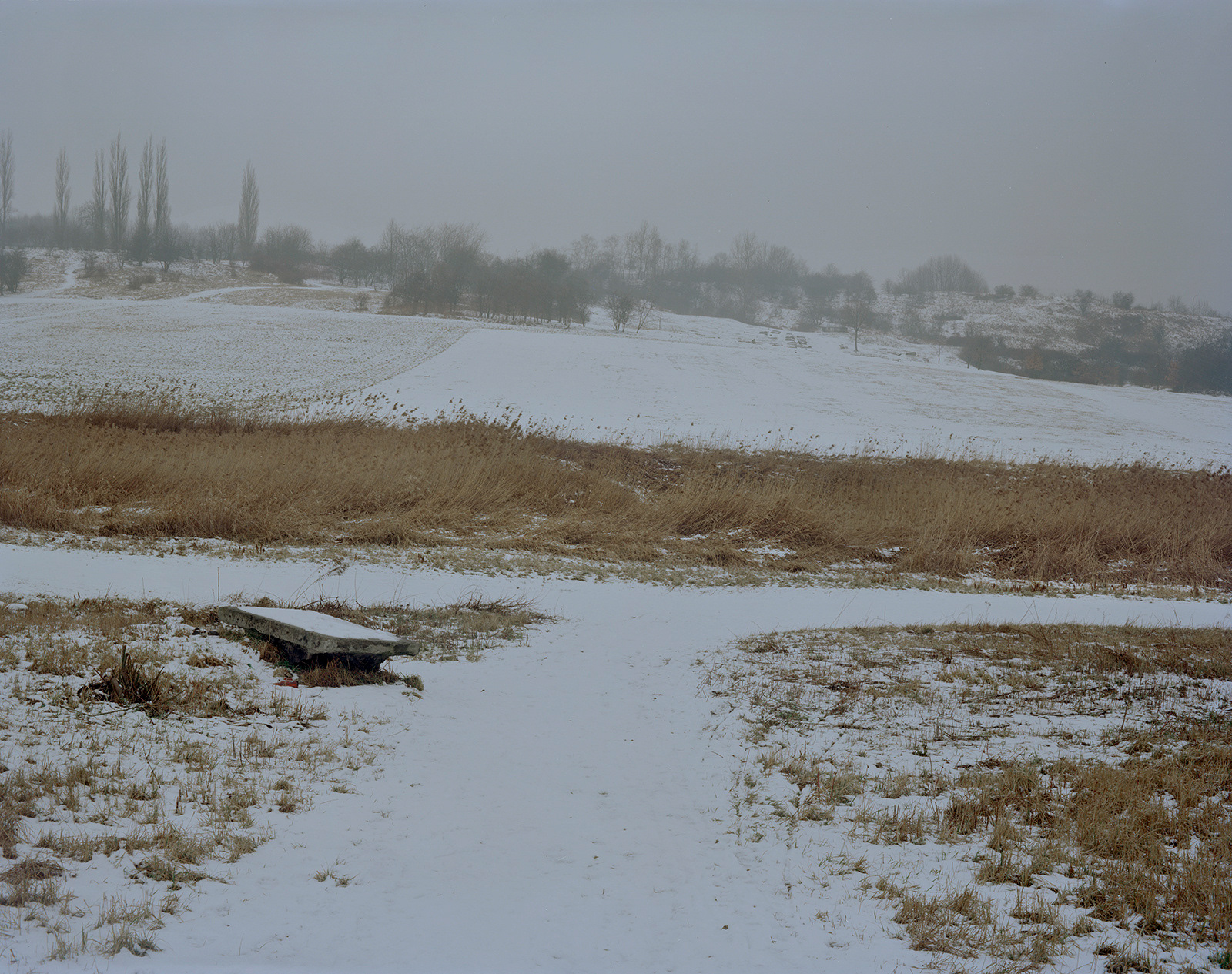

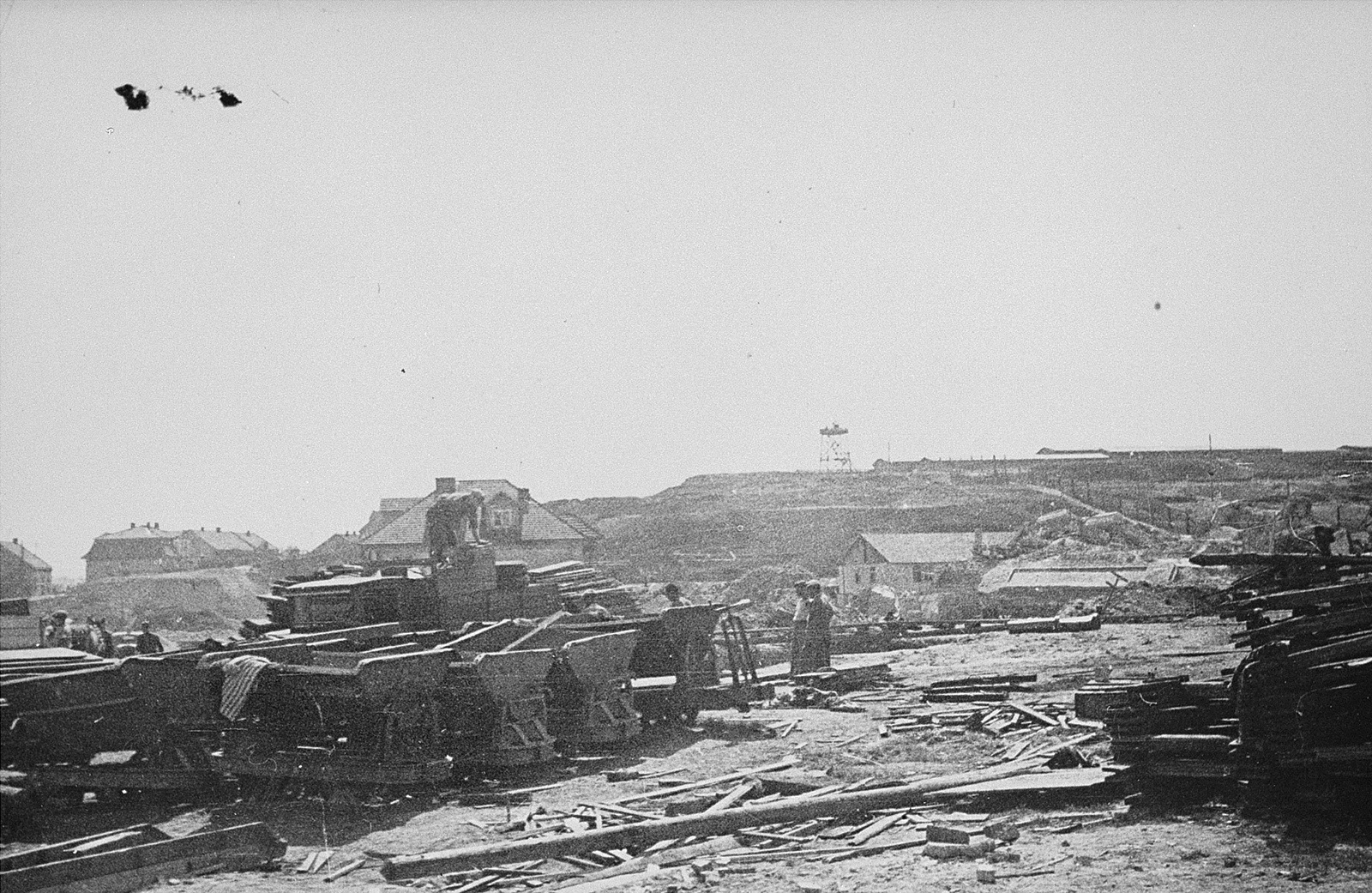

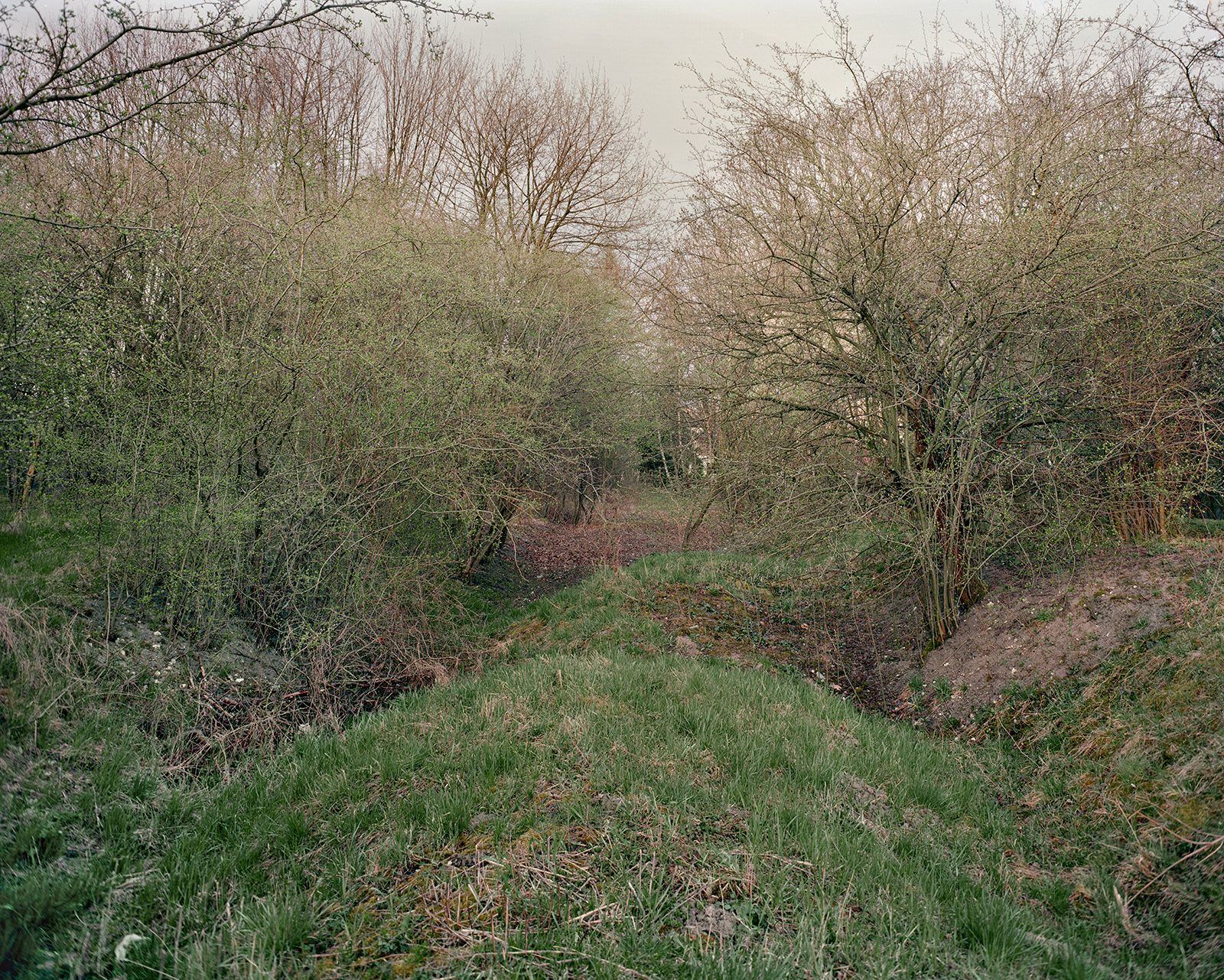
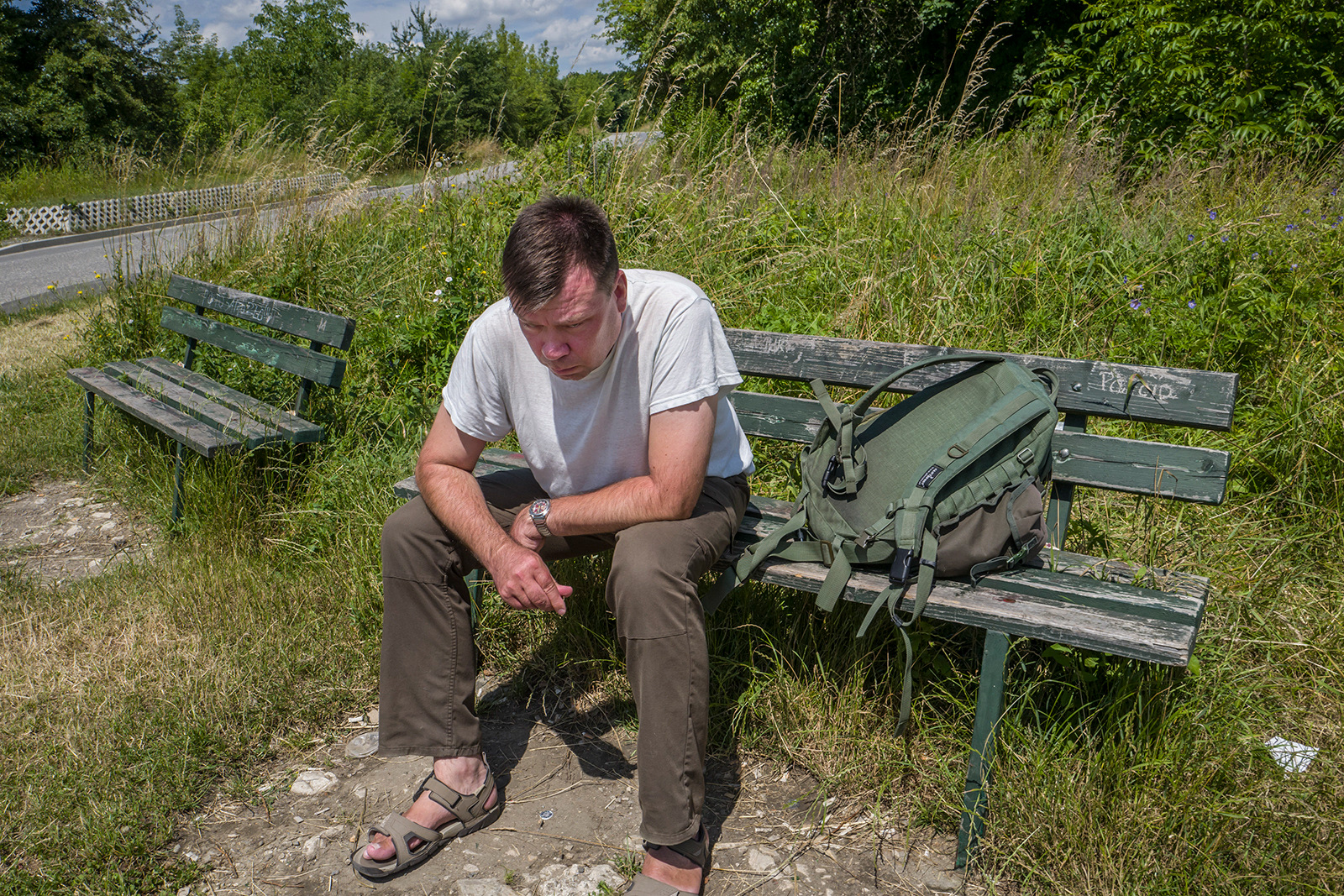
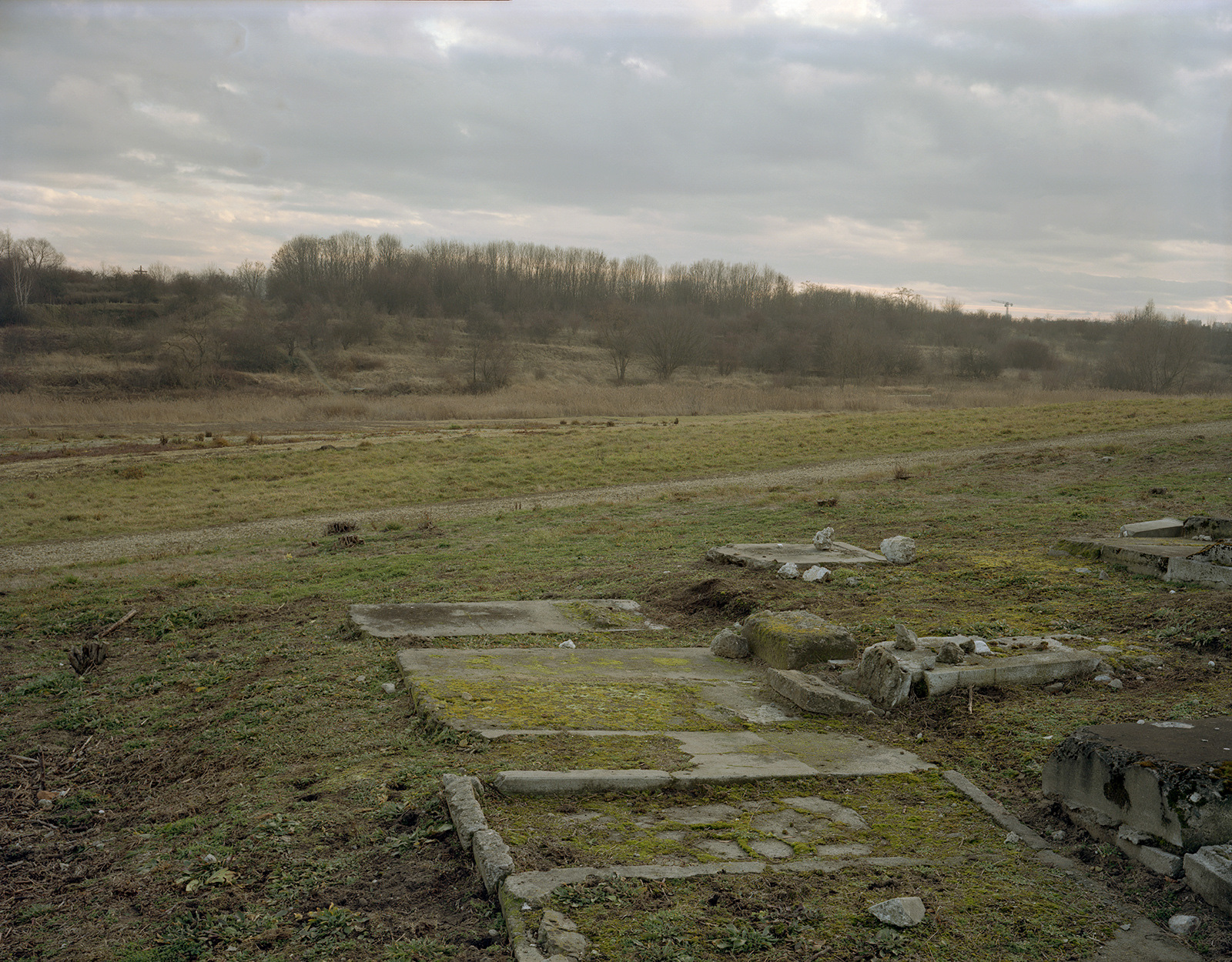
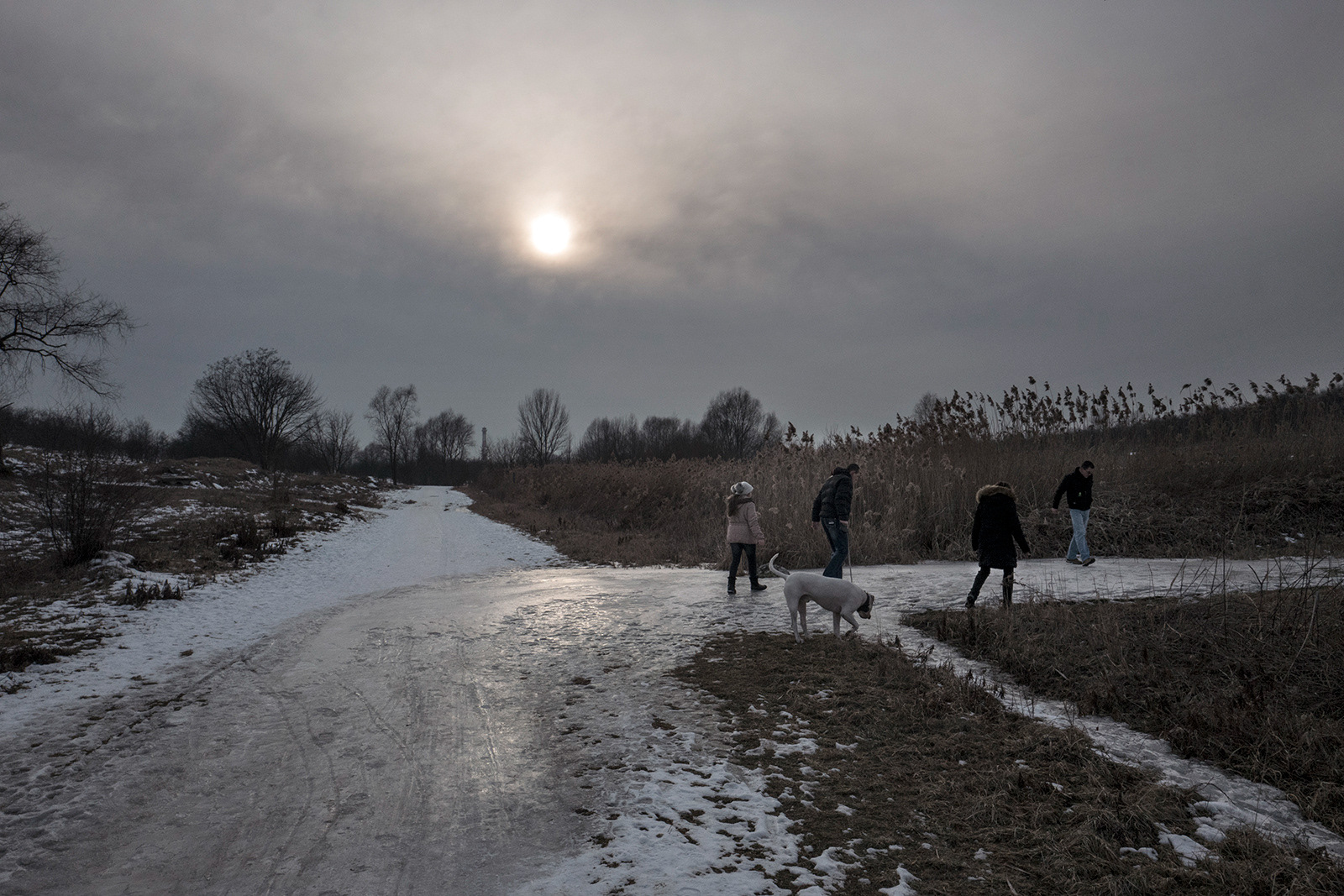
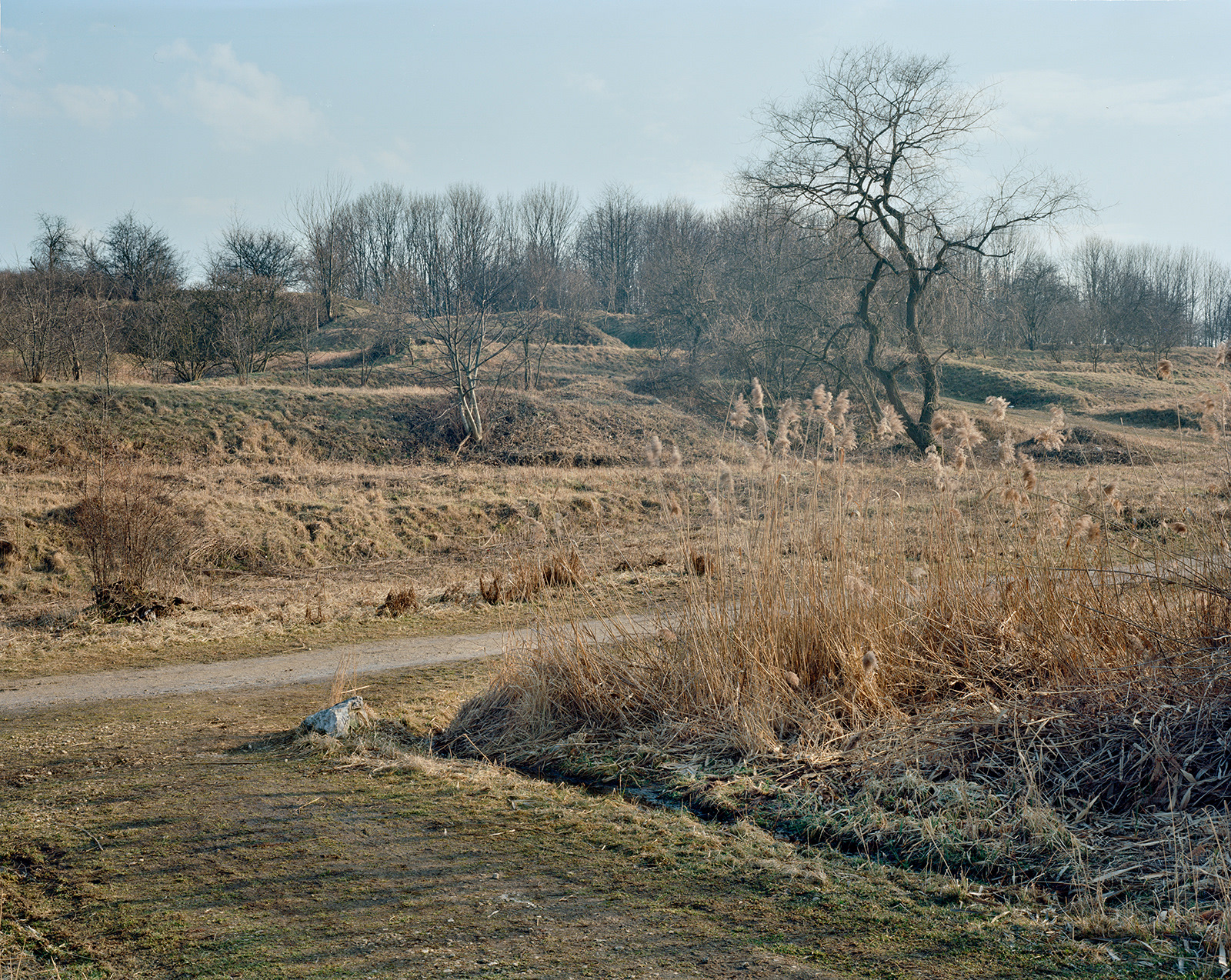
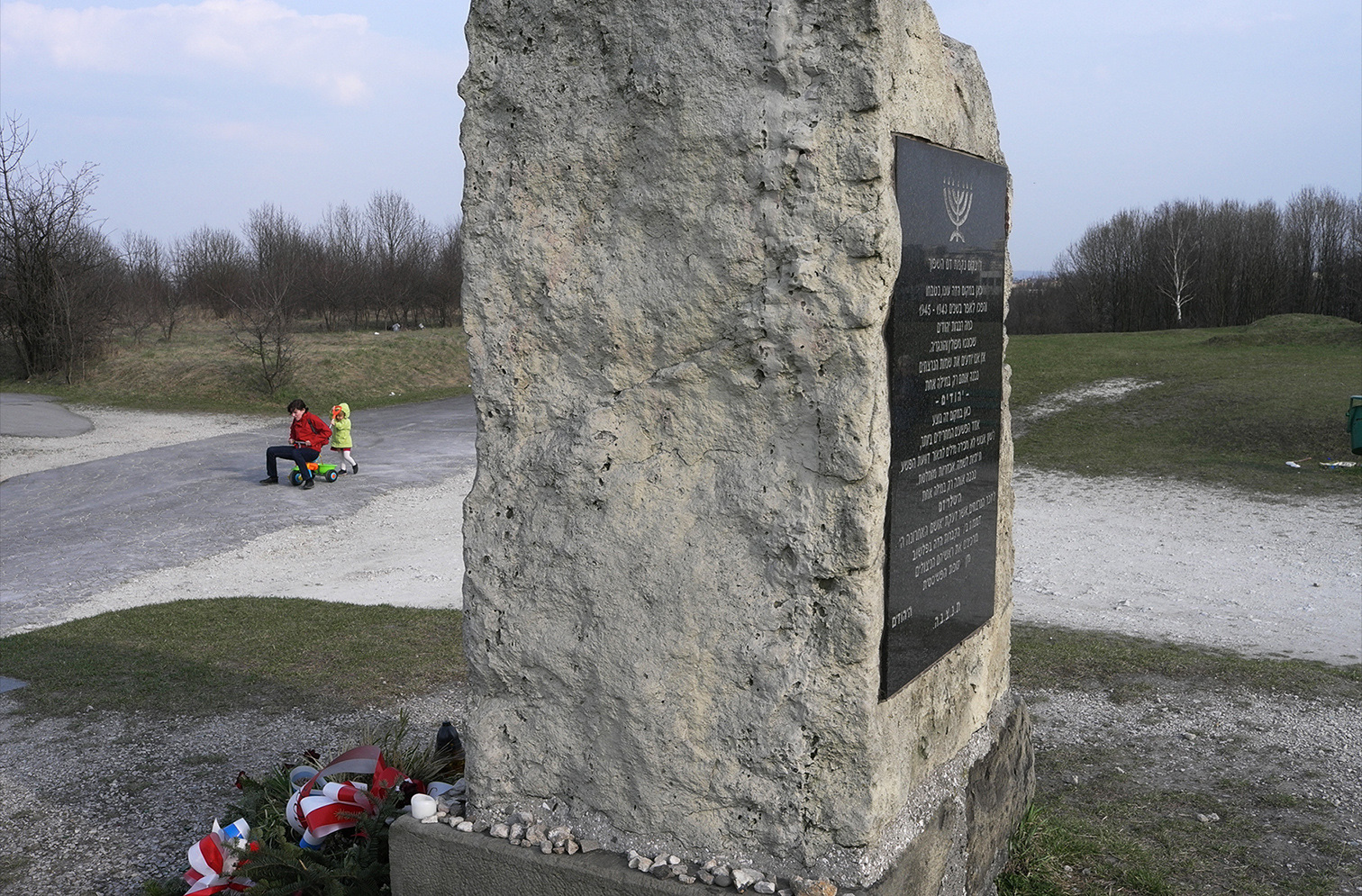

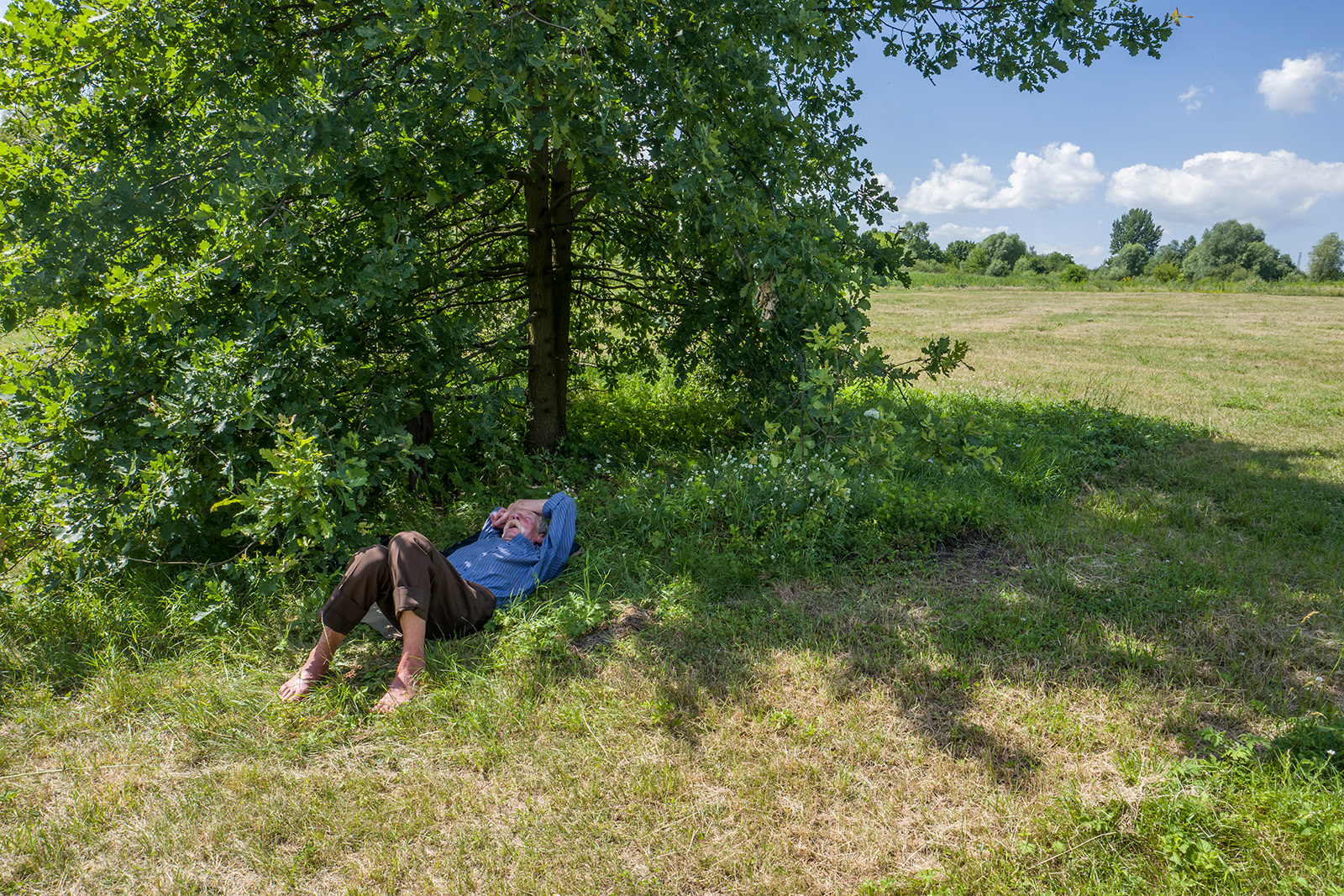
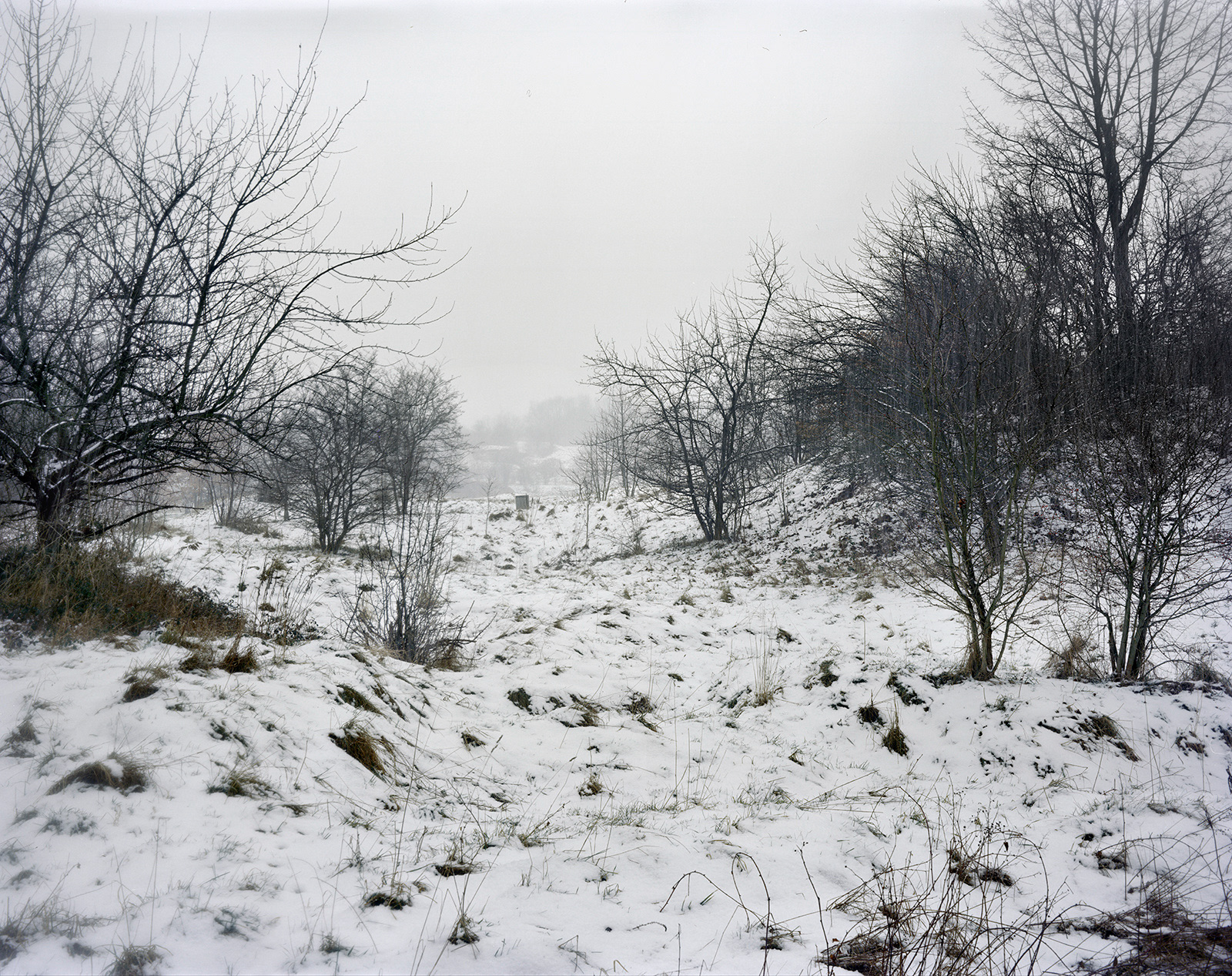

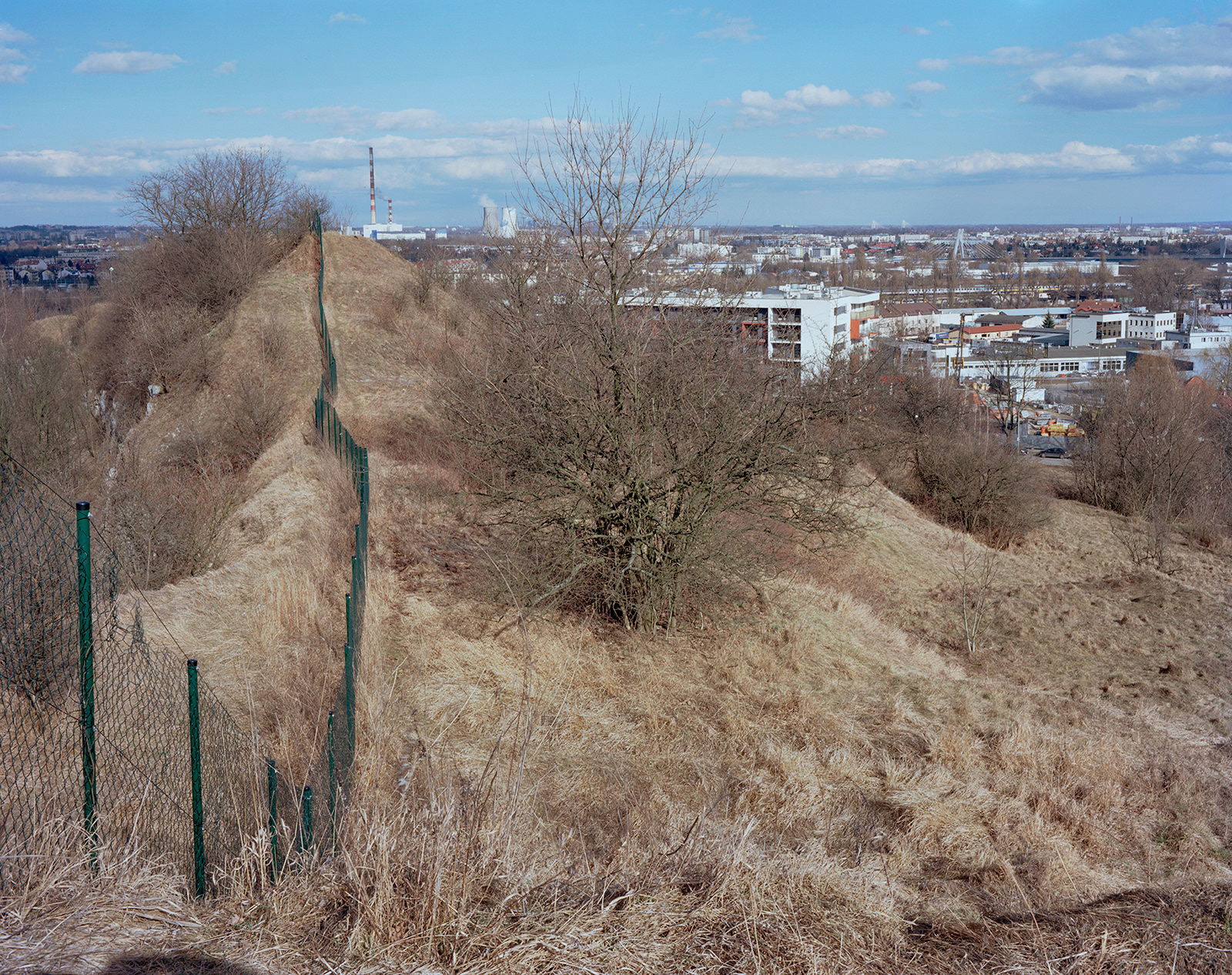
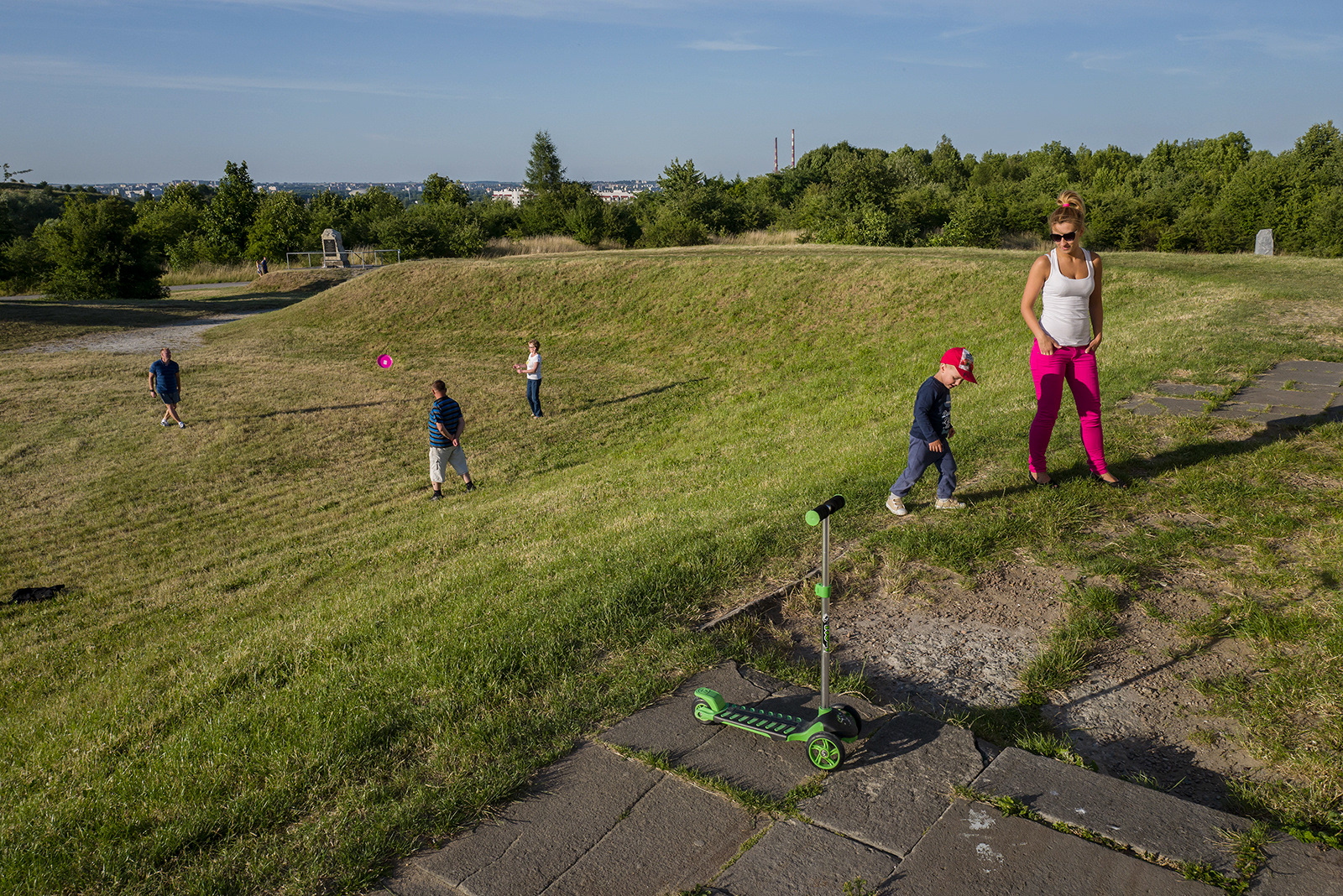
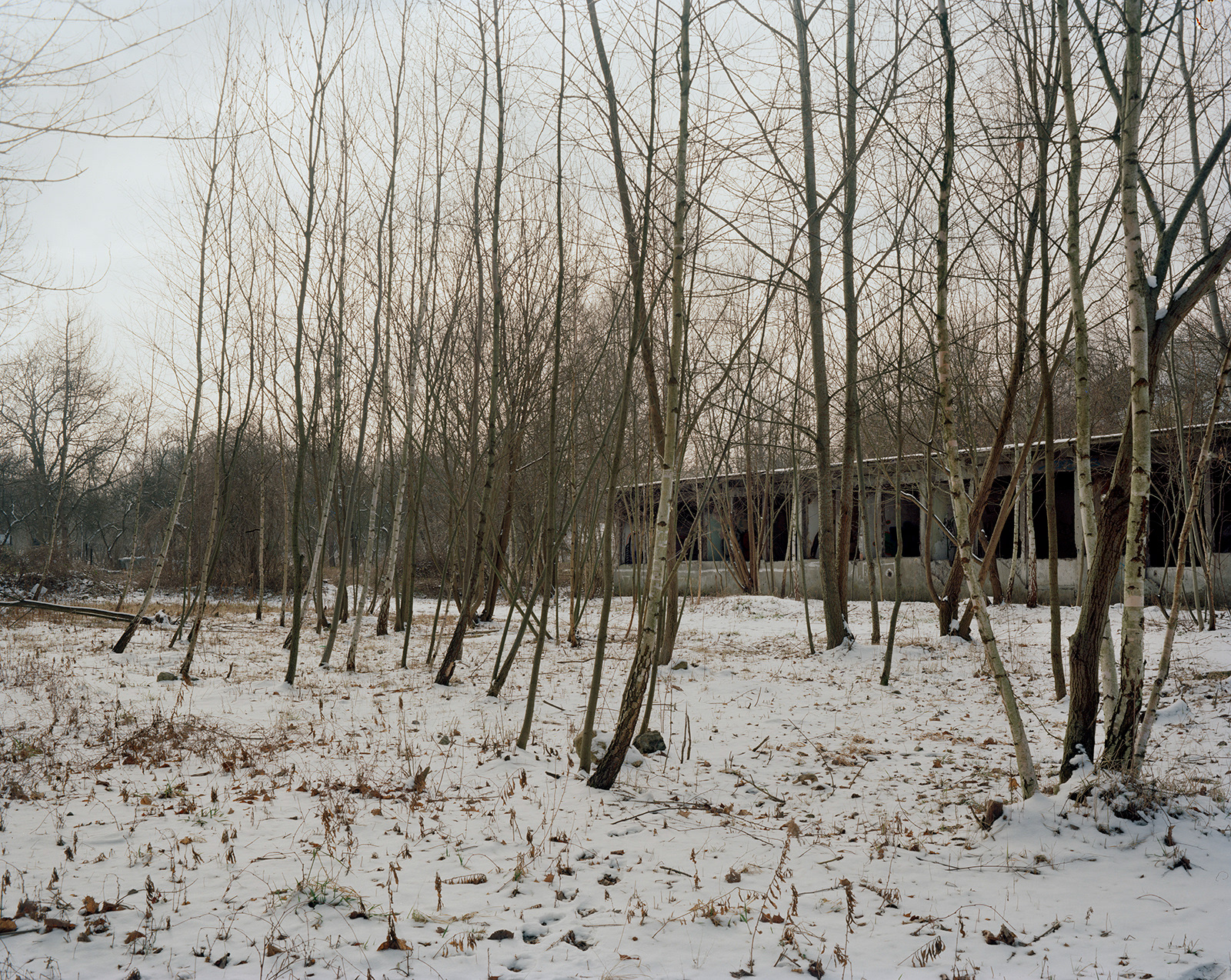
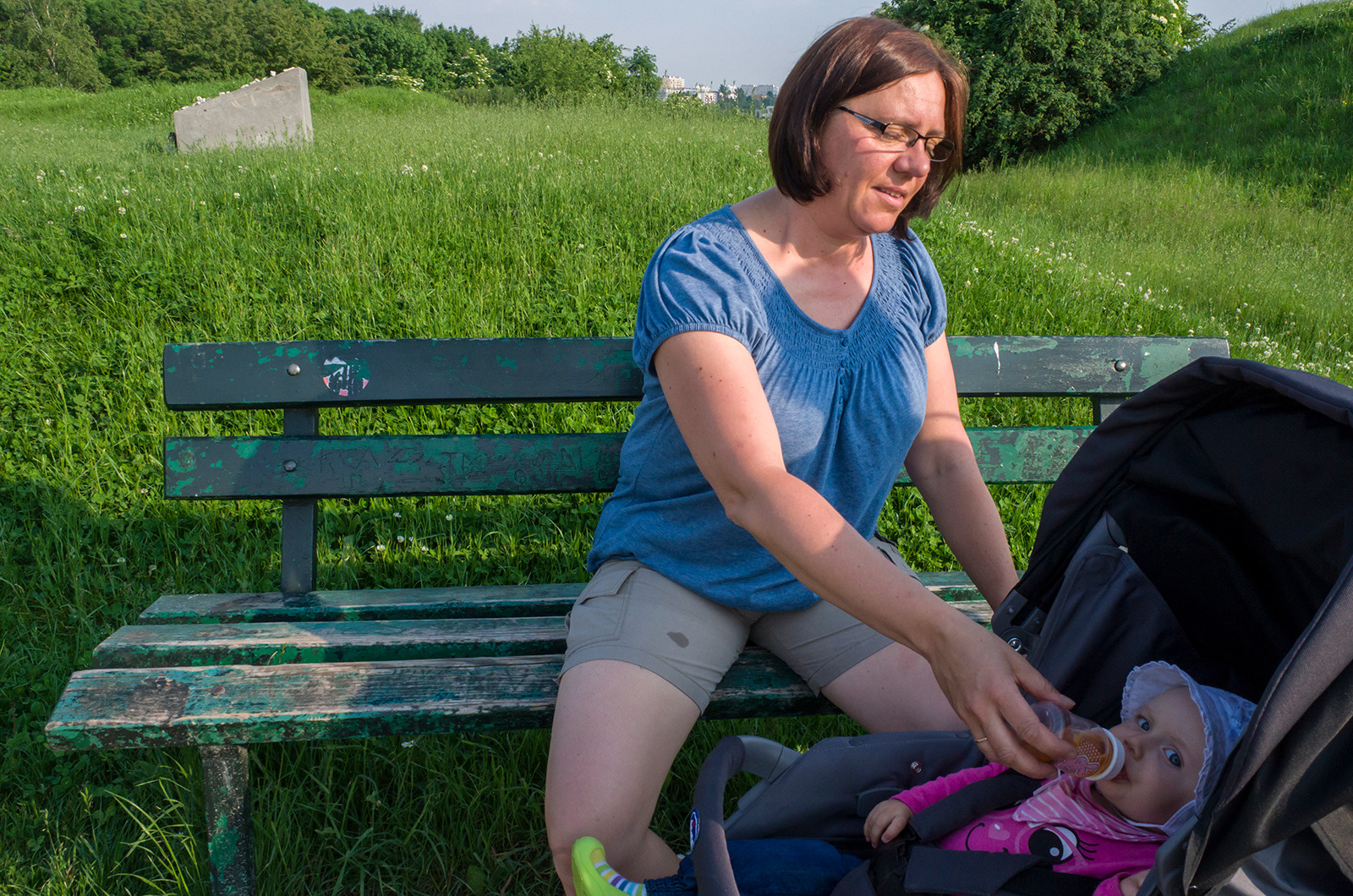
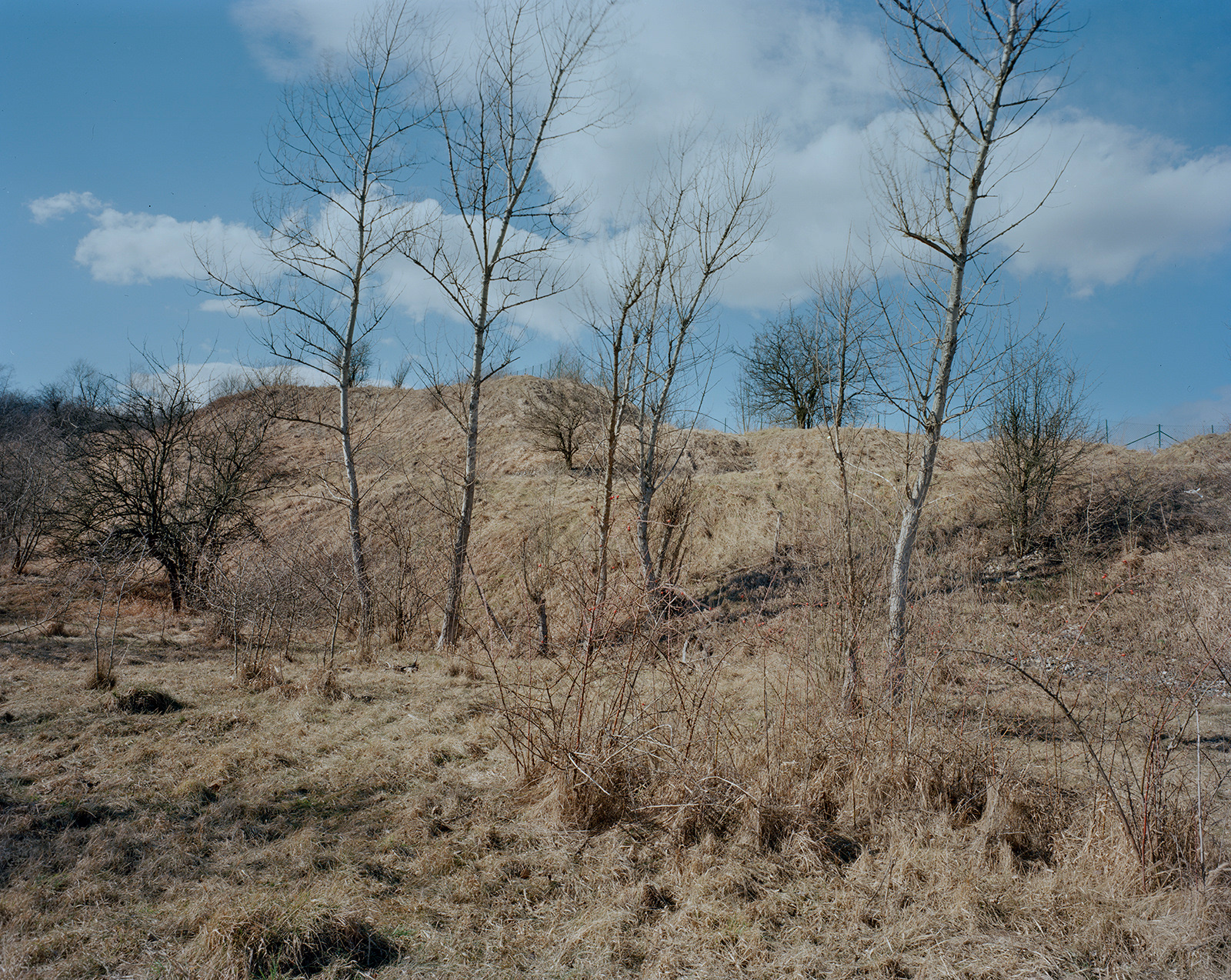
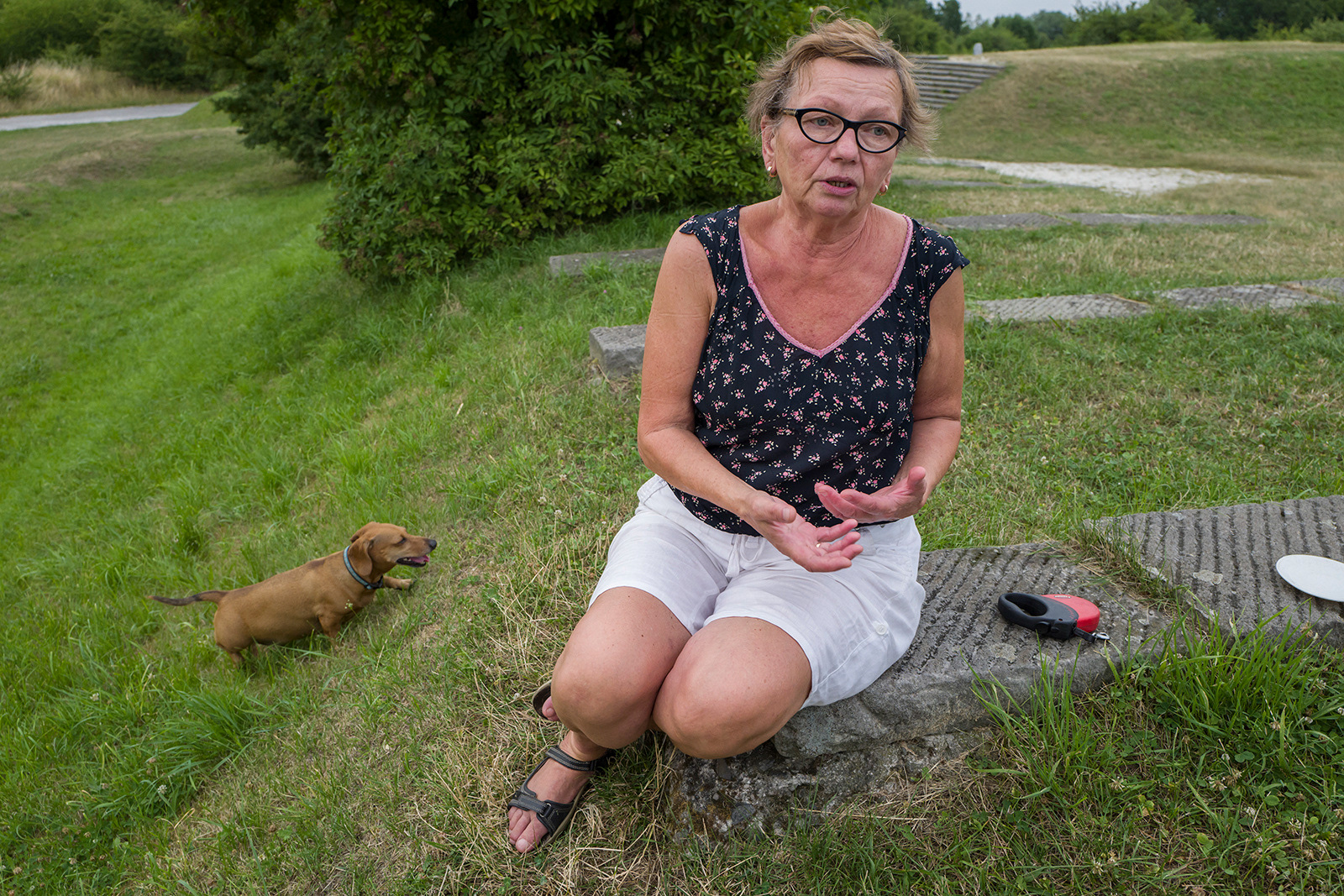
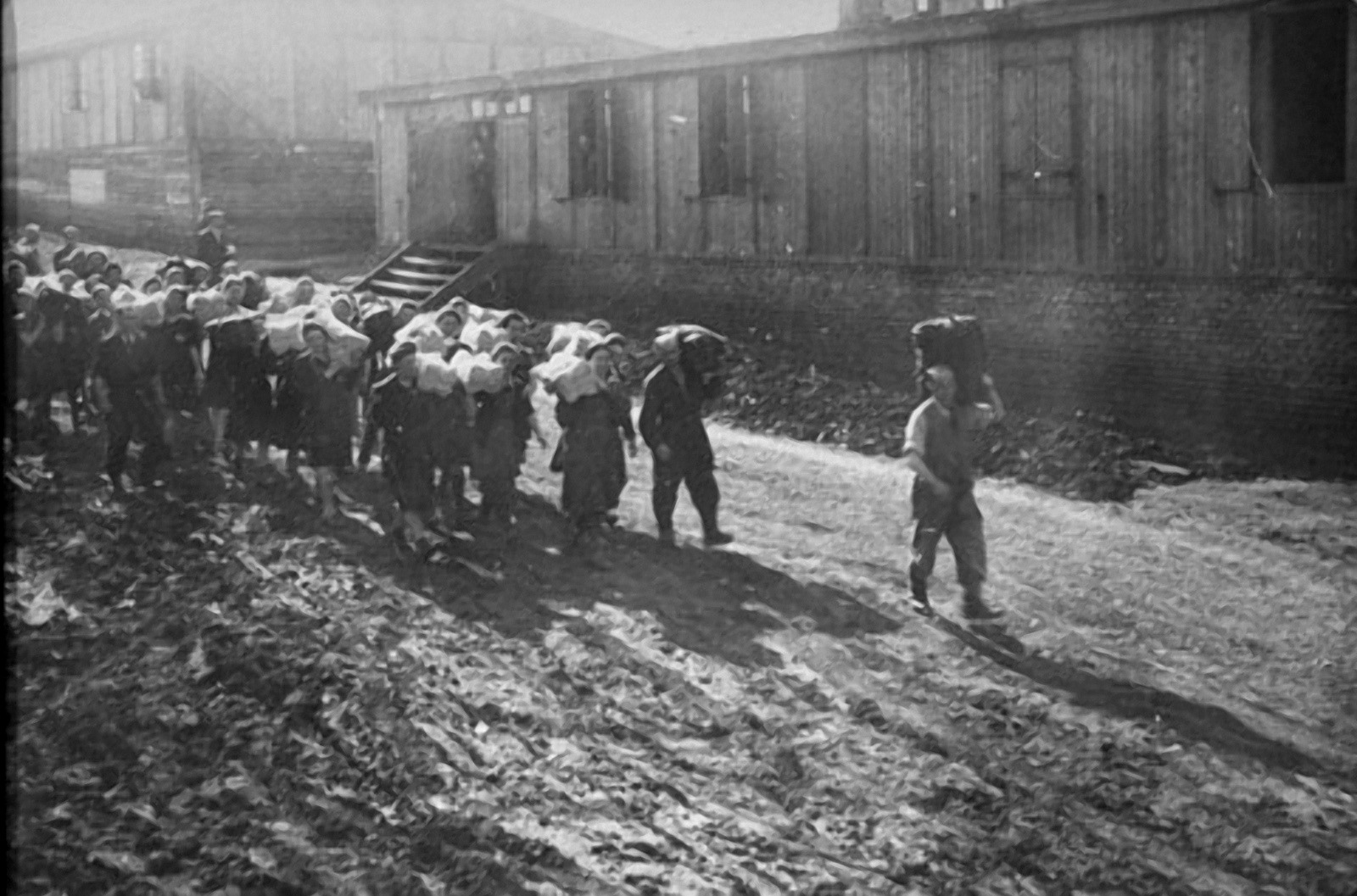
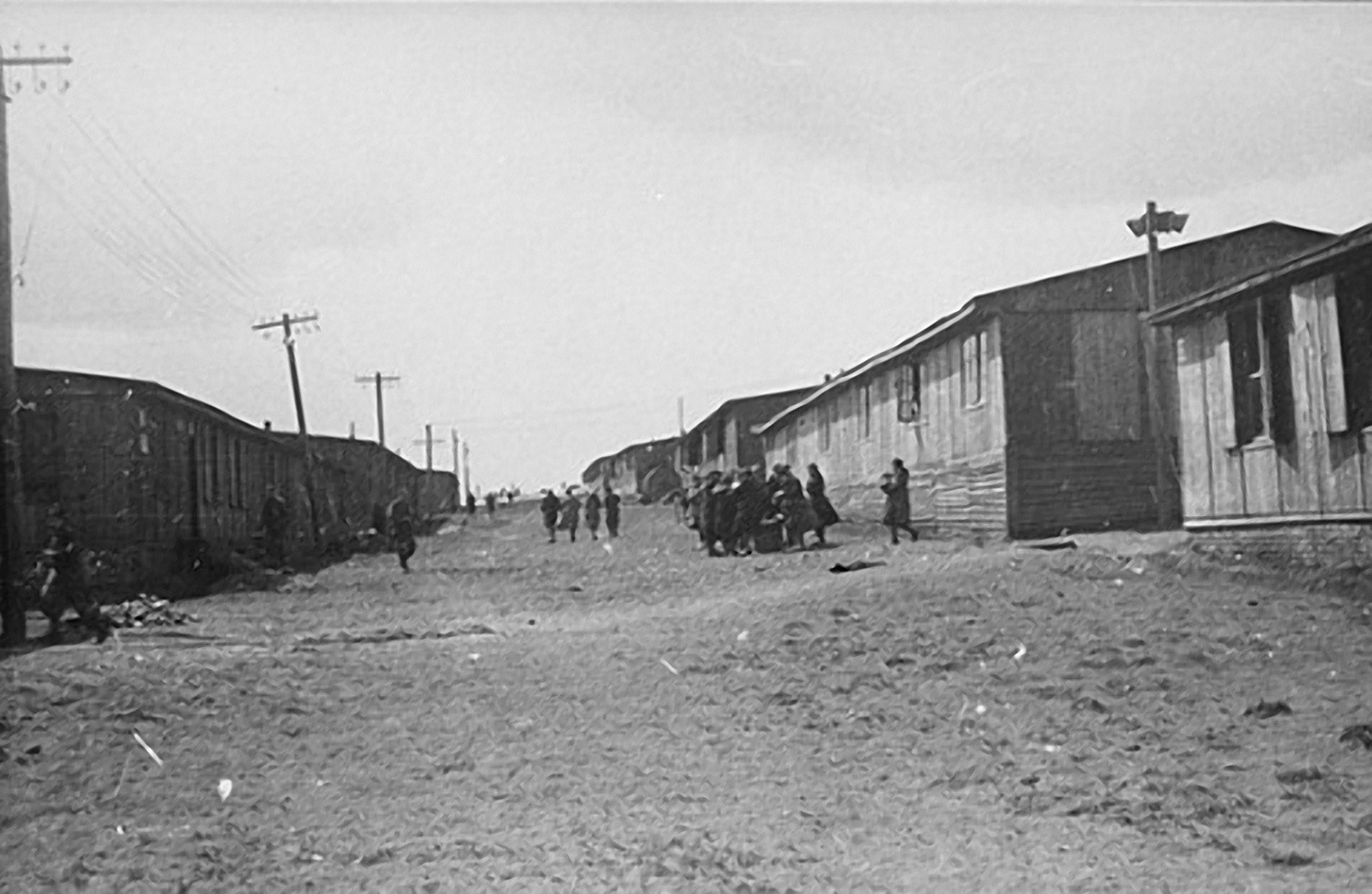
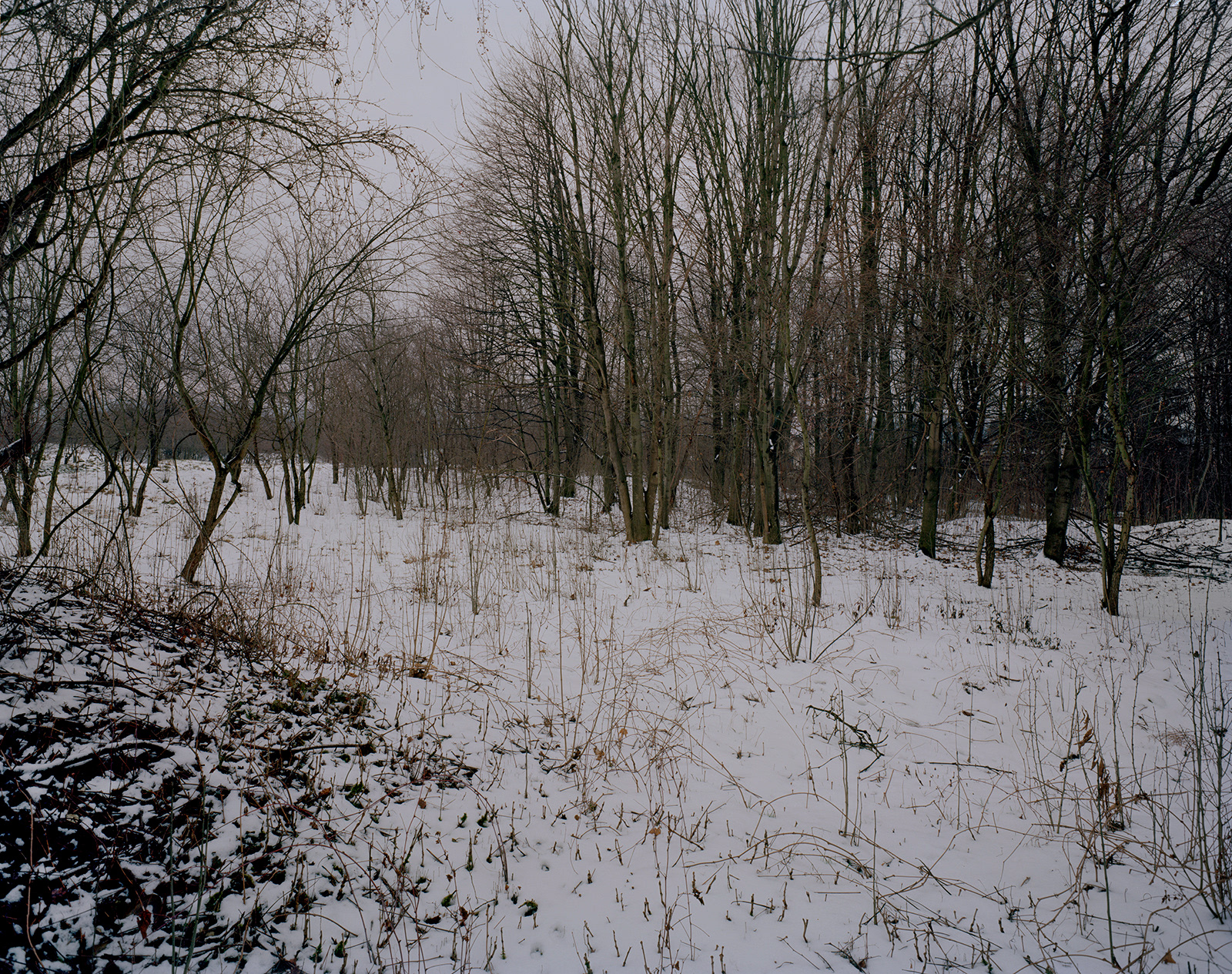
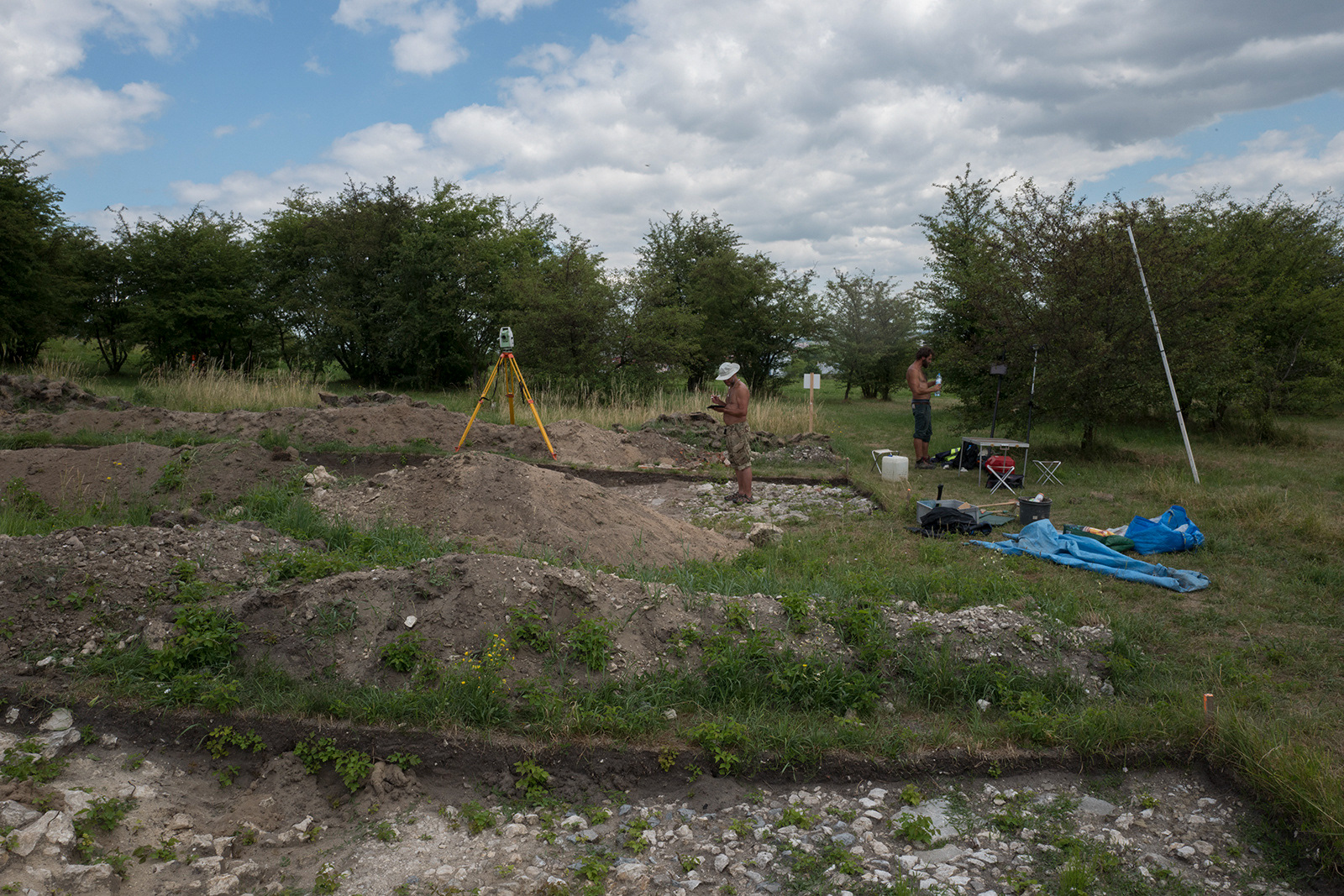
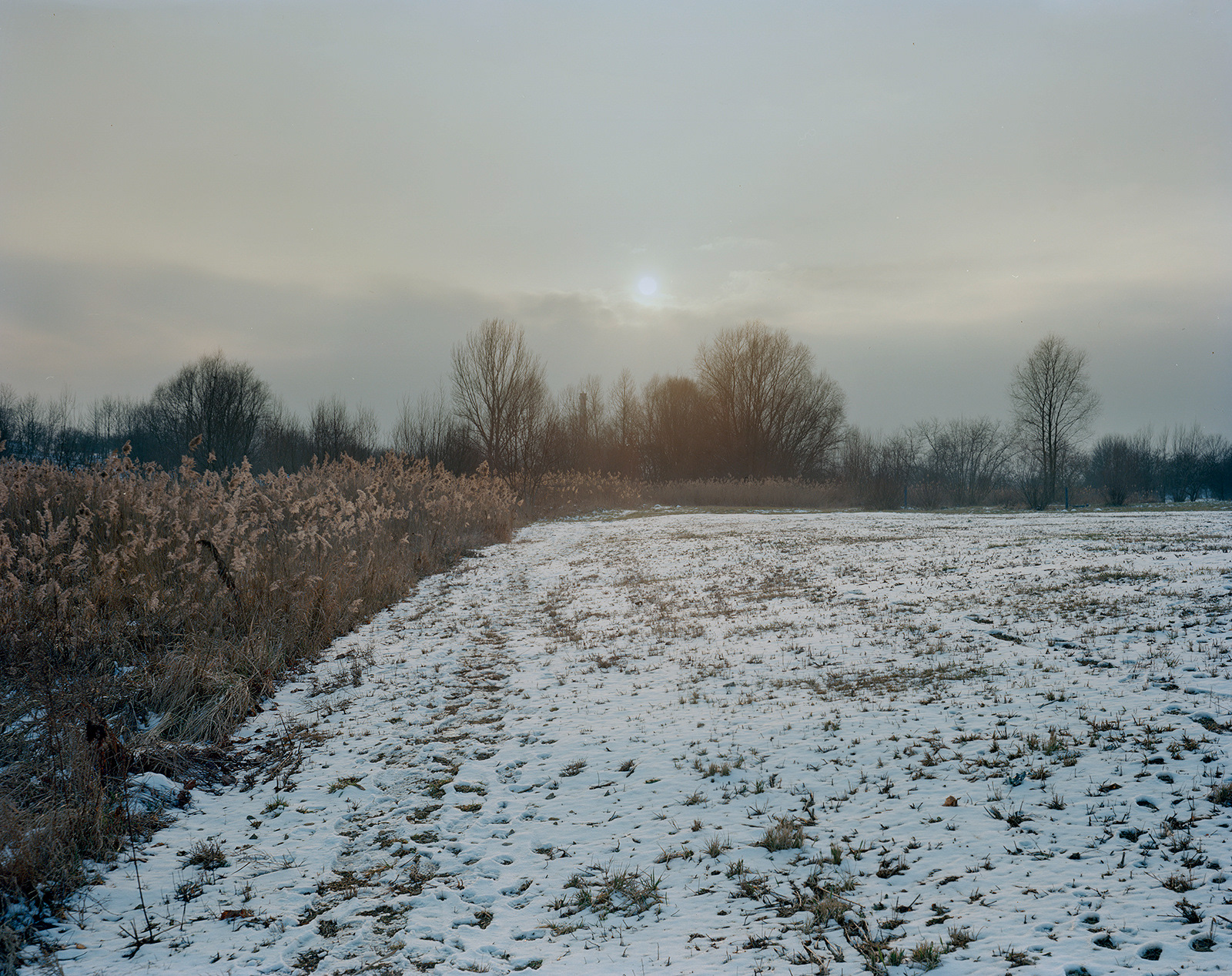


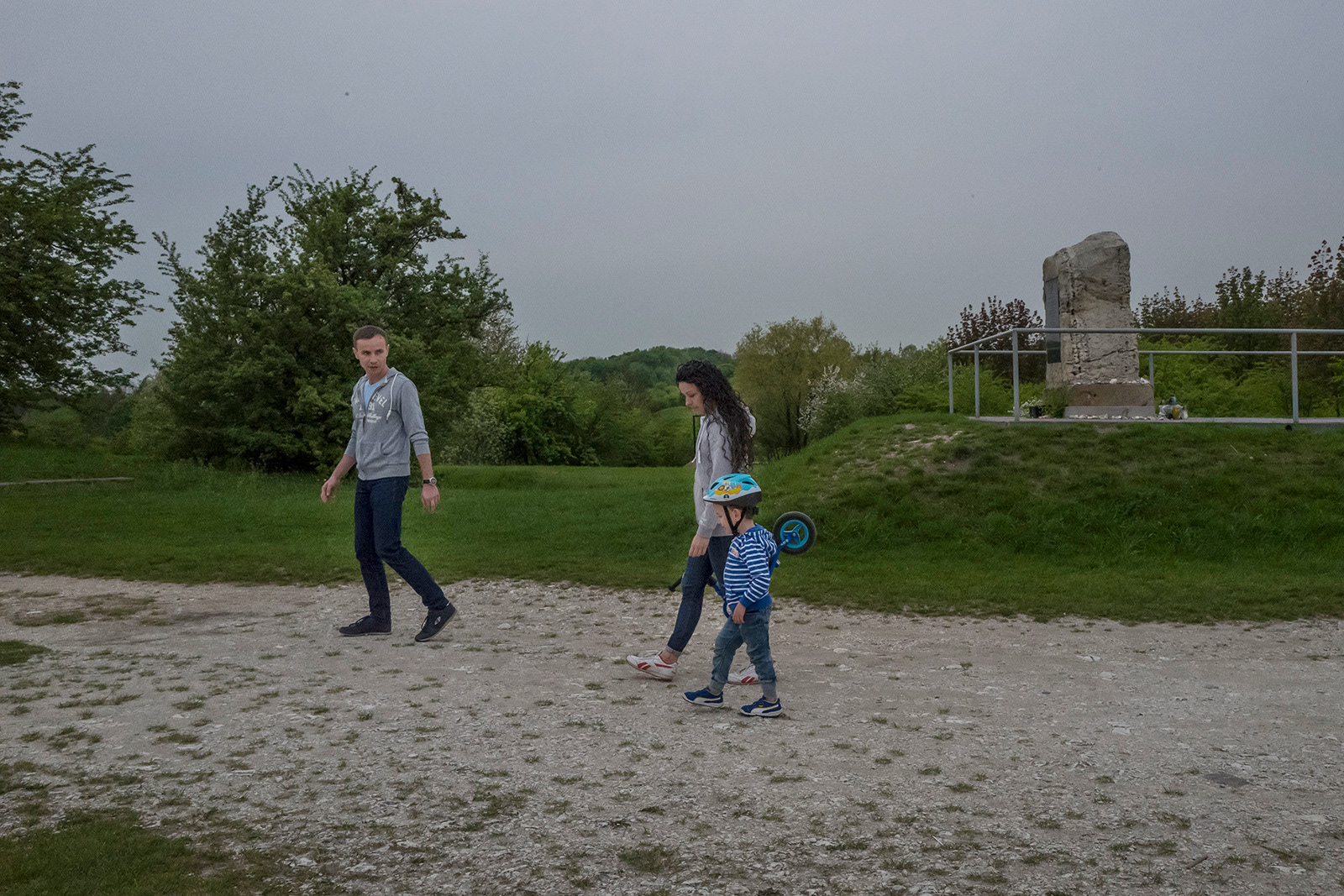
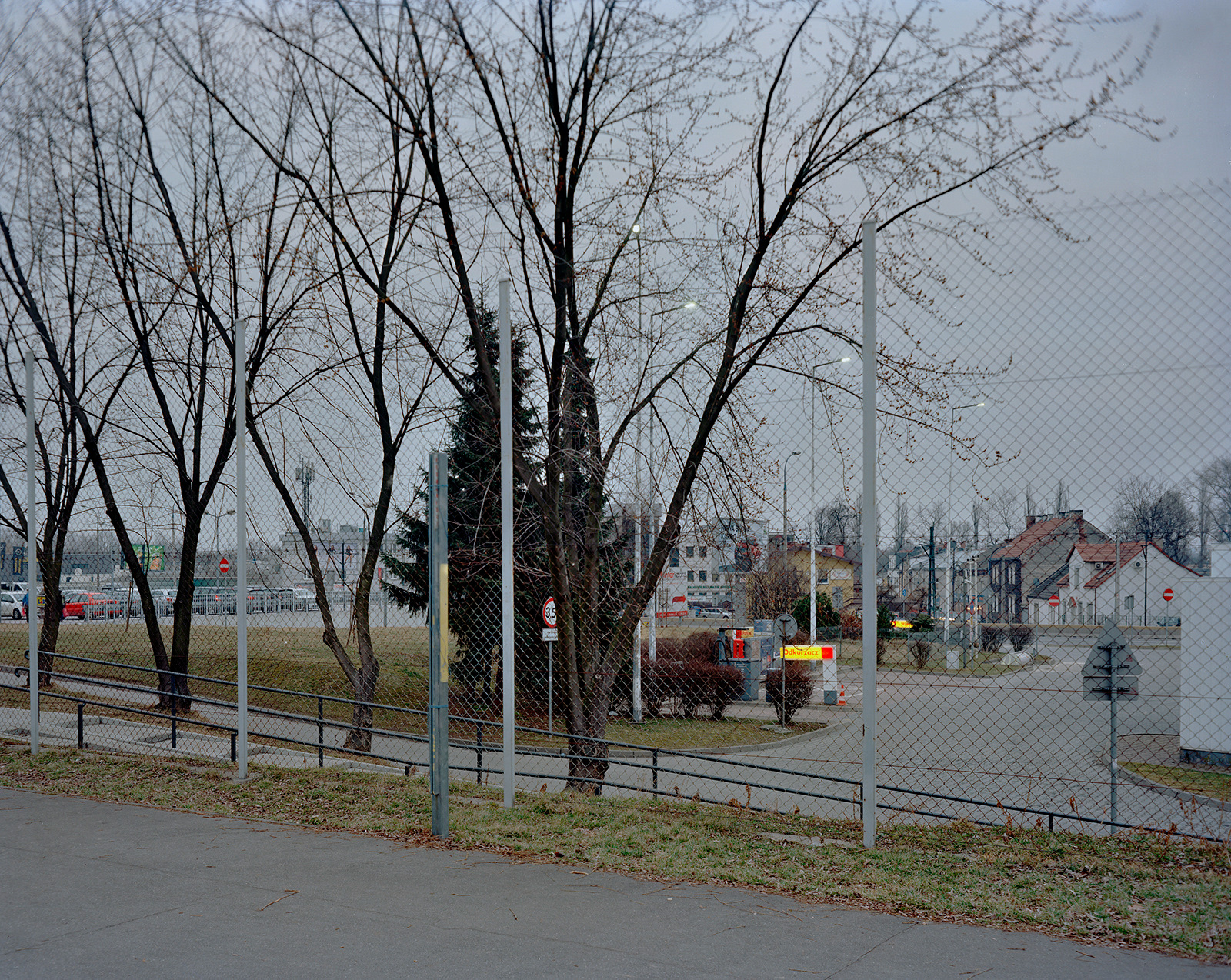
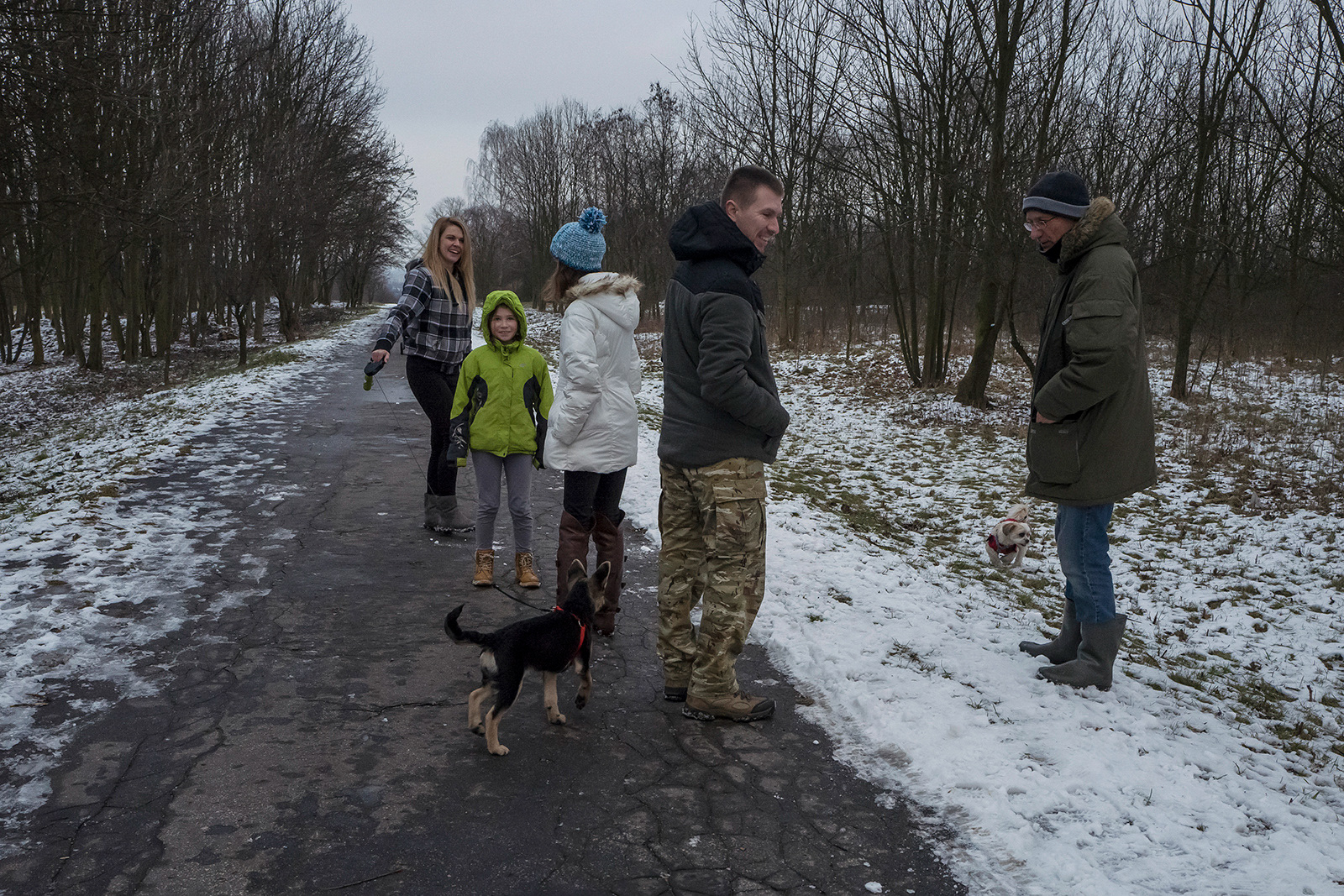




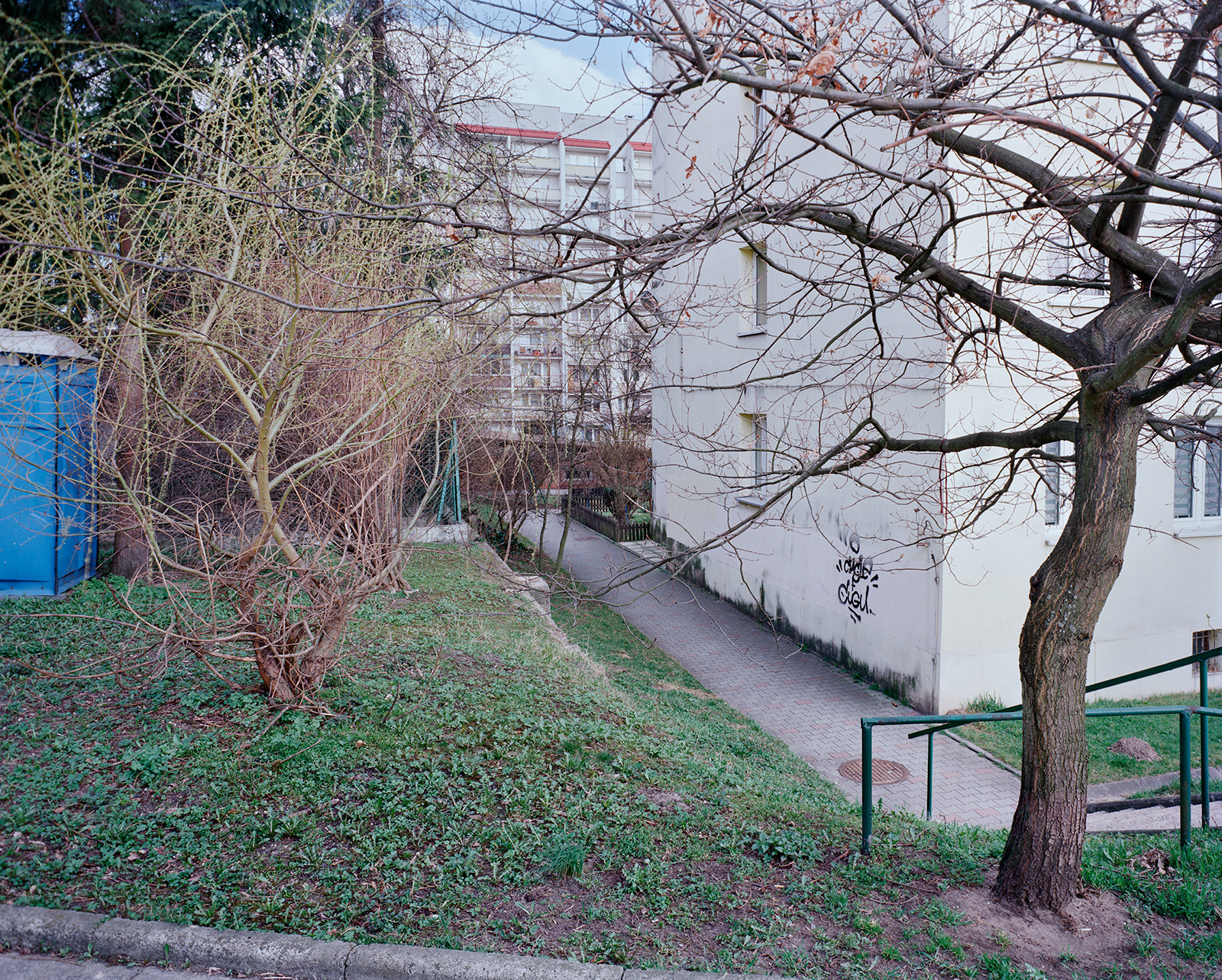
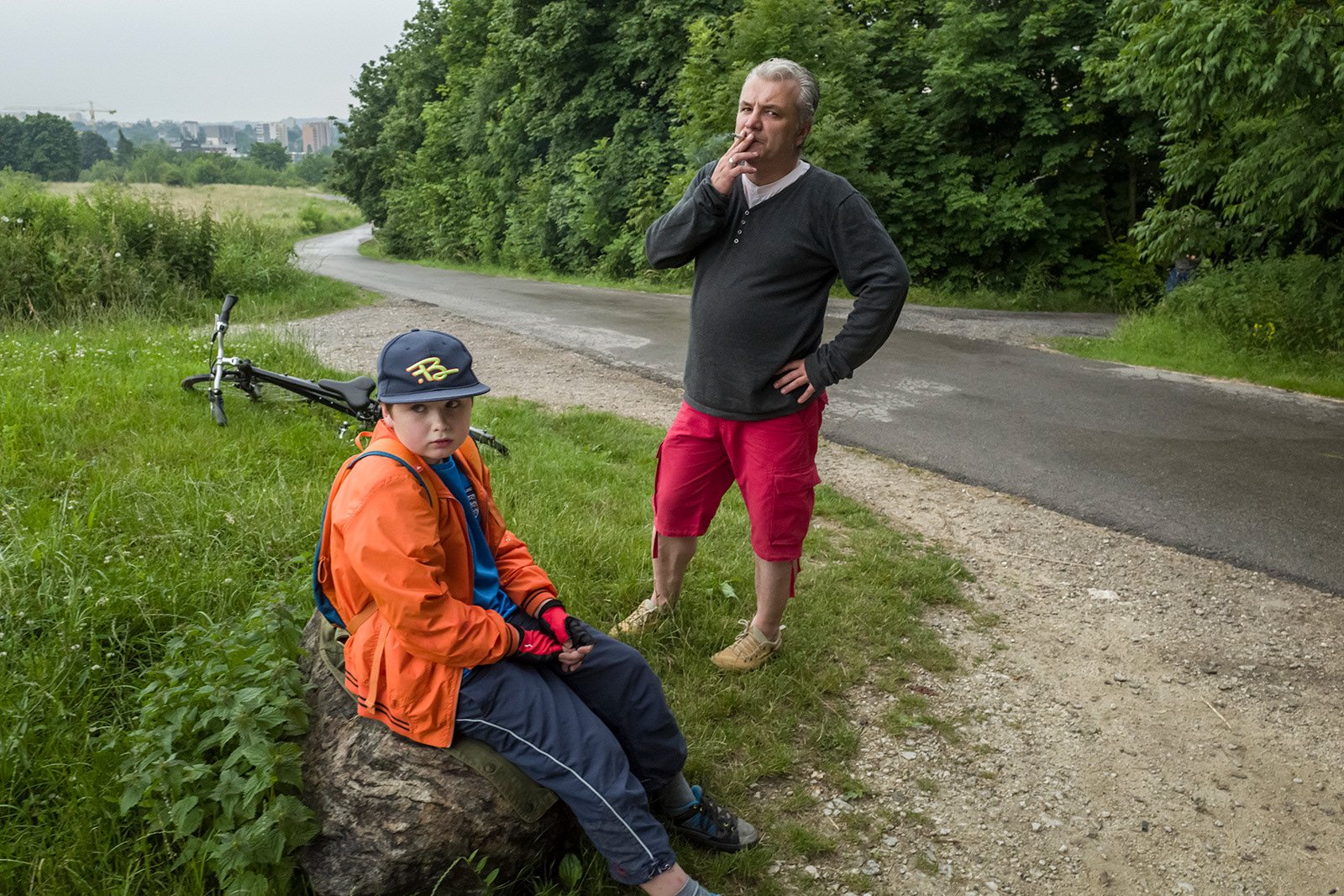
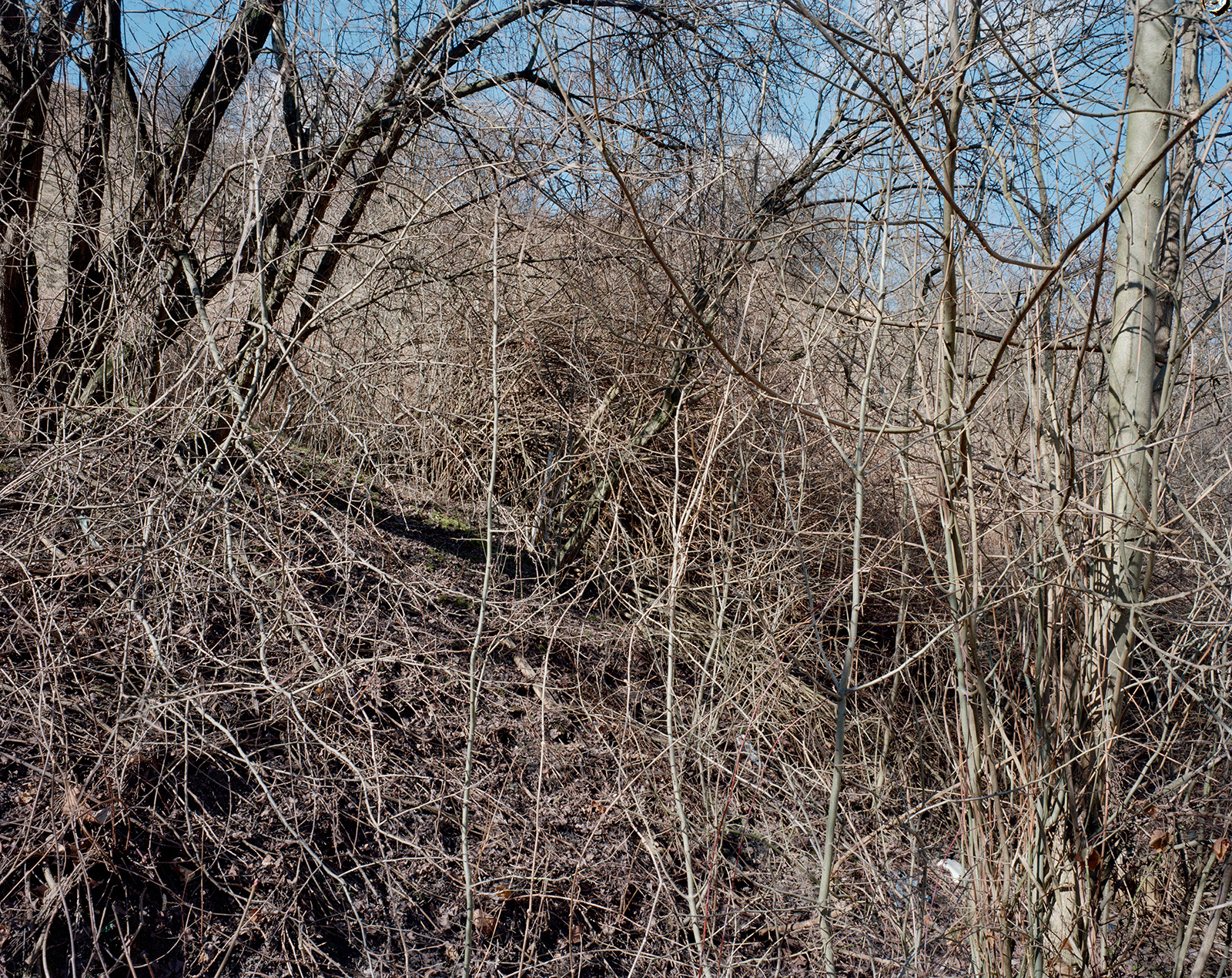
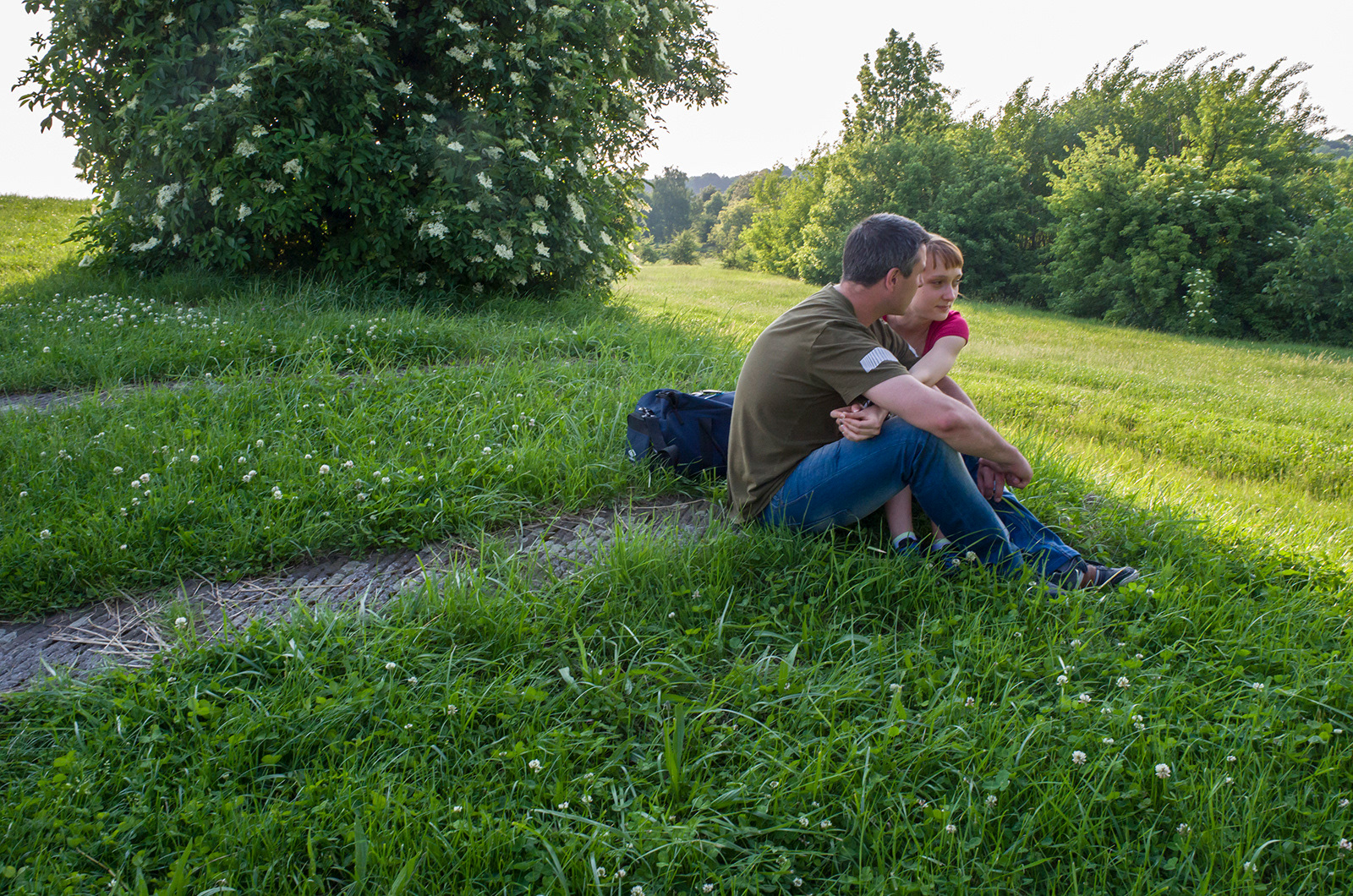
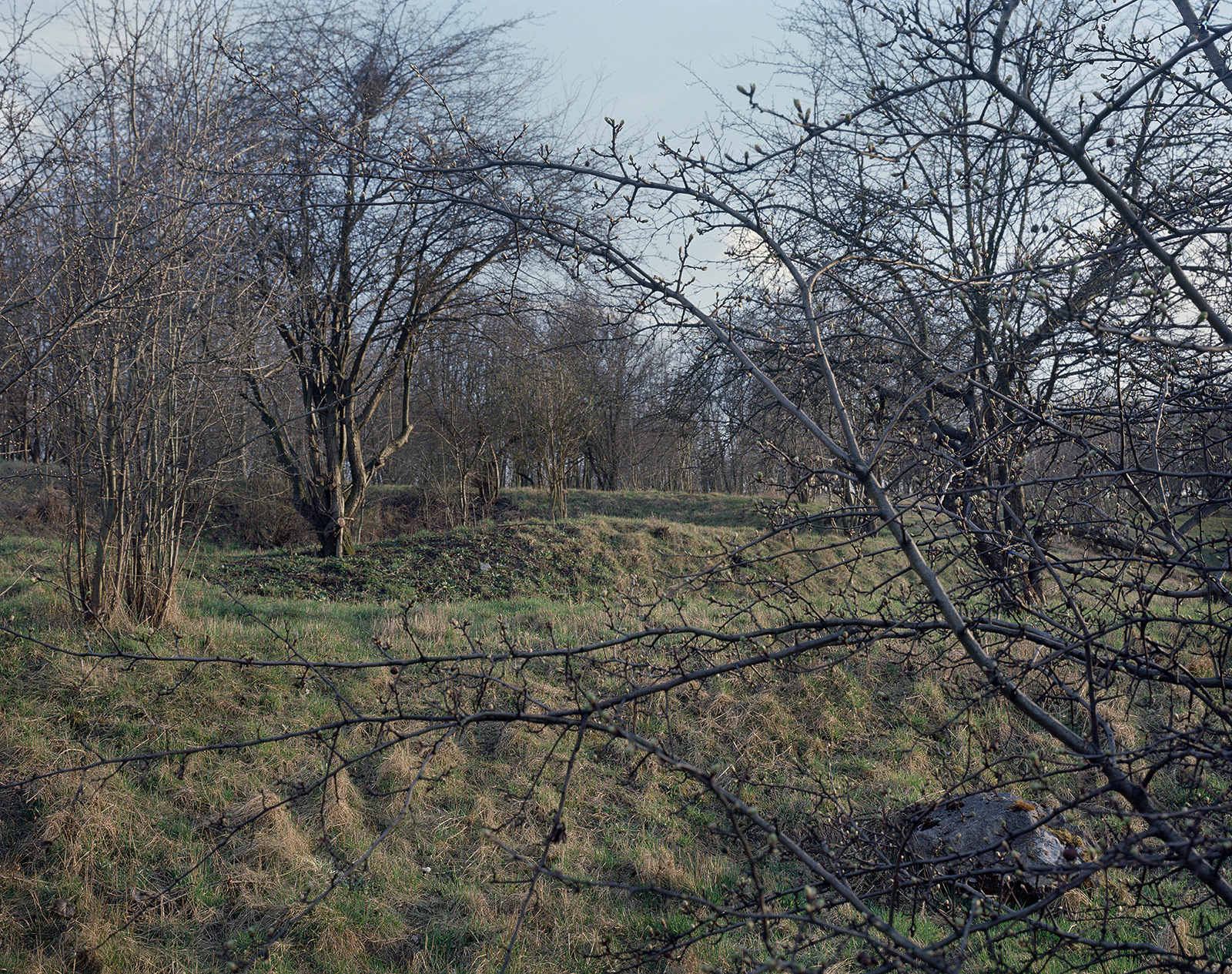
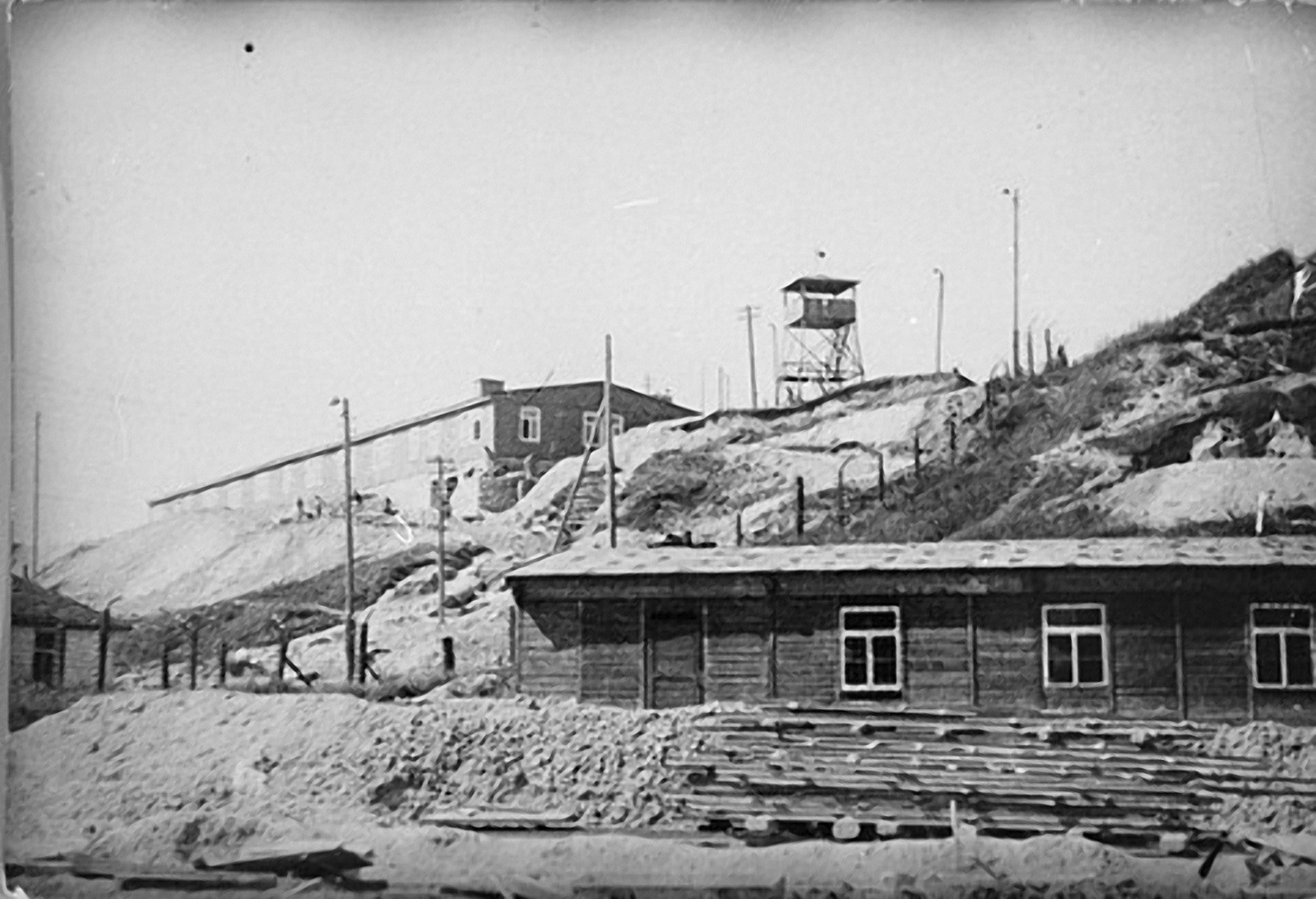
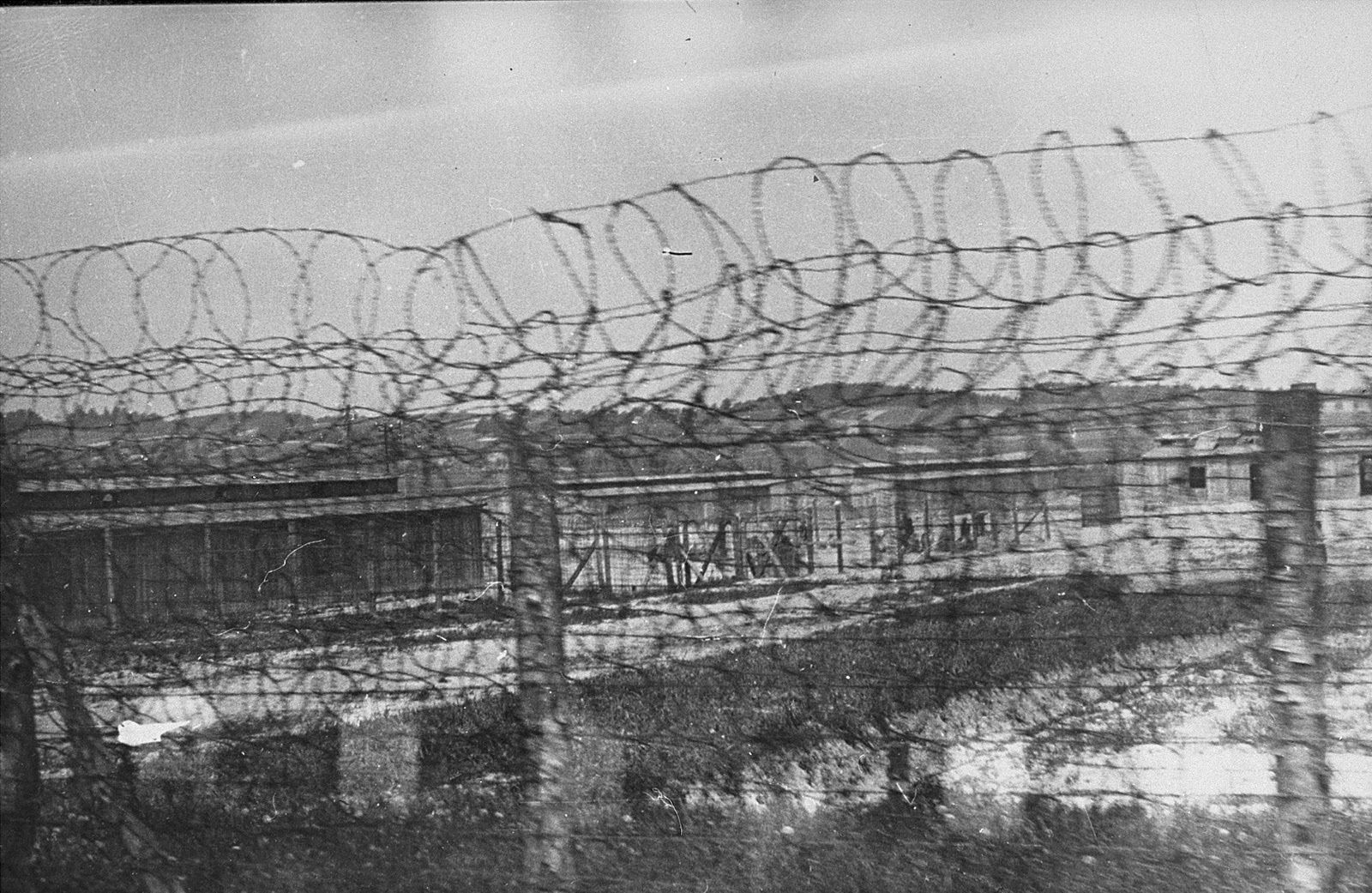
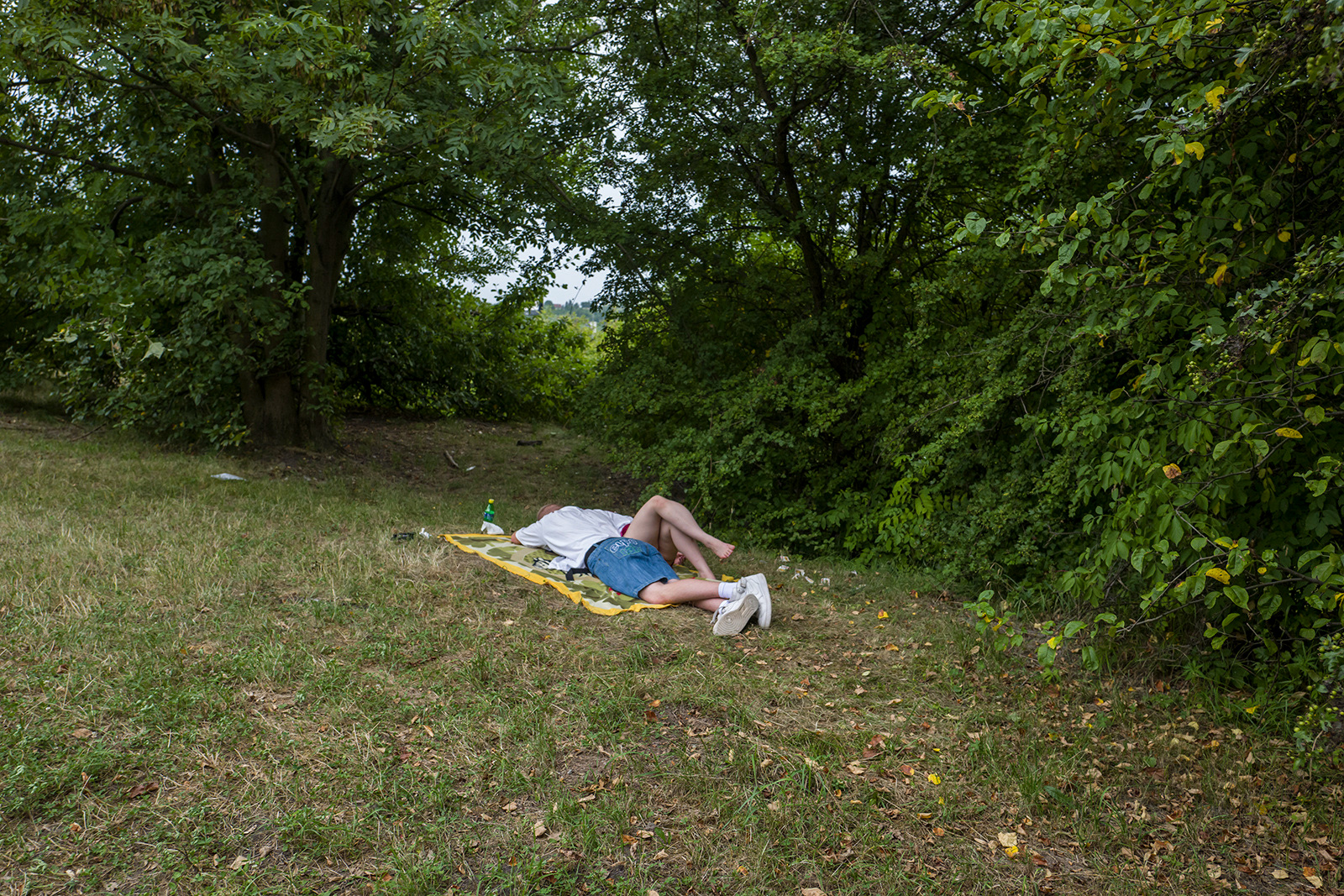

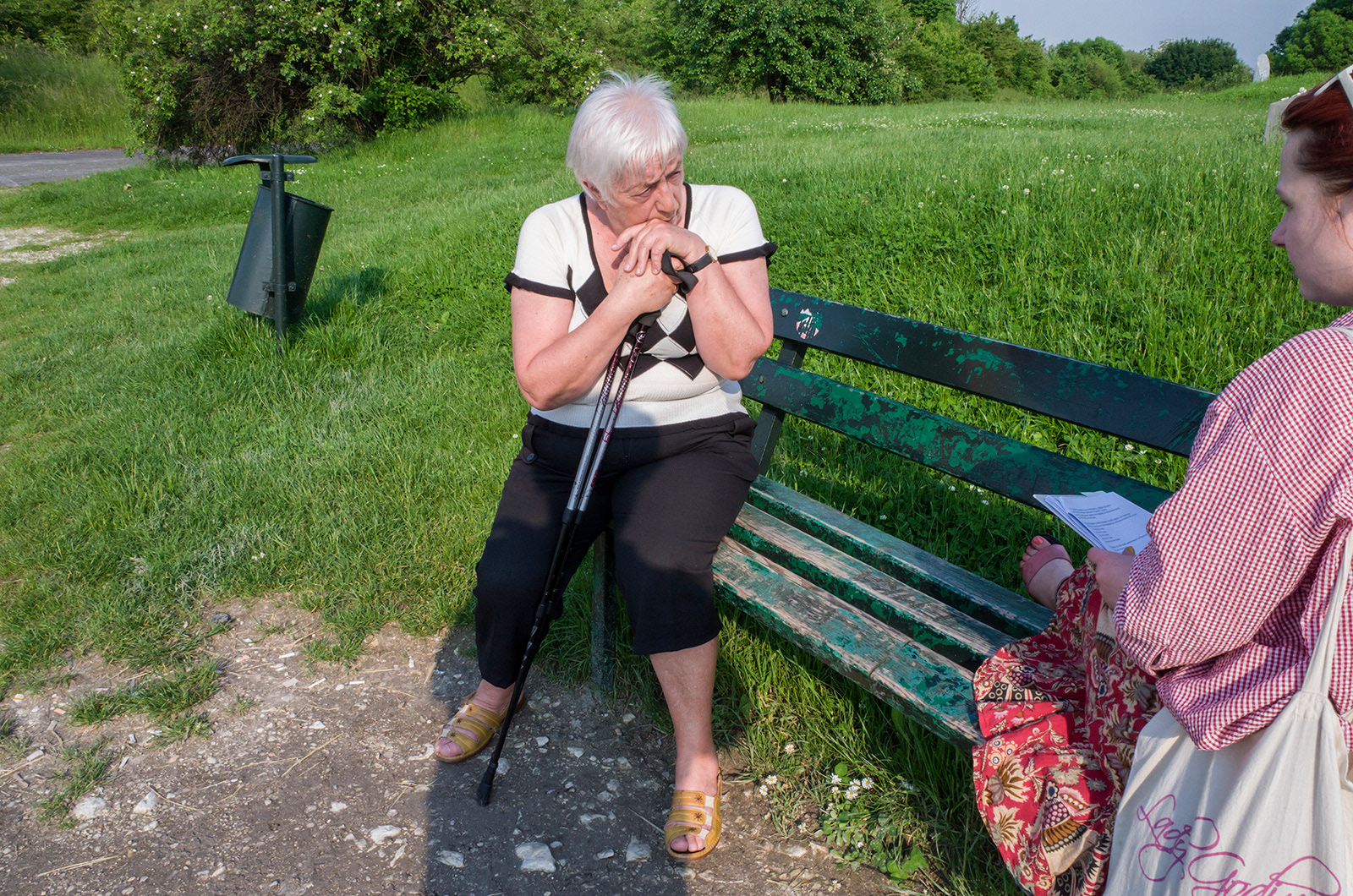
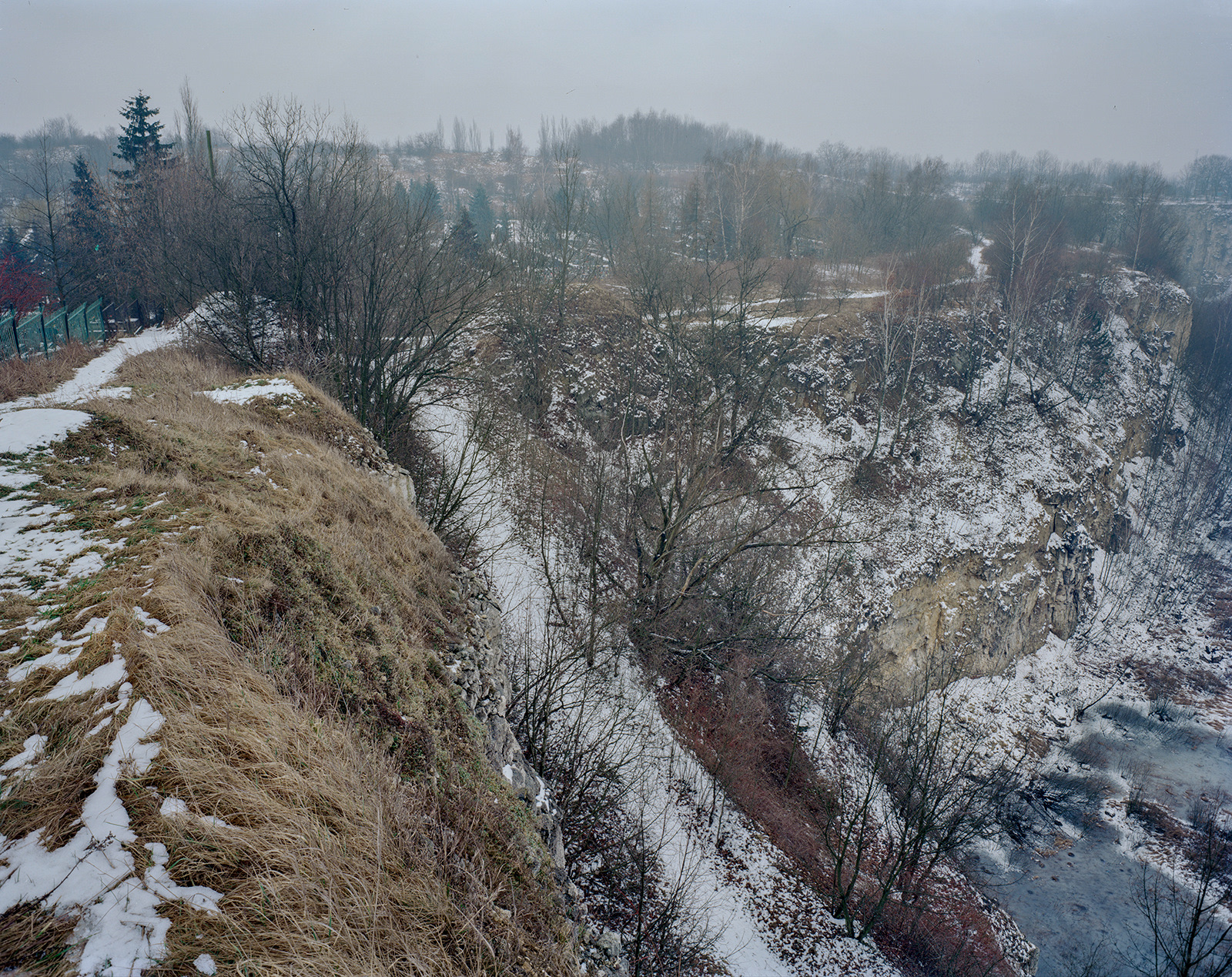
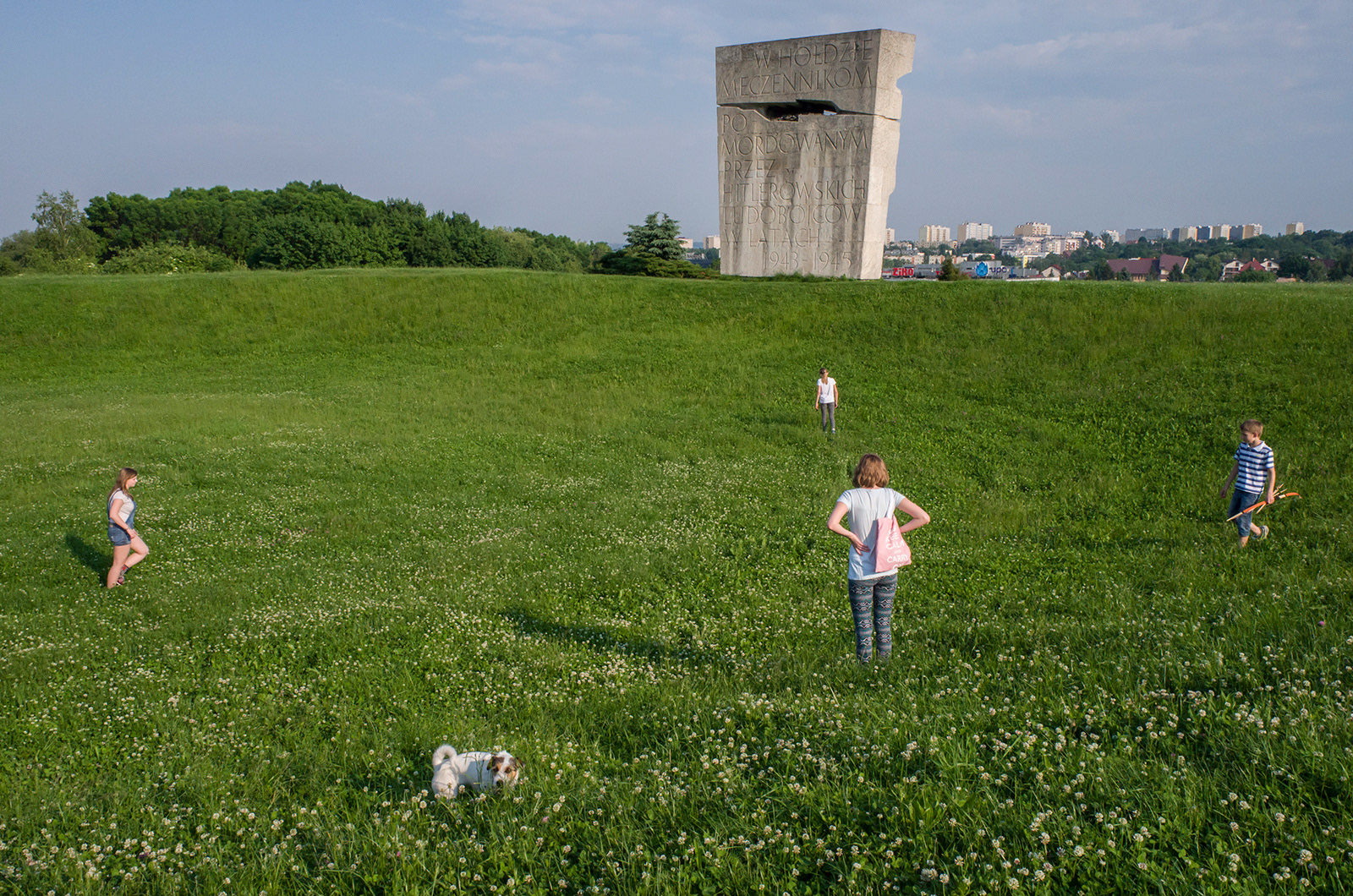
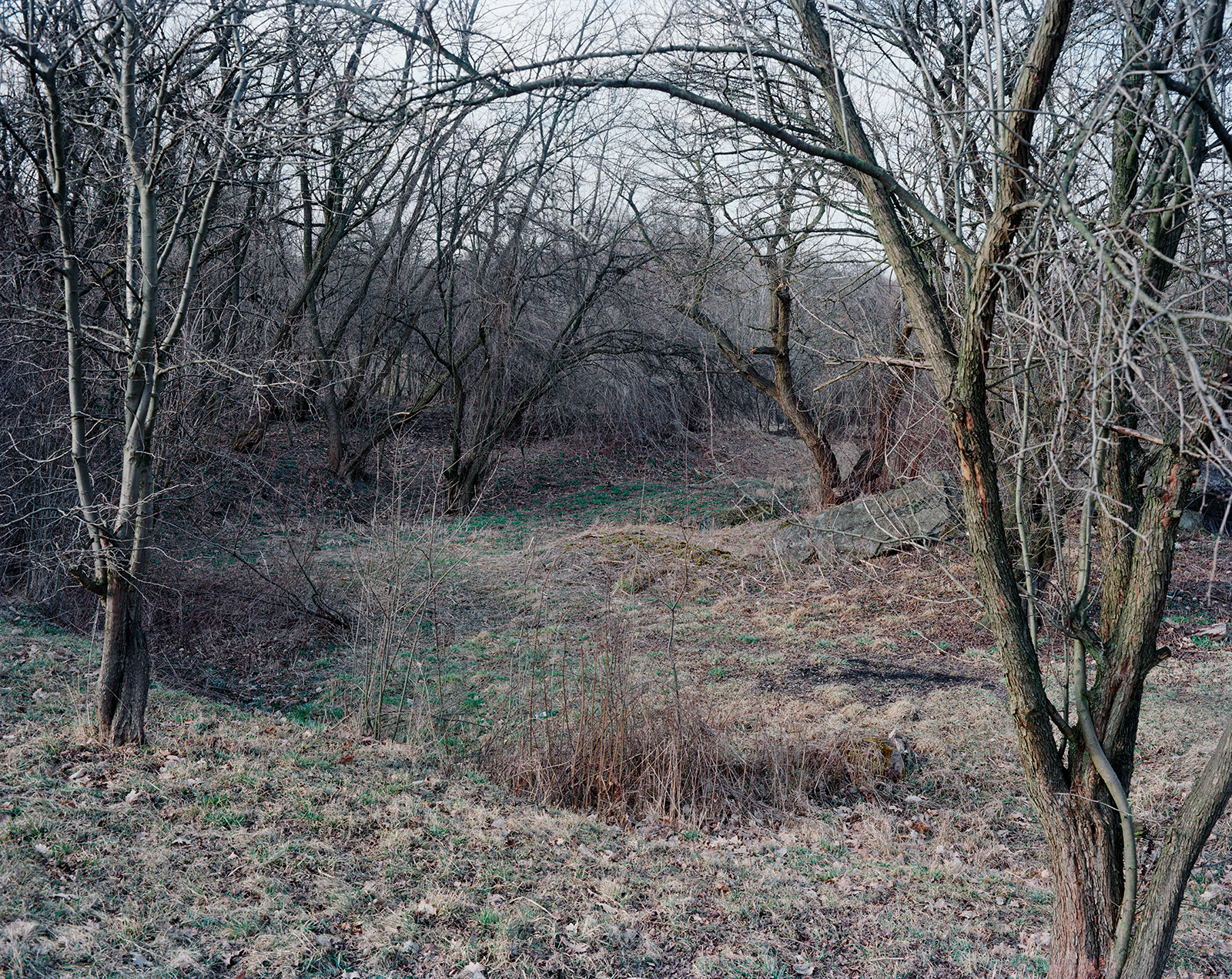
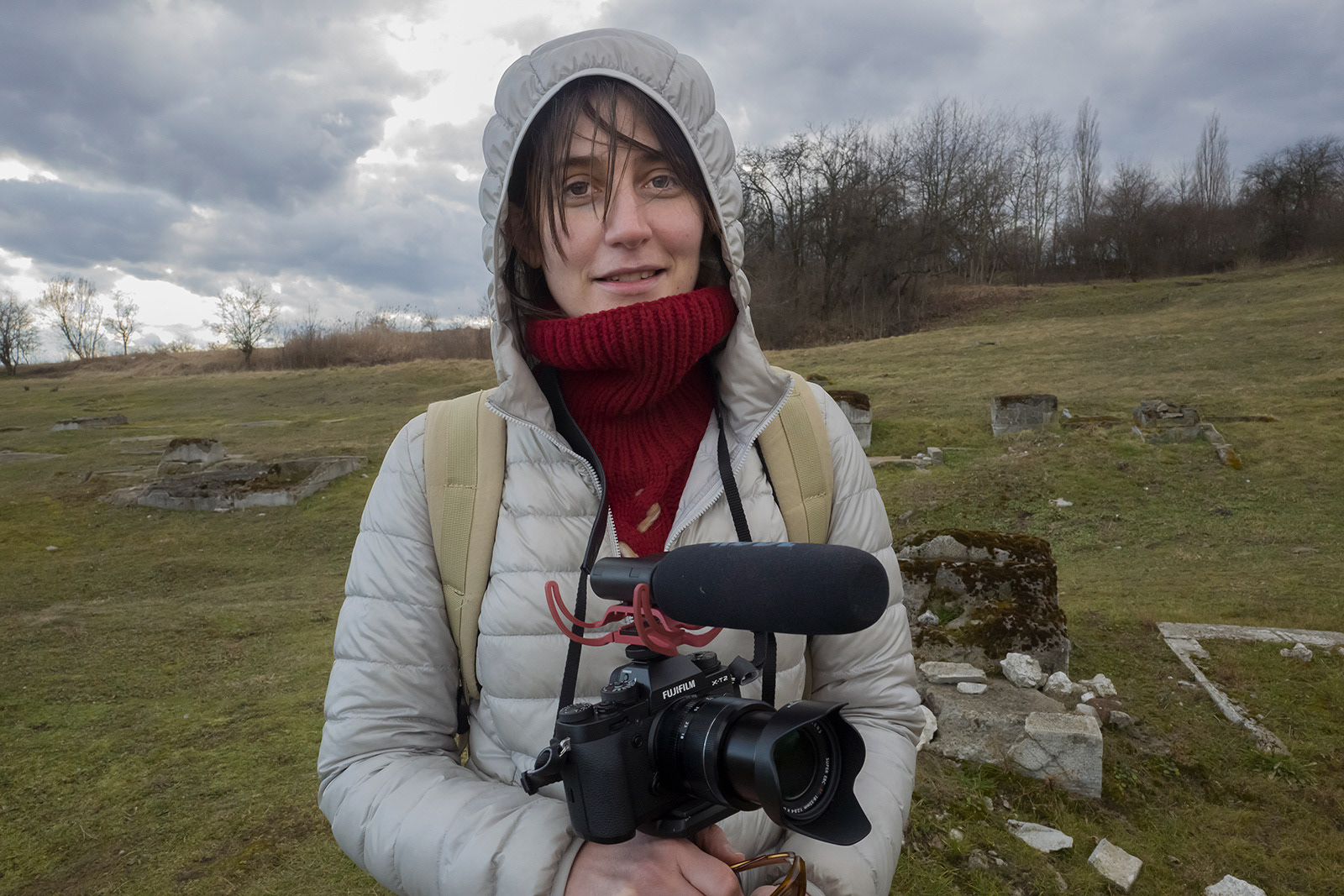

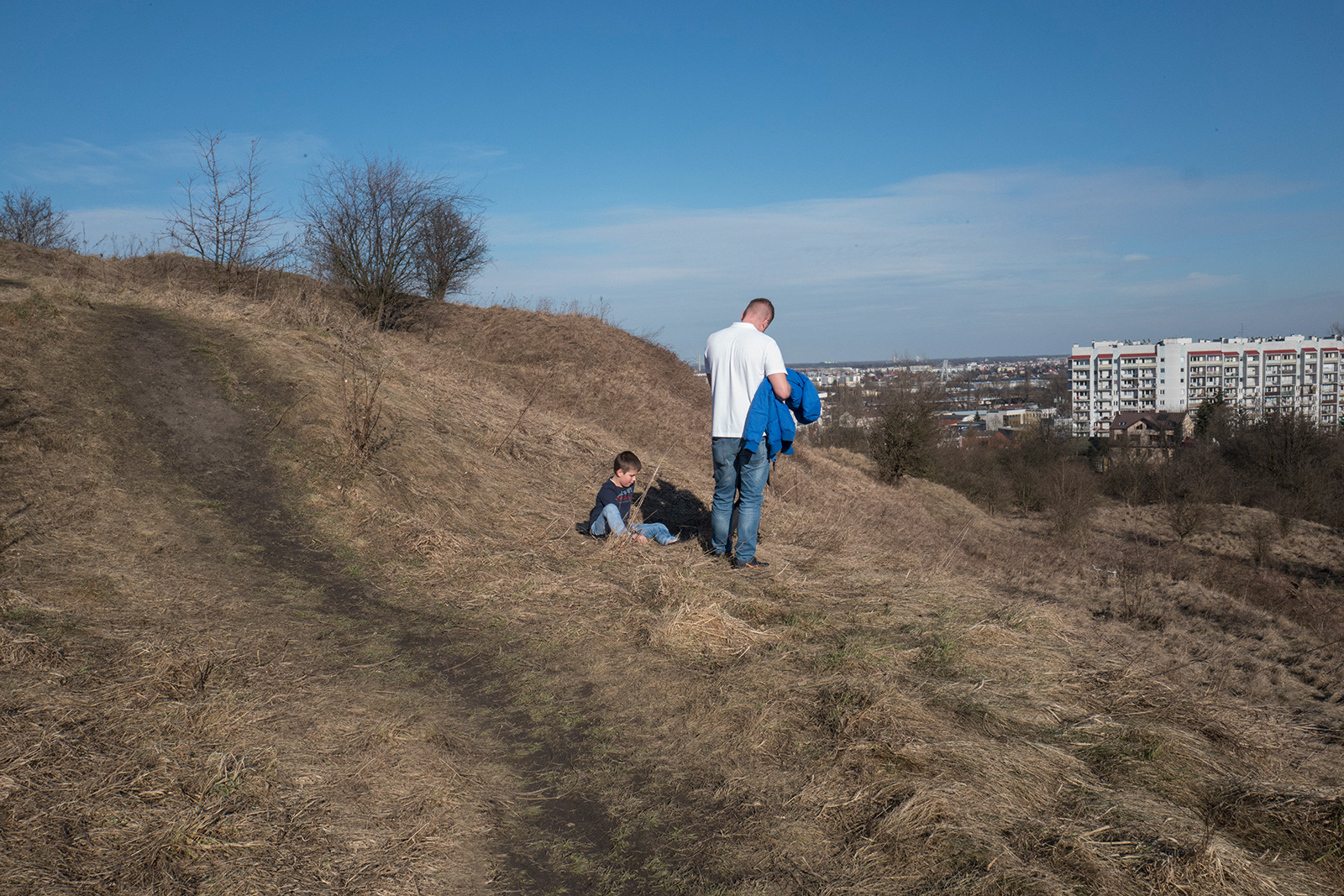
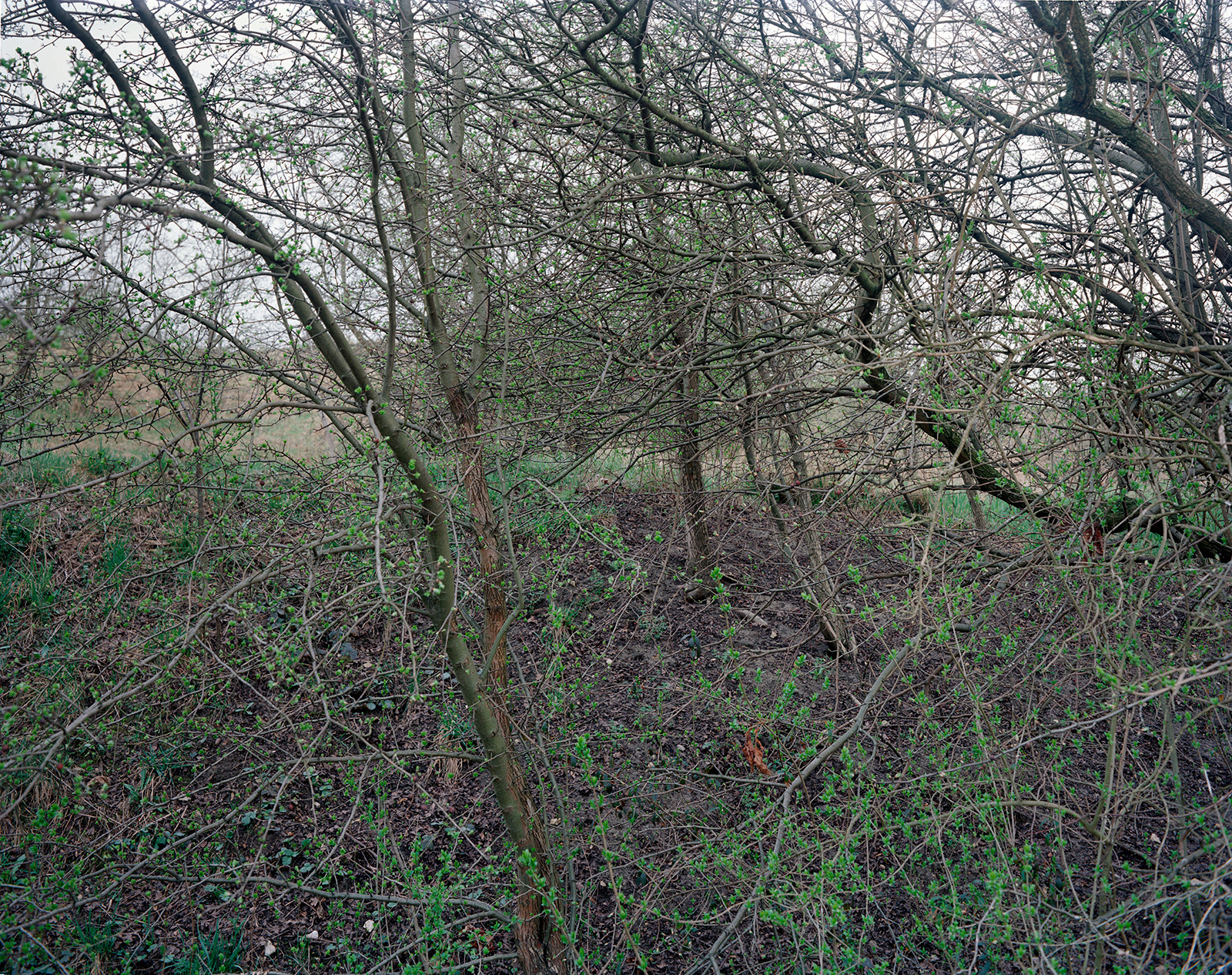

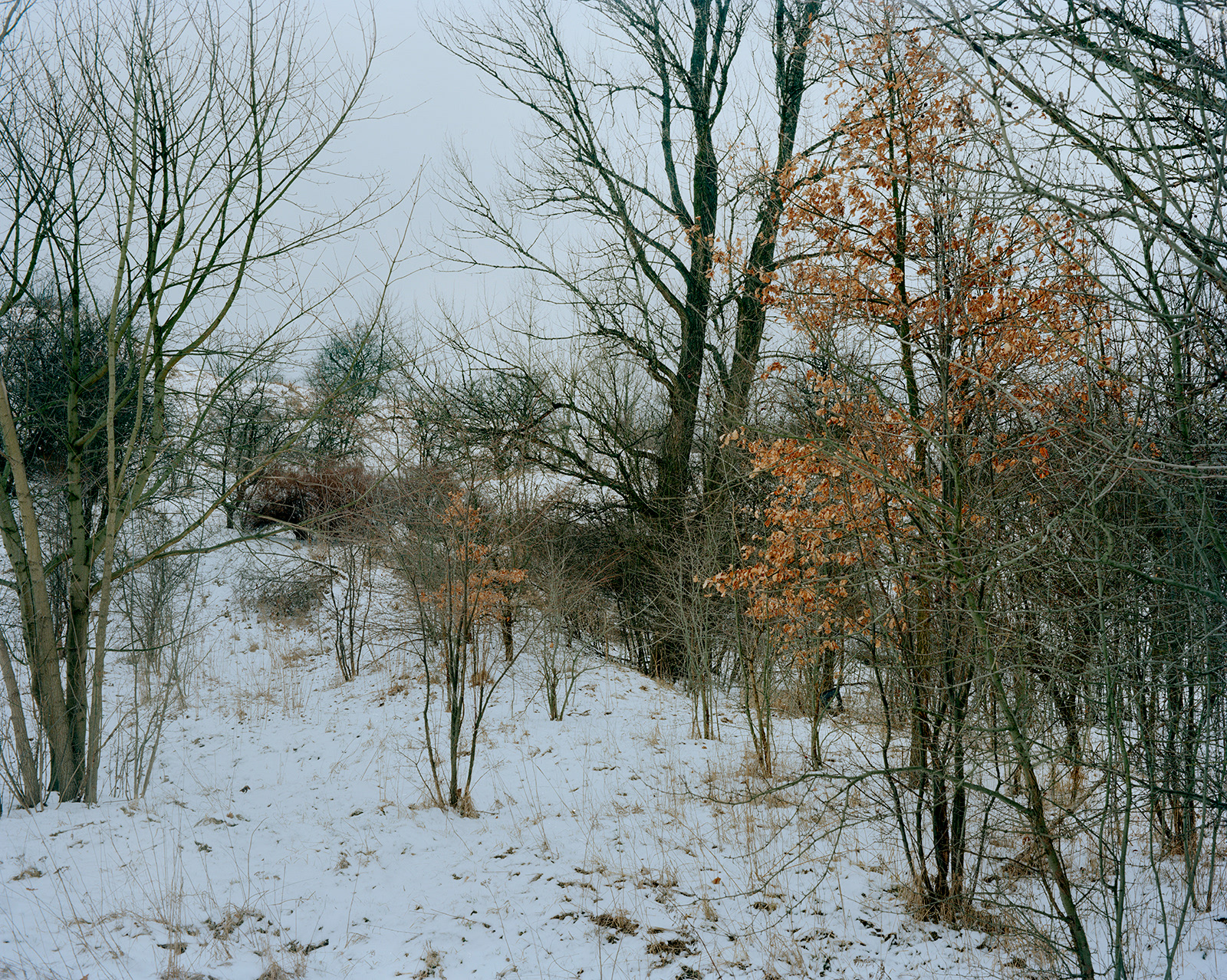
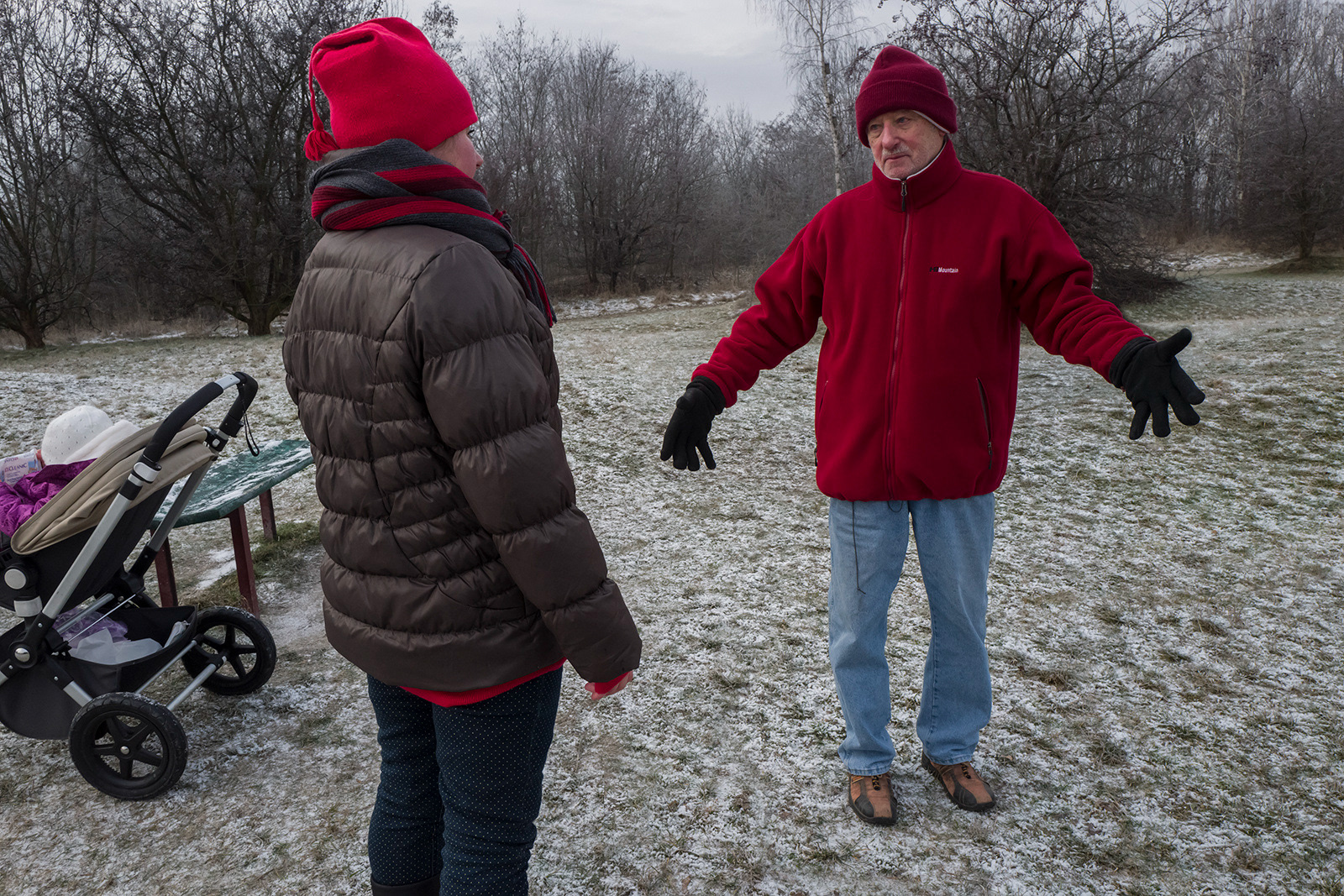

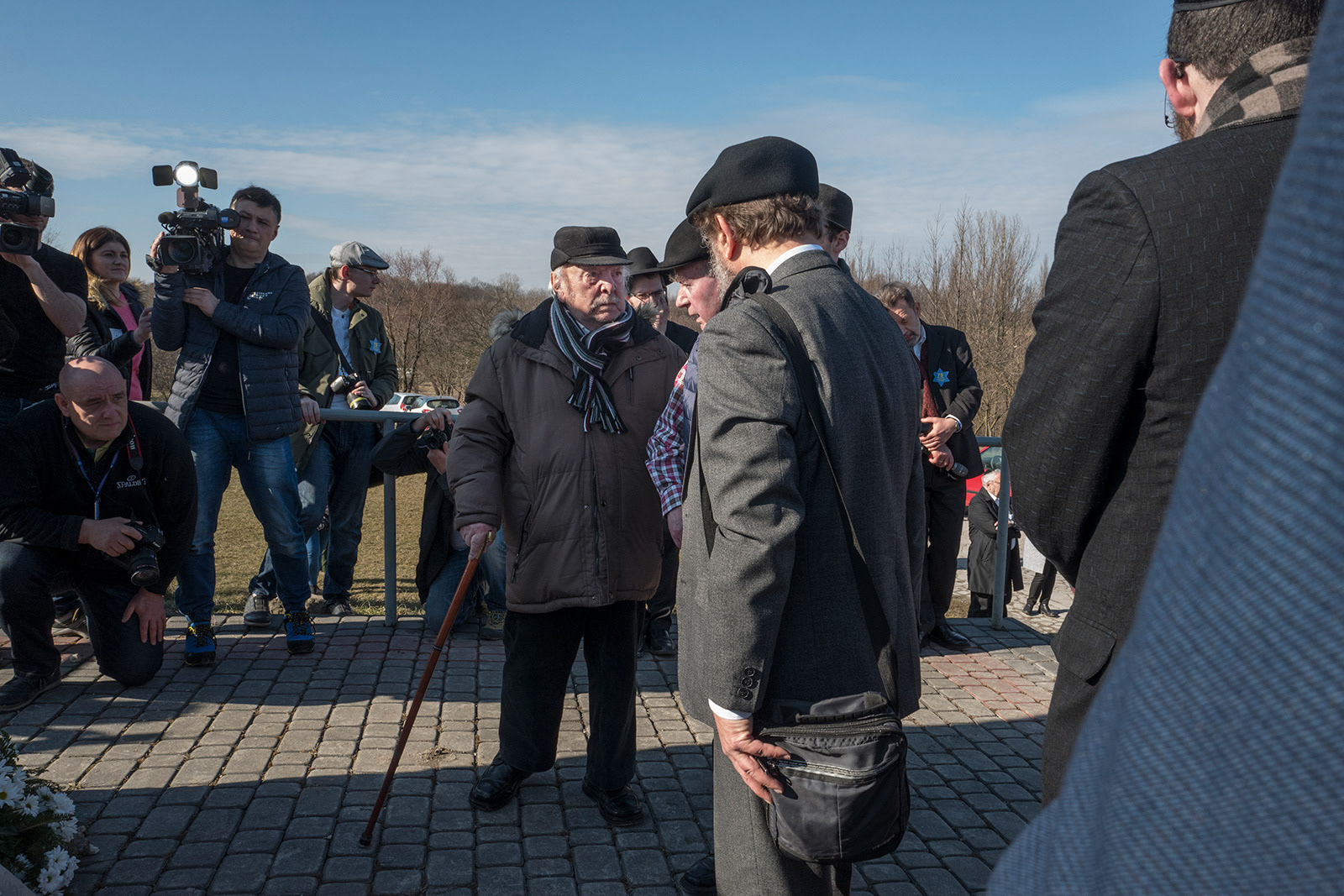
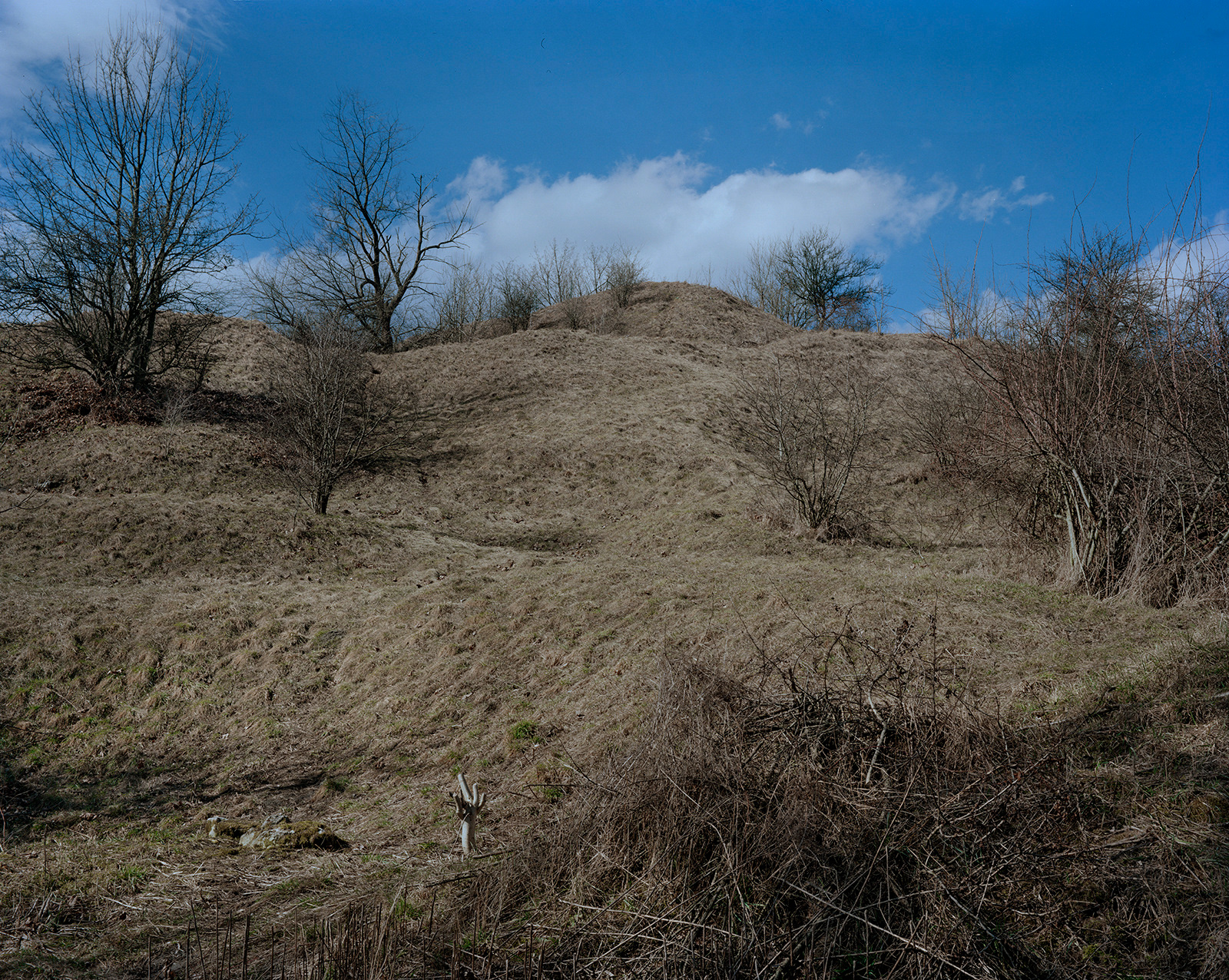

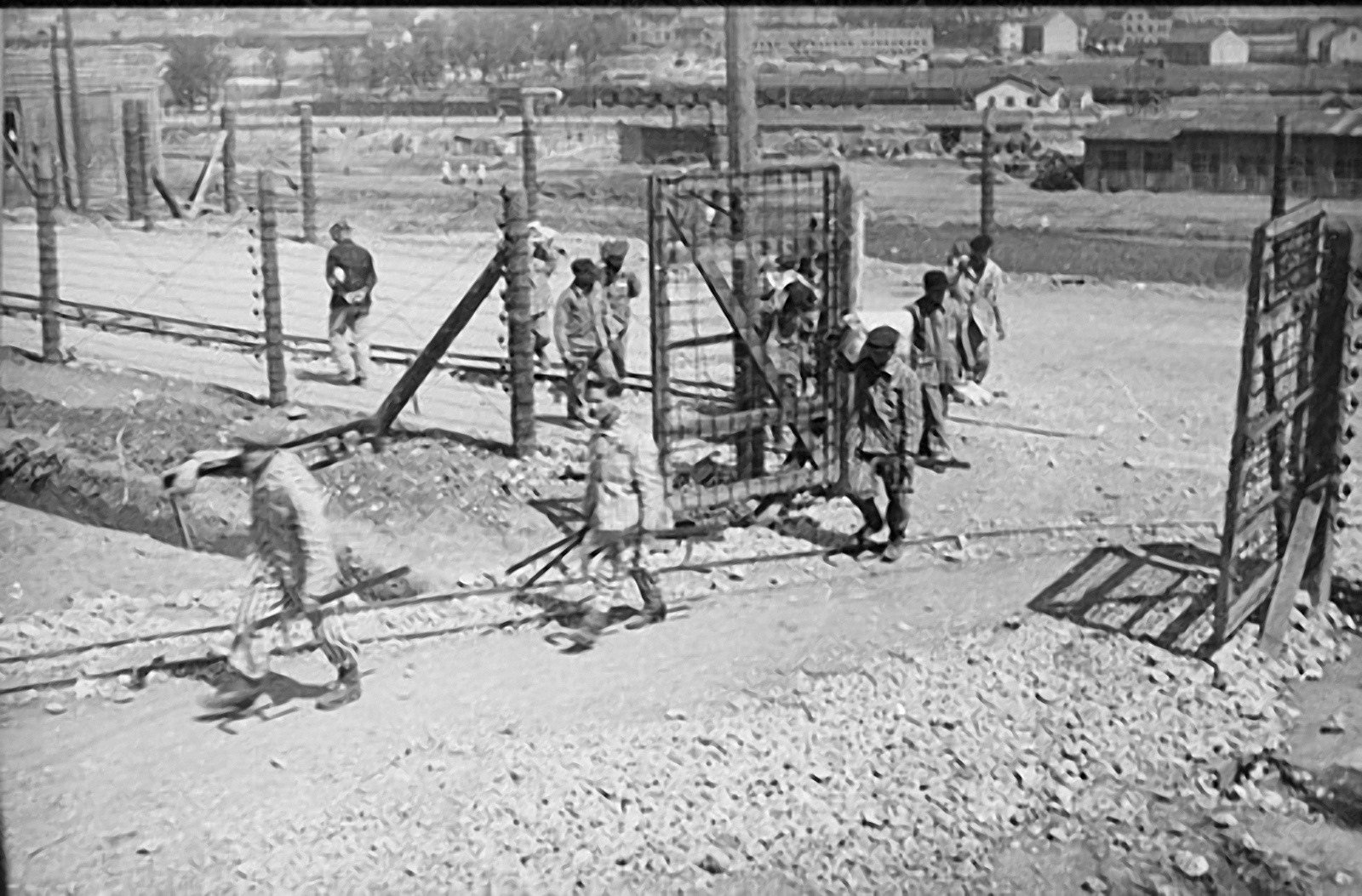

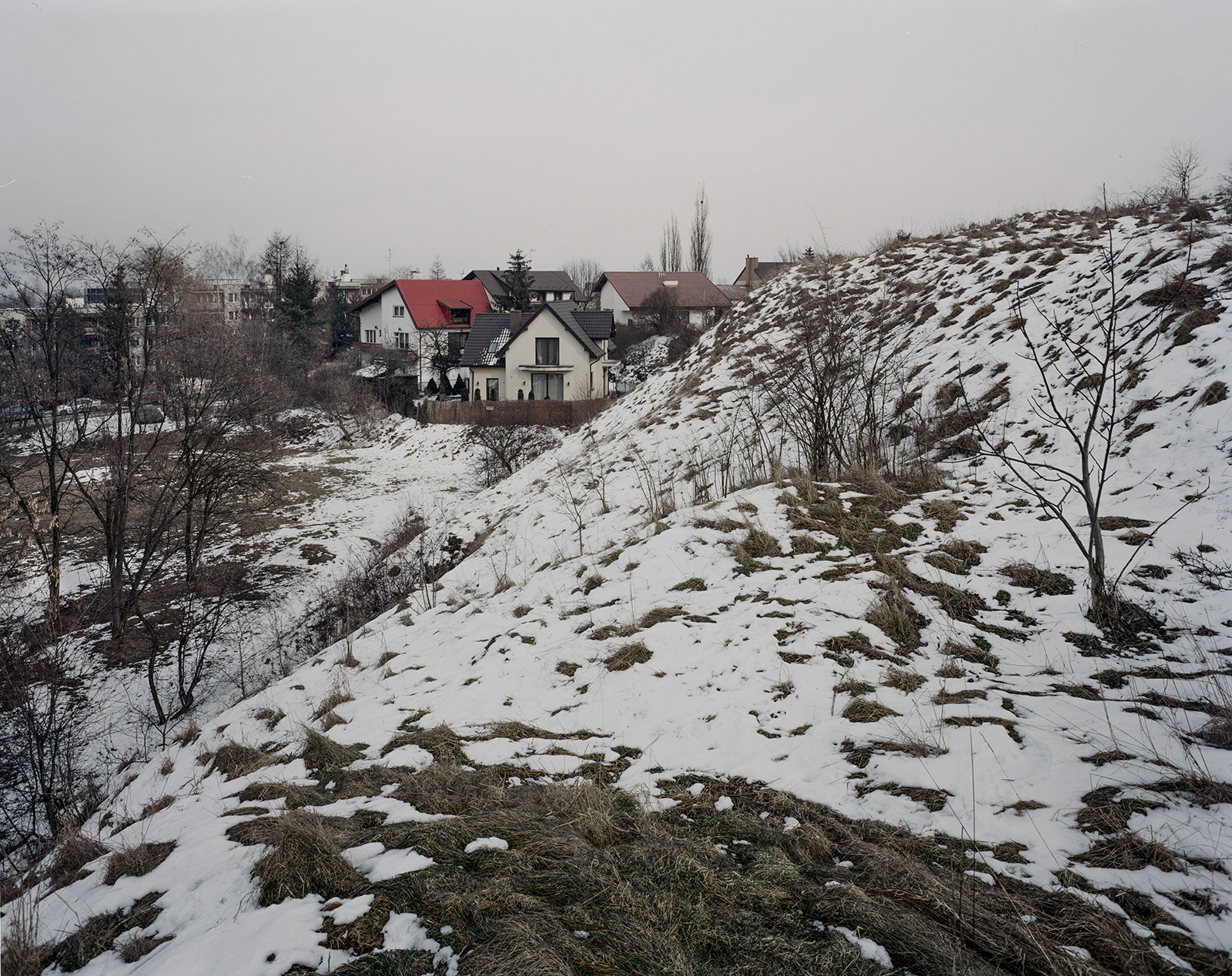

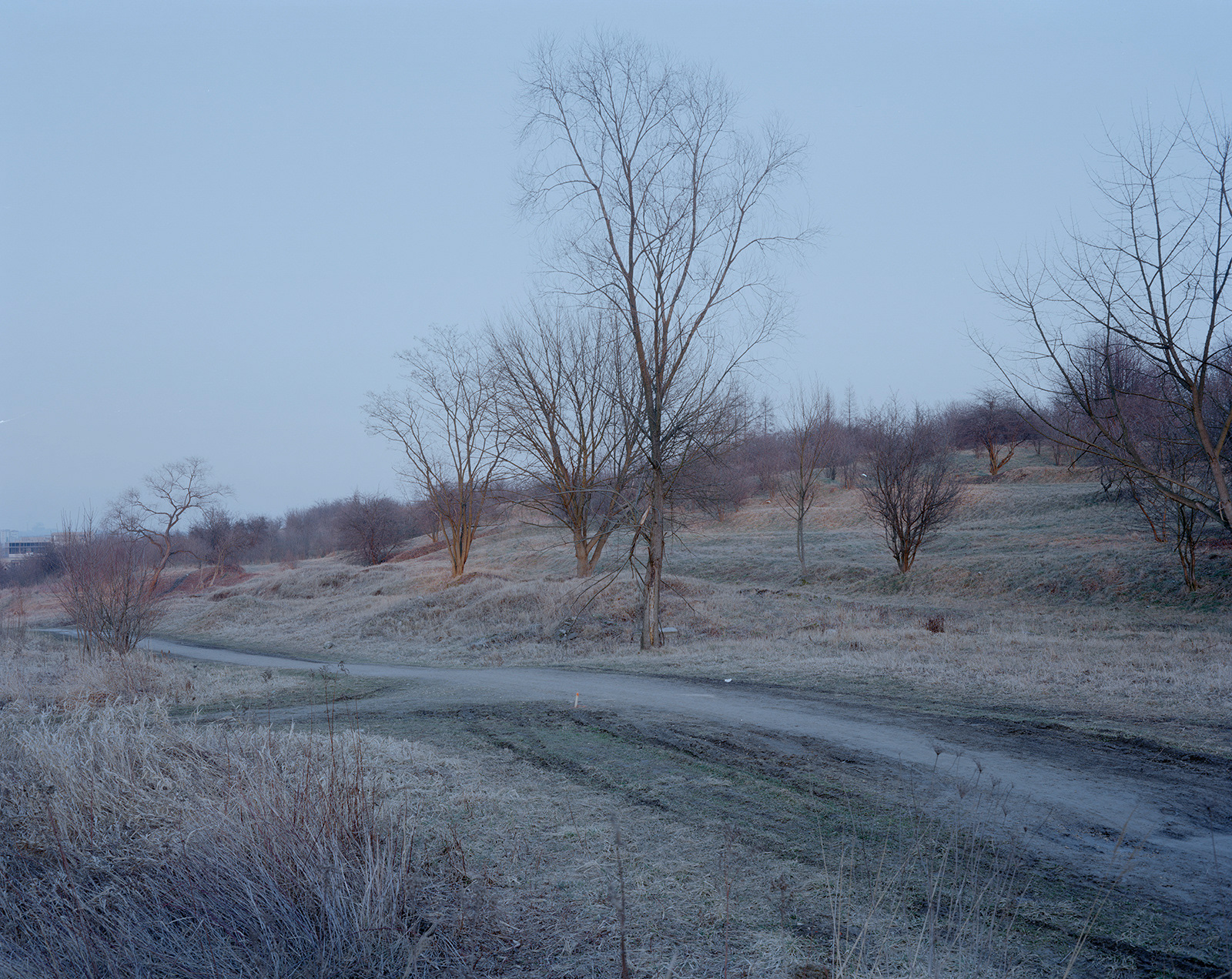

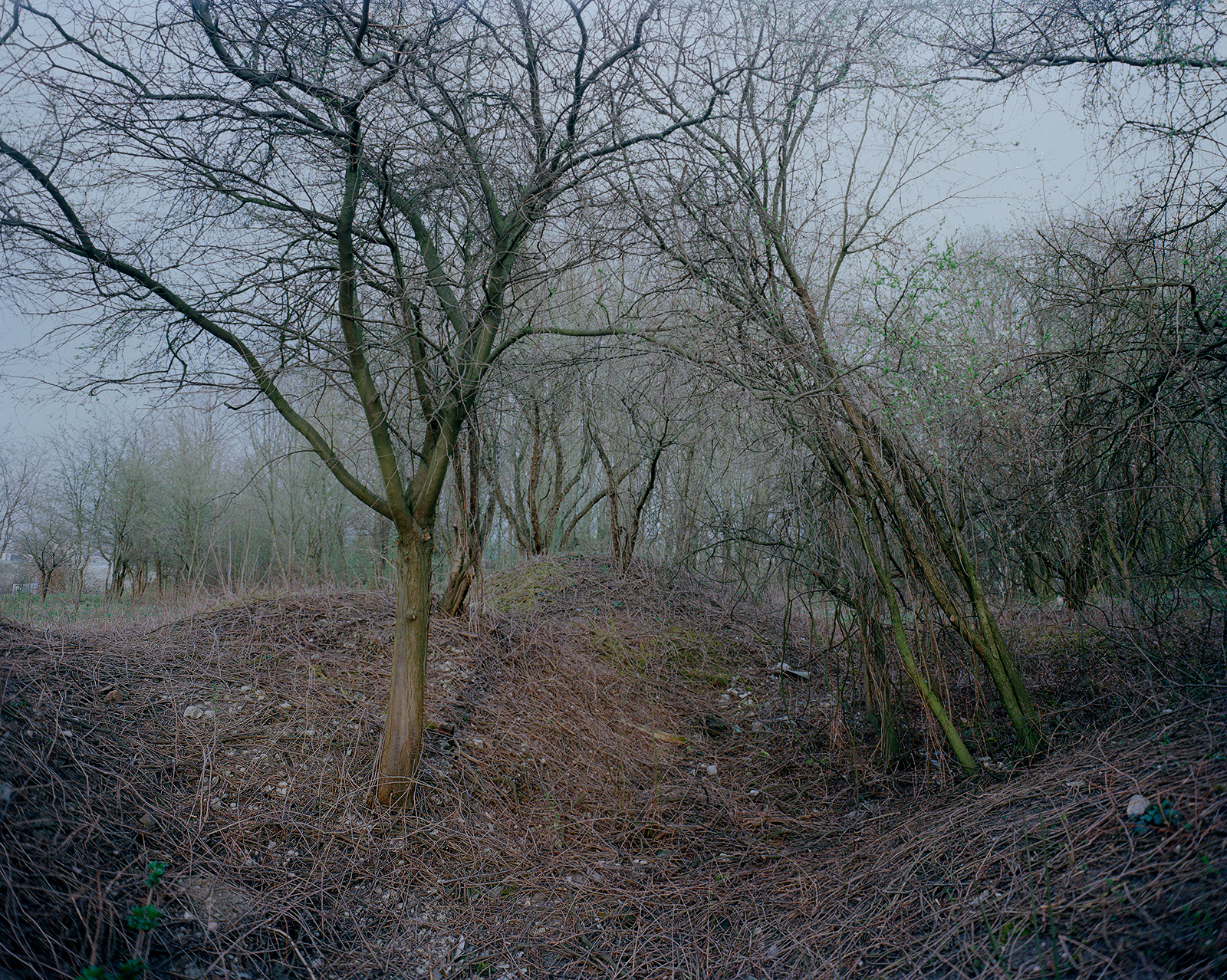

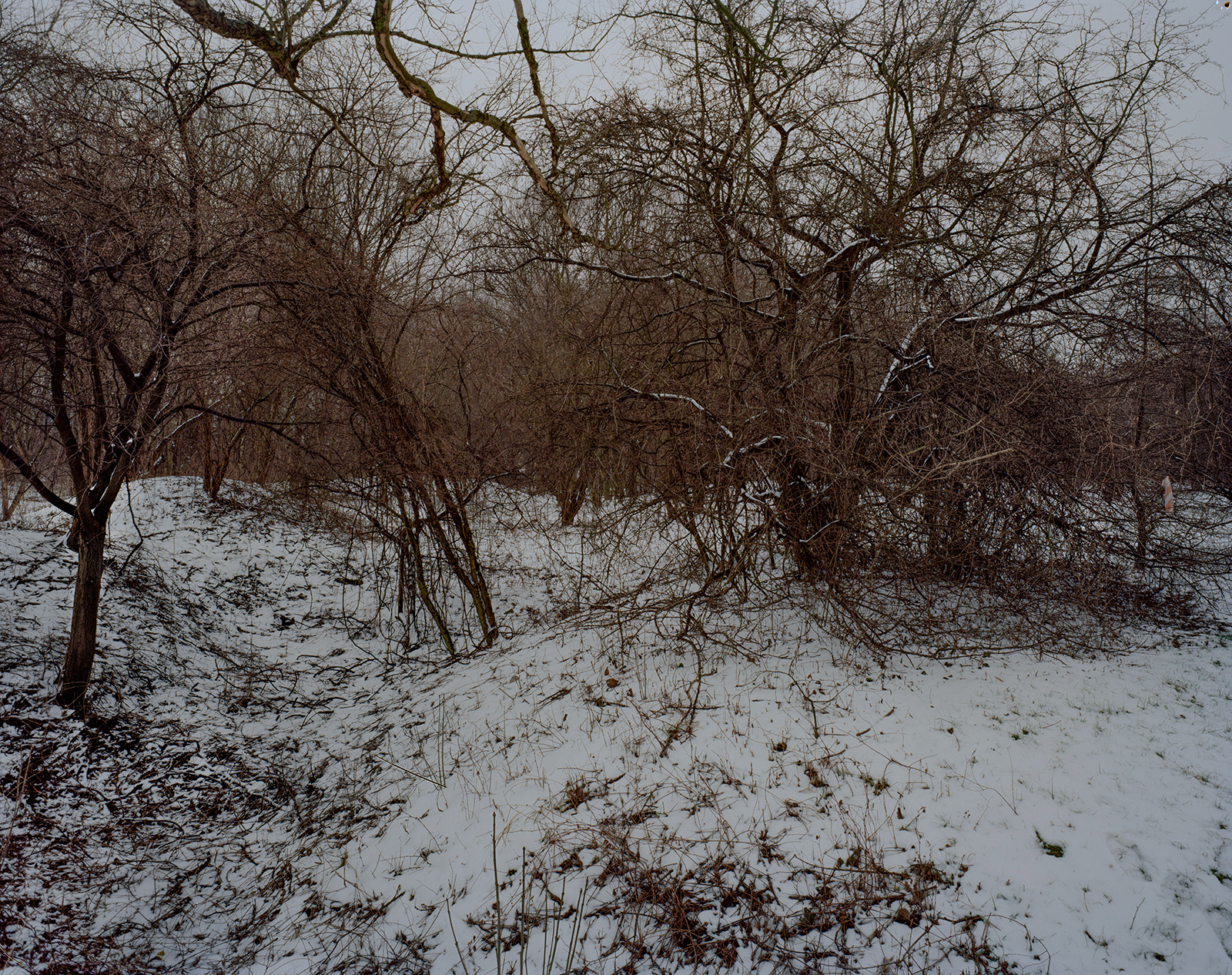
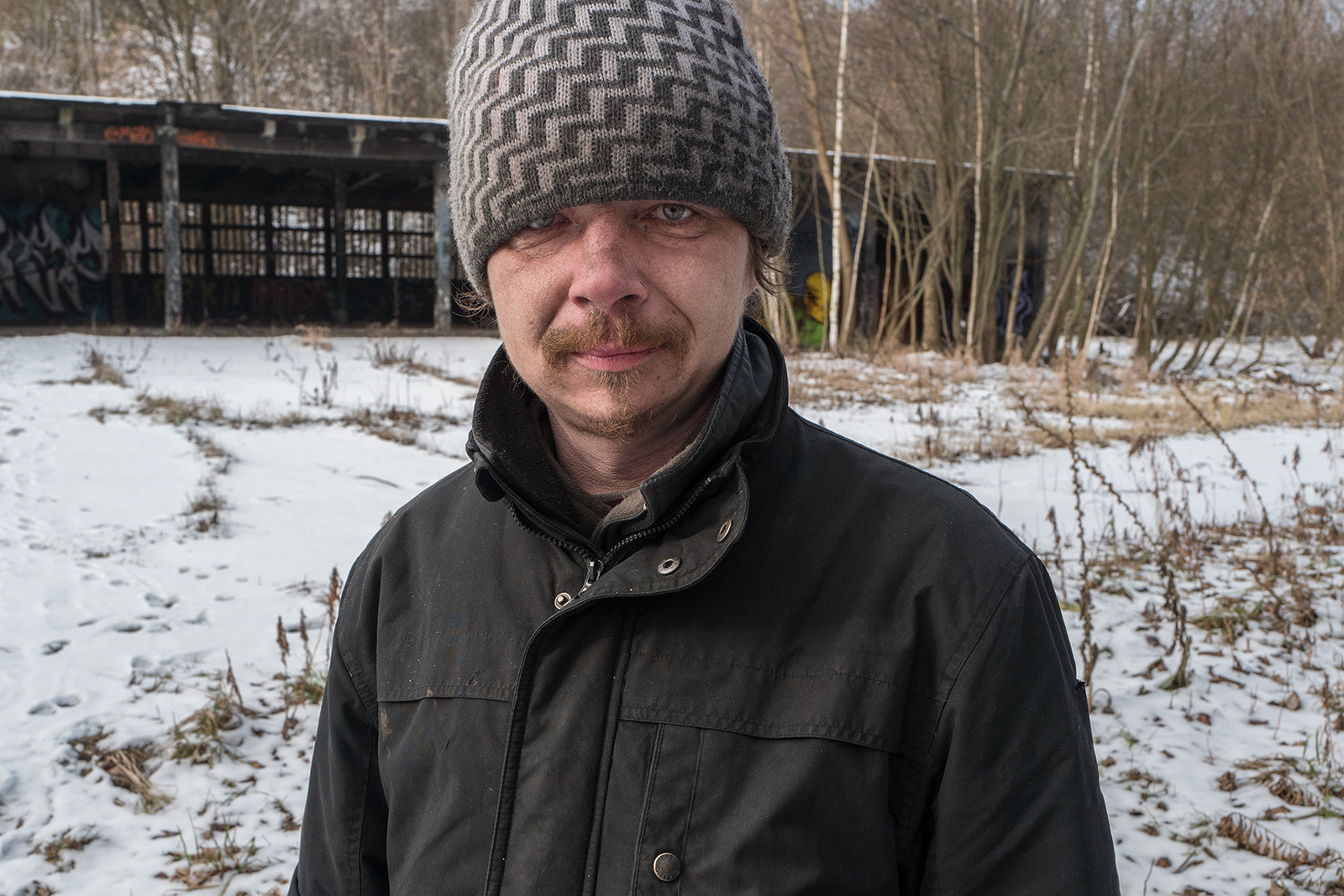
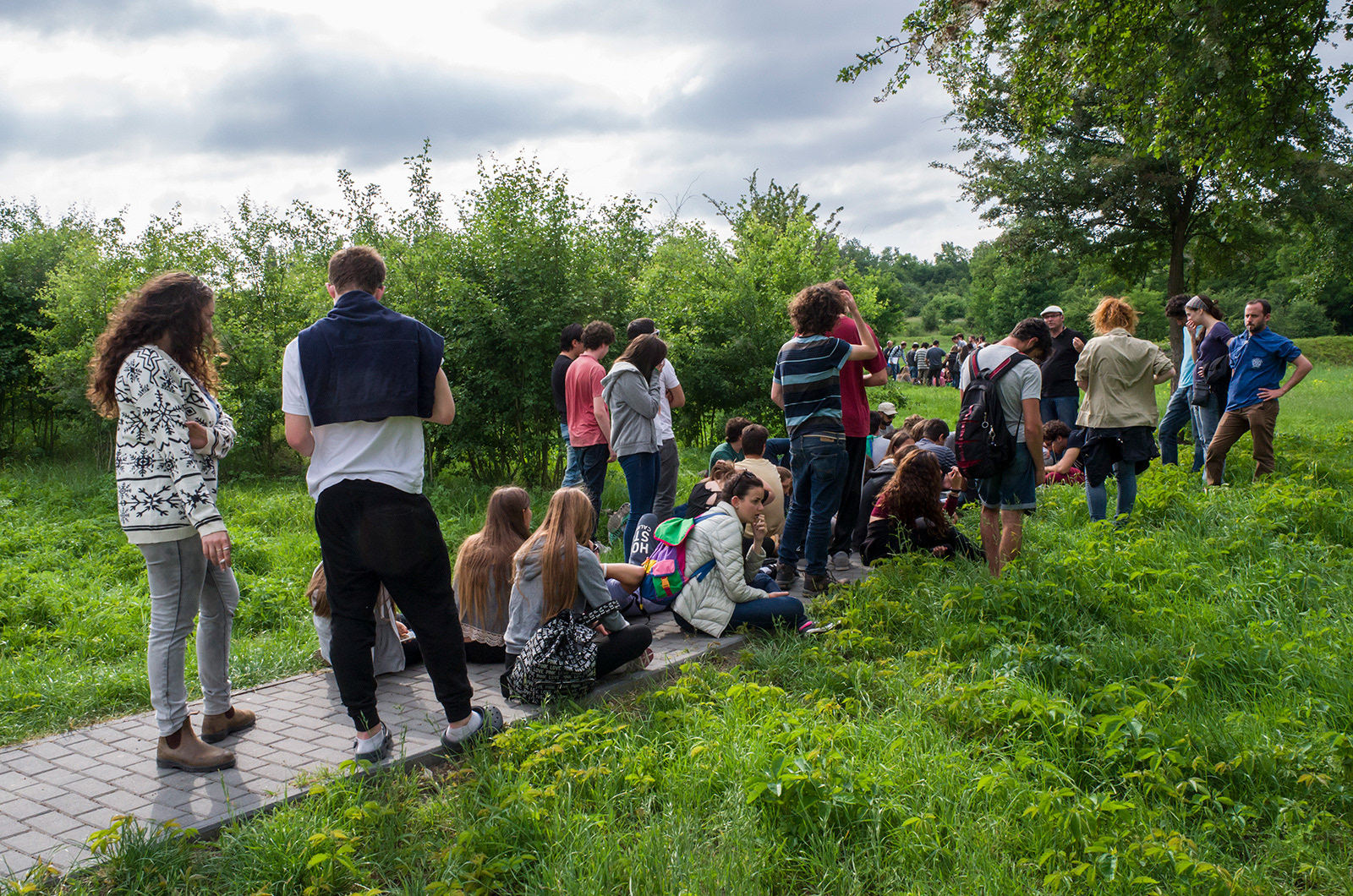
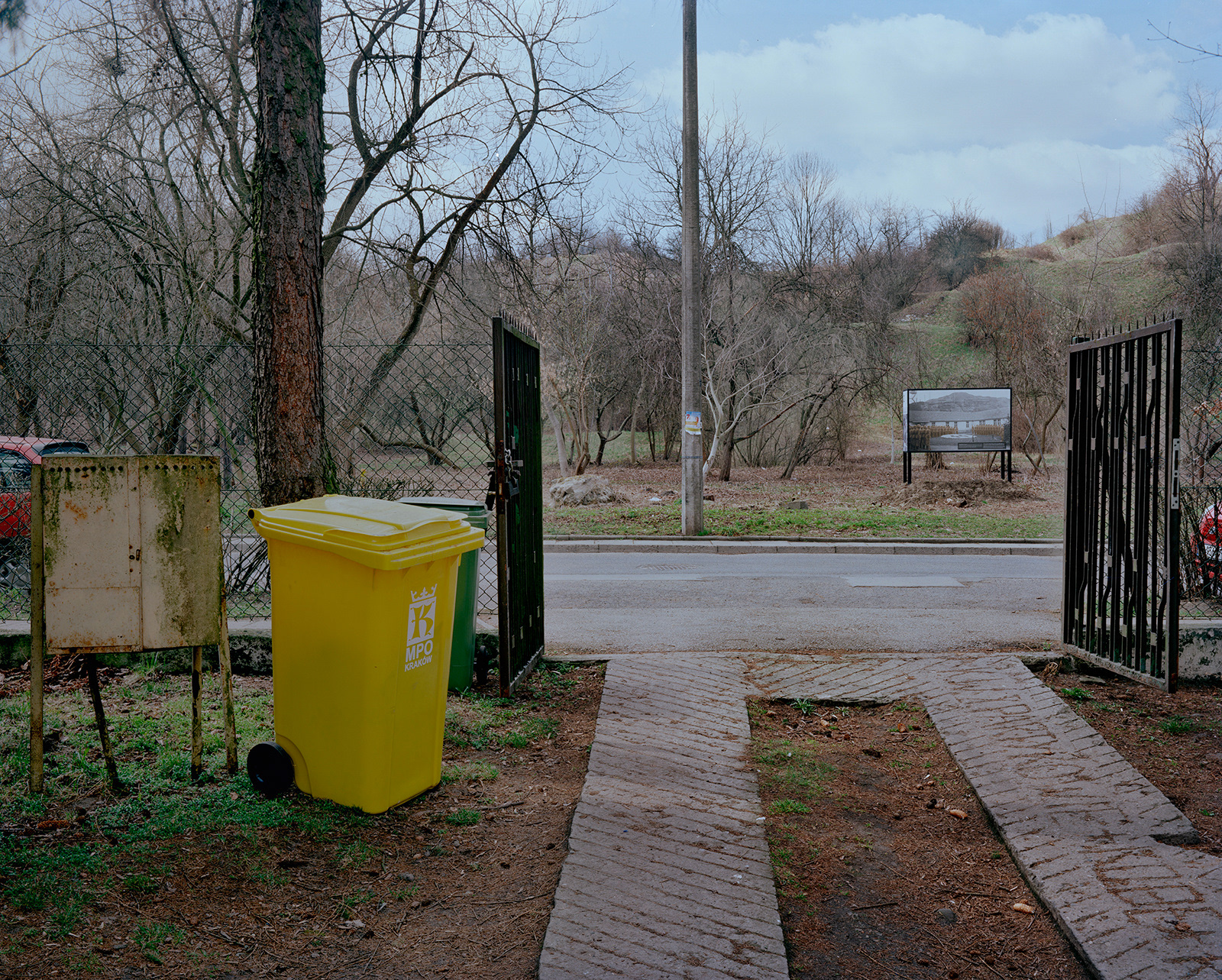



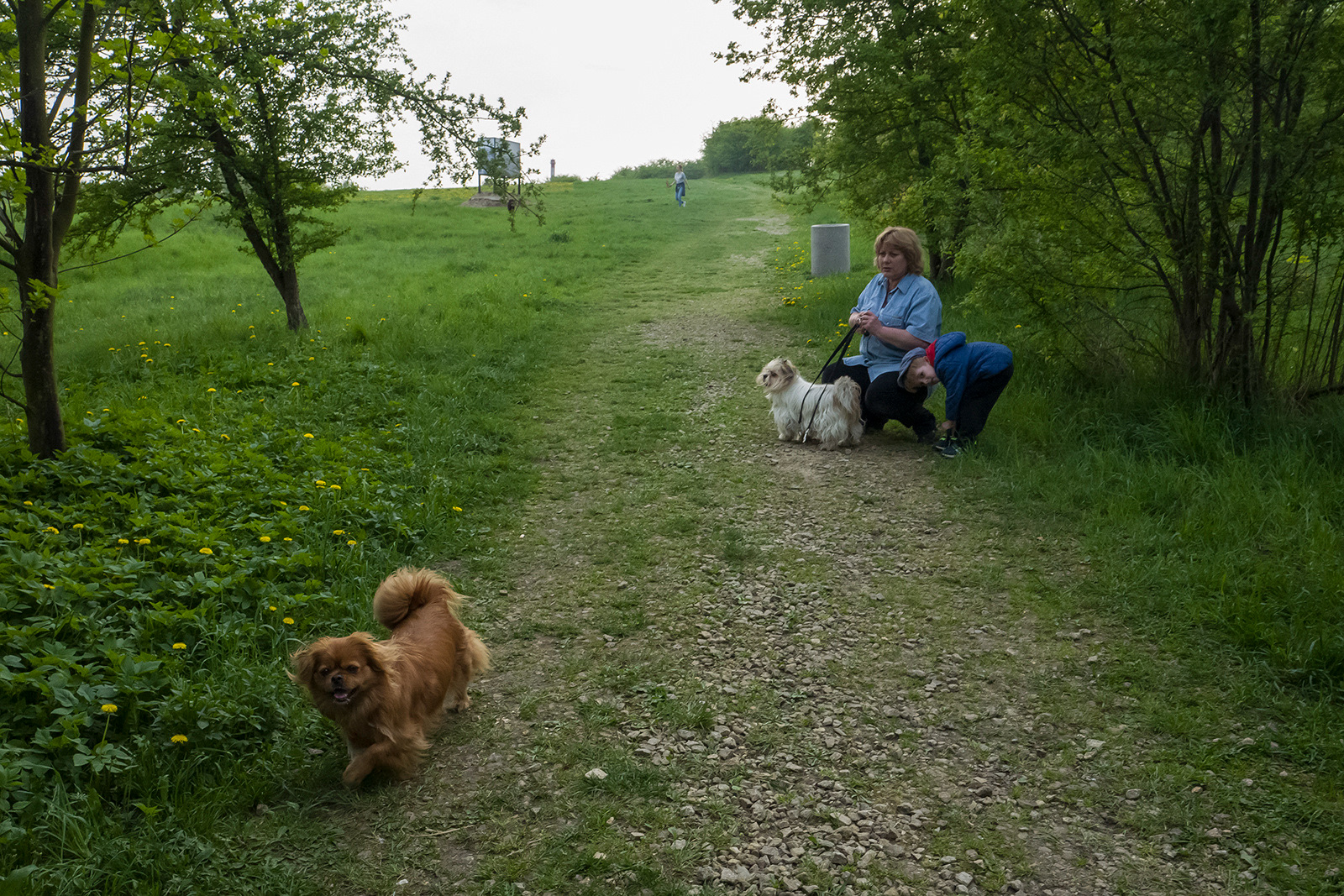
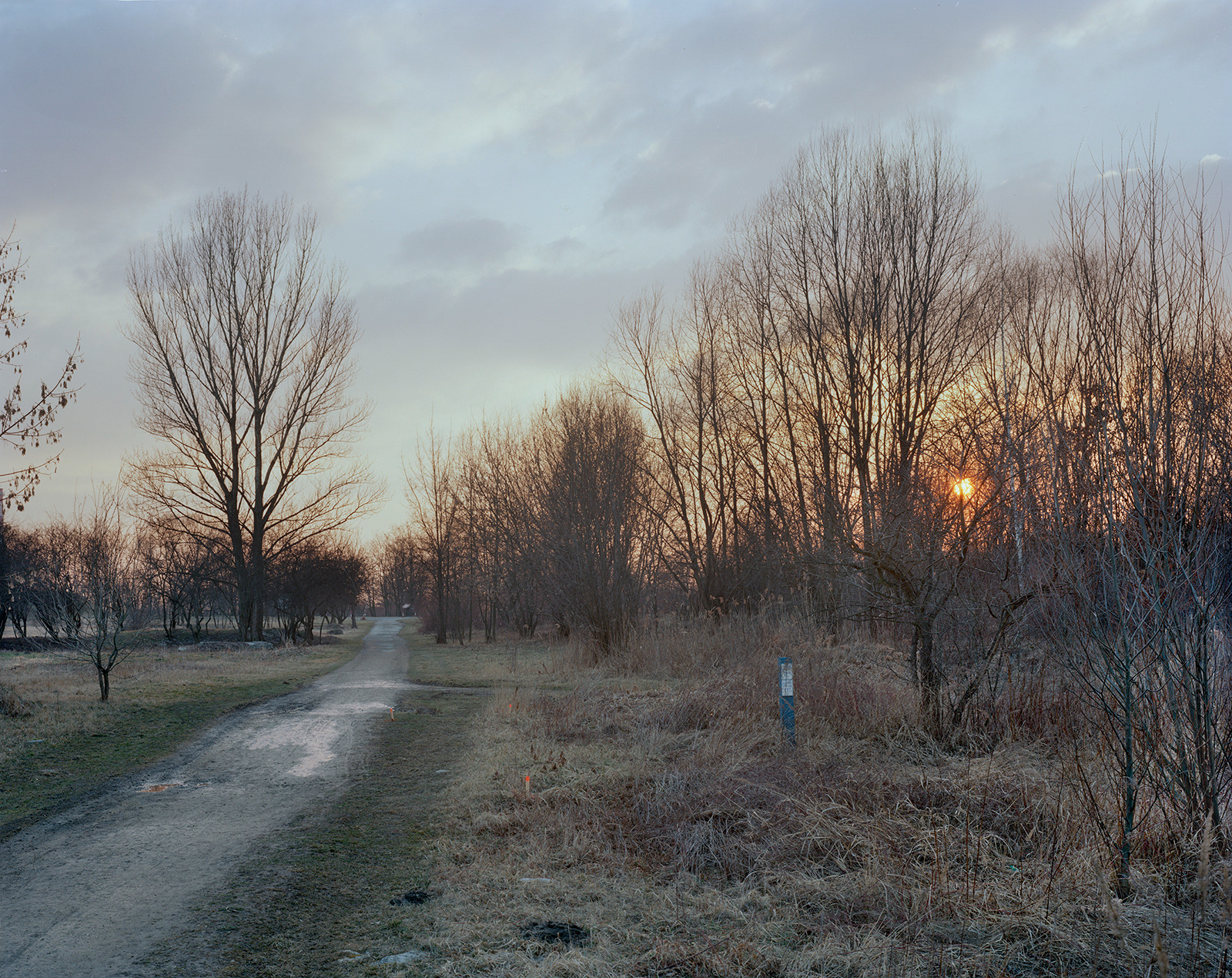

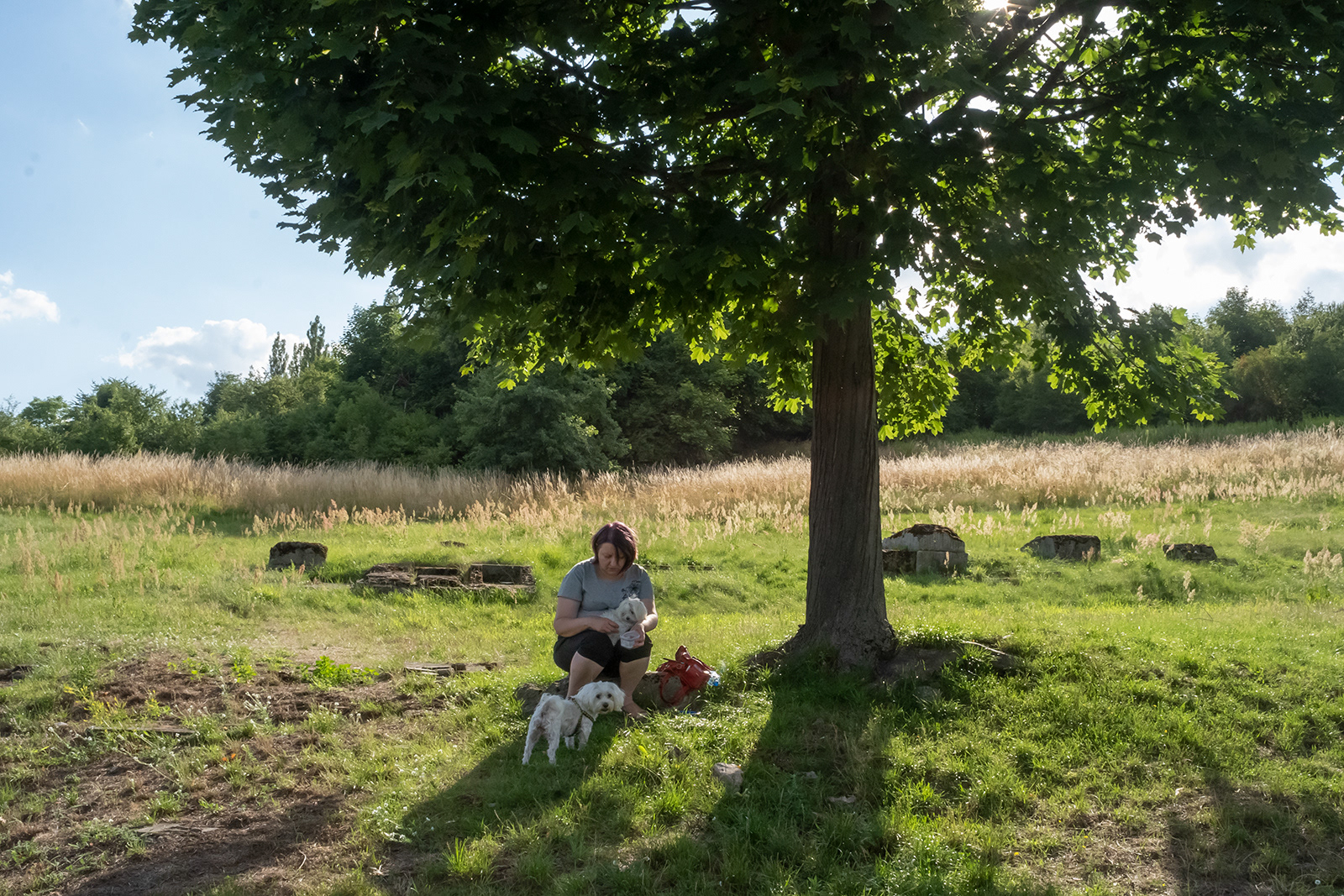


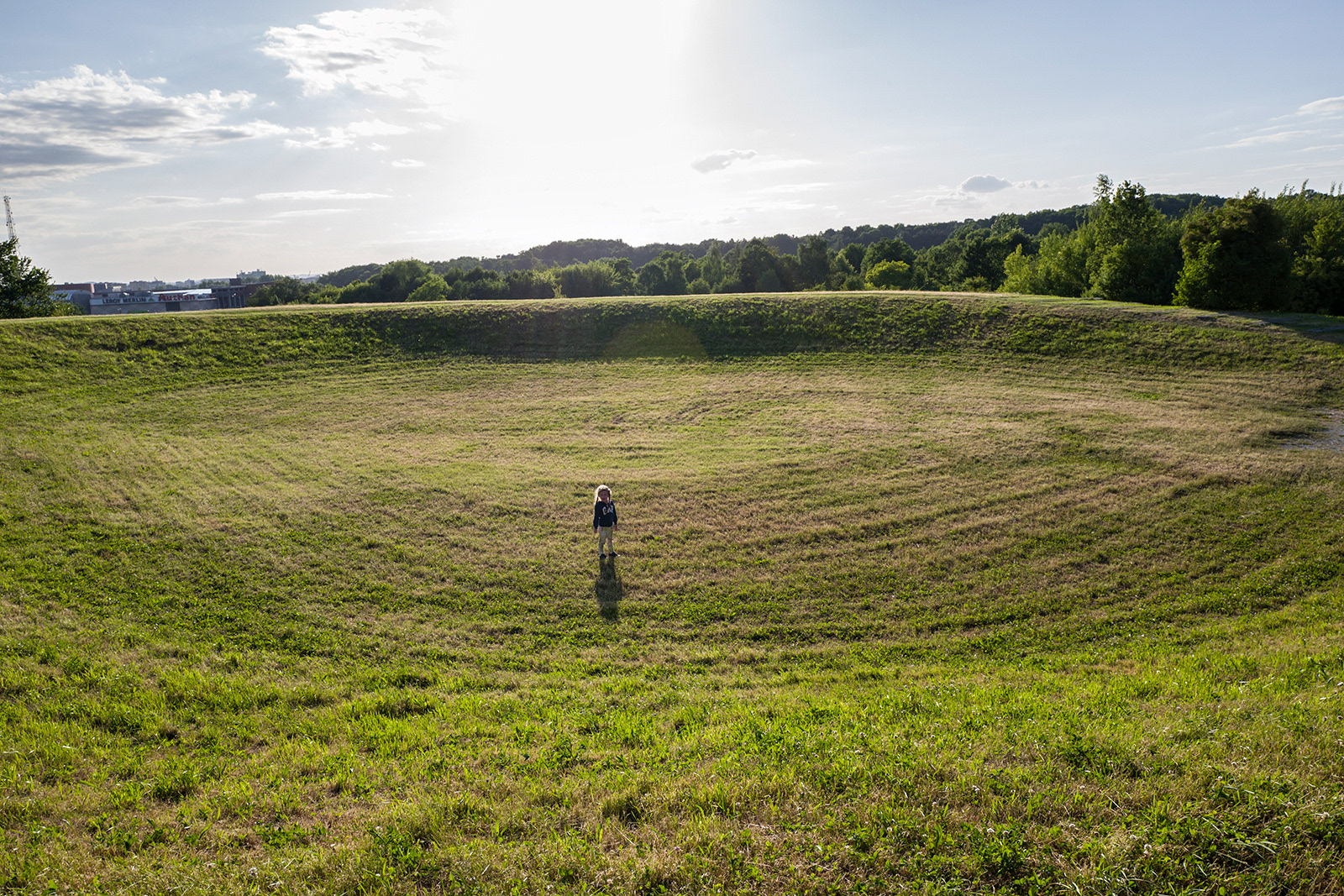
When I return to Kraków, invariably I end up walking the hills and the fields of Płaszów. I walk Płaszów to look, to look into it, to look through it––which is to say to look by means of it into something else, call it a vision of the past and the future. I look to Płaszów to teach me to look again, as it has taught me to look before. Płaszów brings me into the space where an open heart crosses a conjectural mind—Płaszów, ultimately, is that crossed space, hovering above and below the genocidal earth—as if with each step it were talking back to me through my own eyes, saying “I would look again if I were you, and again, and again.”
The path through Płaszów––my particular path––crisscrosses itself and keeps digressing. I suppose this is also just my way in the world, and maybe goes without saying, except that there is no good word I know in English for pointed meandering, in which the path is made in the act of walking it and also experienced as if it had been prepared in advance of walking.
The path through Płaszów––my particular path––crisscrosses itself and keeps digressing. I suppose this is also just my way in the world, and maybe goes without saying, except that there is no good word I know in English for pointed meandering, in which the path is made in the act of walking it and also experienced as if it had been prepared in advance of walking.
For those who know something about Kraków, Płaszów ineluctably recalls the war, specifically the camp that the Germans created there. The camp opened in June 1942 as the main forced-labor camp for Jews rounded up from the Kraków region, and later from Hungary. It initially occupied 25 acres on the site of two Jewish cemeteries in the Podgórze section of Kraków, and was planned to hold 5,000-7,000 prisoners, largely from the Kraków ghetto. By 1944, it occupied 197 acres and contained some 30,000 prisoners, and over 200 buildings. At least 150,000 people passed through the camp in the two and a half years of its existence. Though most prisoners were Jews, the camp’s population also included hundreds of Roma and thousands of Polish political prisoners, as many as 3,000 following the Warsaw uprising in the late summer and fall of 1944.
The camp served three major purposes simultaneously. First, it was a forced labor camp, in which prisoners worked as tailors, locksmiths, carpenters, upholsterers, mechanics, electricians, shoemakers, furriers, printers. Second, it was a transit camp for condemned Jews subsequently sent to Bełżec, Auschwitz and other forced labor camps. Third, it formed a killing center of its own, with regular massacres occurring by gunshot, especially at two military fortifications originally built by the Austrians, which prisoners came to call Hujowa Górka (“Prick Hill”) and Cipowy Dołek (“Cunt Hole”)––names that remain in use. “Life” in the camp was extraordinarily brutal, especially under the infamous commander Amon Göth, who assumed leadership in February 1943. Sadistic beatings, shootings, and torture of prisoners occurred continuously, above and beyond the camp’s baseline murderousness of starvation, exhaustion and disease. Camp guards included some 200 Ukrainian SS men trained at Trawniki, plus another 600 German SS men and SS women.
In January 1944, the SS economic and administration department took over the Płaszów camp, effectively converting it from a regional to a major camp in the general government. The SS liquidated the remaining forced labor camps for Jews in the Kraków and Radom districts, and concentrated Jewish slave laborers at Płaszów, which overtook Majdanek in size. In the summer of 1944, in an effort to erase evidence of the camp, the Nazis began to exhume the bodies of some 9,000 people from 11 mass graves, and burn them. Witnesses later testified that 17 truckloads of human ashes were removed from the burning sites and scattered over the area of the camp. The death toll at the camp is estimated at 8,000-10,000. In January 1945, the SS guards evacuated the last 636 Jews from Płaszów in the direction of Auschwitz, and when Soviet troops entered Krakow on January 19, they found Płaszów a deserted, barren tract of land.
The camp served three major purposes simultaneously. First, it was a forced labor camp, in which prisoners worked as tailors, locksmiths, carpenters, upholsterers, mechanics, electricians, shoemakers, furriers, printers. Second, it was a transit camp for condemned Jews subsequently sent to Bełżec, Auschwitz and other forced labor camps. Third, it formed a killing center of its own, with regular massacres occurring by gunshot, especially at two military fortifications originally built by the Austrians, which prisoners came to call Hujowa Górka (“Prick Hill”) and Cipowy Dołek (“Cunt Hole”)––names that remain in use. “Life” in the camp was extraordinarily brutal, especially under the infamous commander Amon Göth, who assumed leadership in February 1943. Sadistic beatings, shootings, and torture of prisoners occurred continuously, above and beyond the camp’s baseline murderousness of starvation, exhaustion and disease. Camp guards included some 200 Ukrainian SS men trained at Trawniki, plus another 600 German SS men and SS women.
In January 1944, the SS economic and administration department took over the Płaszów camp, effectively converting it from a regional to a major camp in the general government. The SS liquidated the remaining forced labor camps for Jews in the Kraków and Radom districts, and concentrated Jewish slave laborers at Płaszów, which overtook Majdanek in size. In the summer of 1944, in an effort to erase evidence of the camp, the Nazis began to exhume the bodies of some 9,000 people from 11 mass graves, and burn them. Witnesses later testified that 17 truckloads of human ashes were removed from the burning sites and scattered over the area of the camp. The death toll at the camp is estimated at 8,000-10,000. In January 1945, the SS guards evacuated the last 636 Jews from Płaszów in the direction of Auschwitz, and when Soviet troops entered Krakow on January 19, they found Płaszów a deserted, barren tract of land.
Until 2017, when the Historical Museum of the City of Kraków accepted the task of commemorating the site, Płaszów was the only major former Nazi camp in Poland not under the oversight of a museum or cultural institution. Instead, in the decades since the end of the Second World War, Płaszów has come to form an ambivalent space within the contemporary city, a tract of open land that is both a known Holocaust site and a de-facto public park used for recreation, especially in the warm months, where it is popular among dog-walkers, sunbathers, picknickers and drinkers. About their reasons for doing these things I still grasp little, though I have spent dozens of hours doing formal interviews with locals at the site. I ask myself: how to articulate the particular combinations of knowledge and ignorance that seem to characterize local Polish attitudes to Płaszów? How to describe the distinction between plain ignorance and willful ignorance, or between cold and warm knowledge of what happened there? How to understand the ways that in local Polish consciousness, “our” murdered and “their” murdered seem to occupy different strata of ethical obligation? (And how to enter the particular fear that seems to mediate so much of Polish response to the Holocaust, the particular taboo that the Holocaust forms in Polish collective consciousness? How to disengage what seems to be an almost reflexive Polish response to the memory of the genocide of the Jews: "Are you asking me because I am being blamed for something?” How to cut through Polish defensiveness, where it forms a barrier, to inquire: "With compassion for your own path to this place, can you learn to feel what really happened here?” There are so many things about Polish understanding of Płaszów I fail to understand.)
But I know: looking is hard, really looking, and feeling what you look is harder. For years I have been traveling and photographing the geography of the Holocaust all over Poland and Ukraine, also Lithuania and Latvia, Moldova, Germany, Hungary, Austria, and over and over I have encountered are locations like Płaszów––locations locked in an ongoing contest between being sites of memory and non-sites of memory. Places like Płaszów are at once volatile and marginal, charged and forsaken, rich and abject. They are places whose fullness-in-experience is paradoxically constituted by their being sites left aside. They are places whose capacity to retain memory, to be “found again,” is paradoxically constituted by their being unfindable, and they are places where forgetting and remembering tend to converge––strangely––as if they were two aspects of a larger phenomenon of opposing forces defined by a single, not-yet-invented word. They are places made from what seems like “active indifference”––apathy paradoxically endowed with agency, force, means. In Kraków, Płaszów is the best example of such a location. Płaszów is at once inert and constantly in a flow state of contradiction––its traumatic past and amnesiac present both adrift in time, neither one embraced and neither one disavowed.
I am walking the hills and fields of Płaszów, and they keep reminding me: for the Nazis, to murder was not enough: it was necessary to obliterate, to eradicate everything about the victims––their being and their having-been in the world, their remains, and also the tools of the obliteration and the memory of it. The fascist program was not only to physically annihilate, but to exile that annihilation to the condition of the unshown, the invisible and indeed the unimaginable. I am asking myself: is this to say remembering the crime requires mobilizing the imagination, and directing it toward the visible as I stand to encounter it now? And I am asking myself: is looking over and into and through the afterlives of the crime an act that also resists the program of obliteration?
But I know: looking is hard, really looking, and feeling what you look is harder. For years I have been traveling and photographing the geography of the Holocaust all over Poland and Ukraine, also Lithuania and Latvia, Moldova, Germany, Hungary, Austria, and over and over I have encountered are locations like Płaszów––locations locked in an ongoing contest between being sites of memory and non-sites of memory. Places like Płaszów are at once volatile and marginal, charged and forsaken, rich and abject. They are places whose fullness-in-experience is paradoxically constituted by their being sites left aside. They are places whose capacity to retain memory, to be “found again,” is paradoxically constituted by their being unfindable, and they are places where forgetting and remembering tend to converge––strangely––as if they were two aspects of a larger phenomenon of opposing forces defined by a single, not-yet-invented word. They are places made from what seems like “active indifference”––apathy paradoxically endowed with agency, force, means. In Kraków, Płaszów is the best example of such a location. Płaszów is at once inert and constantly in a flow state of contradiction––its traumatic past and amnesiac present both adrift in time, neither one embraced and neither one disavowed.
I am walking the hills and fields of Płaszów, and they keep reminding me: for the Nazis, to murder was not enough: it was necessary to obliterate, to eradicate everything about the victims––their being and their having-been in the world, their remains, and also the tools of the obliteration and the memory of it. The fascist program was not only to physically annihilate, but to exile that annihilation to the condition of the unshown, the invisible and indeed the unimaginable. I am asking myself: is this to say remembering the crime requires mobilizing the imagination, and directing it toward the visible as I stand to encounter it now? And I am asking myself: is looking over and into and through the afterlives of the crime an act that also resists the program of obliteration?
Georges Didi-Huberman usefully speaks of three kinds of laziness concerning the ethical status of the testimonial image. His concern specifically is historical imagery made during the genocide itself, but it seems to me that his framework also presents a way of thinking about pictures in relation to a place like Płaszów. There is, first of all, the laziness of the aesthete, who reifies and champions invisibility as a transcendent commemorative state, and indeed imposes invisibility even upon that which is not invisible. Then there is the laziness of the believer, who reifies and champions visibility, making icons of the horrible to whatever extent the horrible is present in images, or convenes around them by implication. Finally there is the laziness of the learned, for whom images are information-bearing or not information-bearing, and the act of looking reducible to the act of reading a document, or else deemed useless.
Combating lazinesses, it seems to me, demands the legs as well as the mind. You have to show up and pace your seeking to actual footsteps. So I walk the former camp, asking myself: am I motivated to make pictures as a way of recognizing––honoring––the apartness of the past from whatever self-certainties attend the imperative to remember? Is it that new pictures stand, for me, as mediating illusions between the intactness of the world before my eyes and the genocide-ruptured past in this place? Am I wrong to say that the ruptured past is not an anterior intactness, but the reverse––precisely the unending conflict of the victims' facts and the perpetrators' anti-facts, the victims' (mostly irretrievable) testimony and the perpetrators' ruthless campaign of dis-imagination, engineered precisely to yield a tracelessness different from the simple recession-from-view that the passage of time naturally entails?
And as mediating illusions, is it the case that post-facto photographs––aftermath images––dwell in a distinctly lacunary domain of the real, somewhere between bringing the truth of the crimes nearer and pushing them further away? Do they work like this: on the one hand elaborating the complications of an existing historic space in which narrative continuity is broken, and on the other hand marking out something like a new contemplative space in which to approach the past, in which “imagination” is what follows from the sentiment that “seeing is doubting,” the reverse of the truism that “seeing is believing”––?
Combating lazinesses, it seems to me, demands the legs as well as the mind. You have to show up and pace your seeking to actual footsteps. So I walk the former camp, asking myself: am I motivated to make pictures as a way of recognizing––honoring––the apartness of the past from whatever self-certainties attend the imperative to remember? Is it that new pictures stand, for me, as mediating illusions between the intactness of the world before my eyes and the genocide-ruptured past in this place? Am I wrong to say that the ruptured past is not an anterior intactness, but the reverse––precisely the unending conflict of the victims' facts and the perpetrators' anti-facts, the victims' (mostly irretrievable) testimony and the perpetrators' ruthless campaign of dis-imagination, engineered precisely to yield a tracelessness different from the simple recession-from-view that the passage of time naturally entails?
And as mediating illusions, is it the case that post-facto photographs––aftermath images––dwell in a distinctly lacunary domain of the real, somewhere between bringing the truth of the crimes nearer and pushing them further away? Do they work like this: on the one hand elaborating the complications of an existing historic space in which narrative continuity is broken, and on the other hand marking out something like a new contemplative space in which to approach the past, in which “imagination” is what follows from the sentiment that “seeing is doubting,” the reverse of the truism that “seeing is believing”––?
I am walking the hills and fields of Płaszów, having walked them before, photographing and questioning all over again what it means to know time through acts of imagination––time that is a disjunction-from rather than a conjunction-of episodes, time that is both a scattering of events and patterned recognitions. I am walking Płaszów with an imagination that keeps twisting itself loose from claims to its own adequacy. For a decade I have been walking Płaszów and making pictures and looking into the workings of an elusive type of historical imagination, and it seems to me I am still not where I should be. Somewhere still out ahead of me is the space between the urge to solve the visible in terms of knowledge, and the worry of dissolving it into claims of the unknowable. The image I see and do not know how to make exists there: between the immediate field incomprehension and the remote clarity of the world still to be comprehended.
Kraków, April 2018
Note: the historical pictures here and on the pages that follow were made by German authorities during the time of the camp, with the exception of the photograph immediately above, which was made in 1962.